Forums
- Forums
- Duggy's Reference Hangar
- USAAF / USN Library
- Bell P-63 Kingcobra
Bell P-63 Kingcobra
Post a reply
- Go to Previous topic
- Go to Next topic
- Go to Welcome
- Go to Introduce Yourself
- Go to General Discussion
- Go to Screenshots, Images and Videos
- Go to Off topic
- Go to Works in Progress
- Go to Skinning Tips / Tutorials
- Go to Skin Requests
- Go to IJAAF Library
- Go to Luftwaffe Library
- Go to RAF Library
- Go to USAAF / USN Library
- Go to Misc Library
- Go to The Ops Room
- Go to Made in Germany
- Go to Campaigns and Missions
- Go to Works in Progress
- Go to Juri's Air-Raid Shelter
- Go to Campaigns and Missions
- Go to Works in Progress
- Go to Skinpacks
- Go to External Projects Discussion
- Go to Books & Resources
-
9 years agoSat Dec 30 2023, 10:27amDuggy
 Main AdminThe P-63 Kingcobra was the result of an attempt on the part of the Bell Aircraft Corporation to correct some of the deficiencies of the earlier P-39 Airacobra. Although the Kingcobra had a superficial resemblance to the P-39 which preceeded, it was, in fact, a completely new design and no parts of the two aircraft were interchangeable.
Main AdminThe P-63 Kingcobra was the result of an attempt on the part of the Bell Aircraft Corporation to correct some of the deficiencies of the earlier P-39 Airacobra. Although the Kingcobra had a superficial resemblance to the P-39 which preceeded, it was, in fact, a completely new design and no parts of the two aircraft were interchangeable.
Of the several USAAF single-seat fighter designs which reached the preliminary flight test stage immediately after Pearl Harbor, only the Bell P-63 Kingcobra succeeding in going into large-scale production and operational service before the end of the war. Although the Kingcobra met the requirements for which it was designed, these requirements were actually already outdated by the time they were framed. The P-63 was, in fact, fated never to enter combat wearing the colors of the nation which created it. Those Kingcobras which did participate in combat did so while serving with foreign air forces. Of the 3303 Kingcobras built, 2421 were supplied to the USSR under Lend-Lease and 114 went to the French. Of the remaining Kingcobras which stayed in the USA, 332 were converted as armored target aircraft.
The history of the Kingcobra actually begins back before Pearl Harbor. Even before the USA entered World War 2, the USAAC had come to the conclusion that the Airacobra had too poor a high-altitude performance to make it an effective interceptor. The deficiencies of the Airacobra were not due to any intrinsic flaw in the basic design, but were caused primarily by low engine power at high altitudes due to the unfortunate initial decision to omit the two-stage turbosupercharger.
In February of 1941, the Bell Aircraft Corporation proposed to cure some of Airacobra's performance problems by mating the basic P-39D fuselage to an uprated engine and a laminar flow wing. In order to test this concept, three prototypes were ordered in April of 1941 under the designation XP-39E. Serials were 41-19501, 41-19502, and 42-7164.
The engine for these three planes was originally intended to have been the experimental Continental V-1430-1, but this engine ran into protracted development problems and a decision was made to switch over to the 1350 hp Allison V-1710-47 liquid-cooled V-12 engine. As compared to the Airacobra, the wingspan and gross wing area were increased to 35 feet 10 inches and 236 square feet respectively.
Each of these three aircraft tested different wing and tail configurations. XP-39E Number one had a rounded vertical tail, but the tailplane had squared-off tips. XP-39E number two had a squared-off fin and rudder and had large wing fillets. XP-39E number three had all its flight surfaces squared off. The XP-39E proved to be faster than the standard Airacobra--a maximum speed of 386 mph being attained at 21,680 feet during tests. However, the XP-39E was considered to be inferior to the stock P-39 Airacobra in all other respects, so it was not ordered into production.
Even before its first flight, the USAAF considered the XP-39E project as showing sufficient promise that on June 27, 1941 they placed an order for two prototypes of an enlarged version powered by the same Allison V-1710-47 engine. The designation was XP-63 (company designation was Model 24) and USAAF serials were 41-19511 and 41-19512.
The XP-63 was larger in all dimensions than the Airacobra. The wings were of a NACA laminar flow design that reduced drag by a significant amount and increased the overall span by 4 feet 4 inches to 38 feet 4 inches. In pursuit of a better high-altitude performance, the Allison V-1710-47 engine was fitted with a second hydraulic turbosupercharger supplementing the normal single-stage supercharger, effectively adding 10,000 feet to the service ceiling. A four-bladed propeller was standardized. A persistent complaint against the Airacobra was that its nose armament wasn't easily accessible for ground maintenance, and in order to cure this problem the XP-63 airframe was fitted with larger cowling panels.
In September of 1942, even before the first flight of the prototype, the aircraft was ordered into production by the USAAF as the P-63A (Model 33). The P-63A's armament was to be the same as that of the P-39Q--a single 37-mm cannon firing through the propeller hub, two 0.50-inch machine guns in the upper nose, and two 0.50-inch machine guns in underwing gondolas.
The XP-63 Ser No. 41-19511 flew for the first time on December 7, 1942. This was the first anniversary of Pearl Harbor, and the significance of that date was not lost on anyone. The XP-63 was fitted with a 37-mm hub cannon and two nose 0.50-inch machine guns (the underwing guns were not fitted). Weights were 6054 pounds empty, 7525 pounds gross, and 10,000 pounds maximum takeoff. Dimensions were wingspan 38 feet 4 inches, length 32 feet 8 inches, height 11 feet 5 inches, and wing area 248 square feet. As anticipated, the XP-63 exhibited a performance that was much better than that of the P-39. A speed of 407 mph was attained at sea level during early testing.
On January 28, 1943, the XP-63 prototype was lost in an unfortunate accident. Test pilot Jack Woolams was just about to bring the XP-63 in for a landing after a routine test flight when he found that the landing gear wouldn't extend. He circled the airfield for several hours to burn off excess fuel. By the time he was ready to attempt a belly landing, the sun had set. Woolams mistook the runway side lights for end lights and put the XP-63 down in a field of small trees. Woolams walked away from the accident, but the XP-63 was damaged beyond repair. The wreck was later shipped to Wright Field for ground-based gun firing tests.
The second prototype (41-19512) flew for the first time on February 5, 1943. It did not have much better luck. During a test flight on May 25, 1943, the Allison engine threw a rod at altitude, and the cockpit filled up with smoke. Test pilot G. E. "Gus" Lundquist was forced to parachute to safety, and 41-19512 was destroyed in the ensuing crash.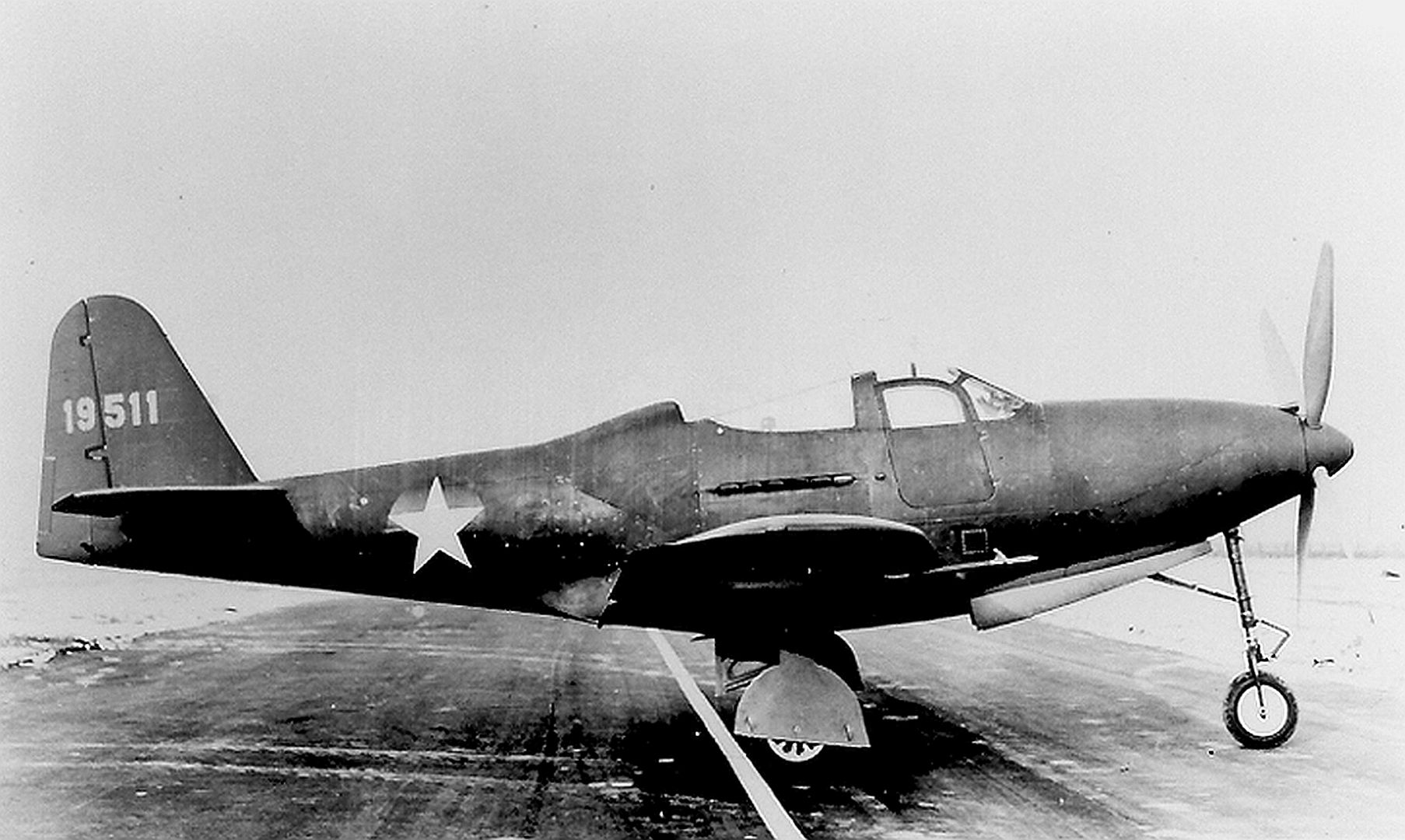
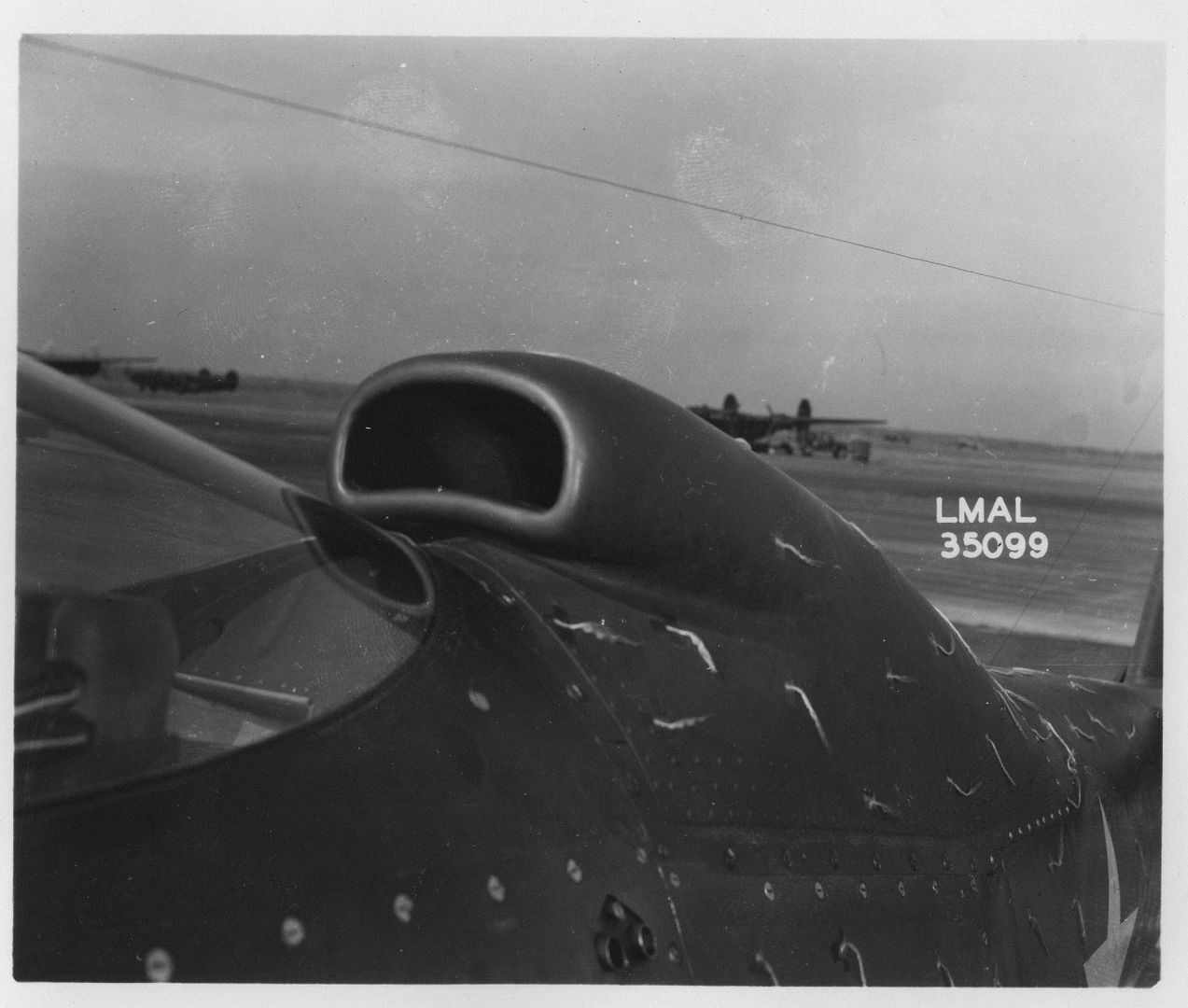

In spite of the loss of the two prototypes, the USAAF was confident that there was no intrinsic flaw in the basic design, and the work on the Kingcobra project continued unabated.
The XP-63A (company Model 24, USAAF serial 42-78015) had originally been ordered as a testbed for the proposed P-63B, which was to be powered by the Packard Merlin V-1650-5. However, all available Merlin engines were urgently needed for the North American P-51 Mustang, and the aircraft was instead completed with a V-1710-93 (E-11) engine and used to support the continuing Kingcobra development program.
The XP-63A flew for the first time on April 26, 1943. The XP-63A differed from the lost XP-63s in having a 1325 hp Allison V-1710-93 engine in place of the -47. The -93 engine had a war emergency rating of 1500 hp at sea level, and this prototype was one of the fastest Kingcobras built, attaining 421 mph at 24,100 feet. External differences included the fitting of wing racks for underwing stores, a redesigned dorsal air scoop, and 12 rather than 6 engine exhaust stubs per side. The rear canopy was faired over and test equipment was installed behind the pilot. The armament was increased by adding two underwing 0.50-inch machine guns.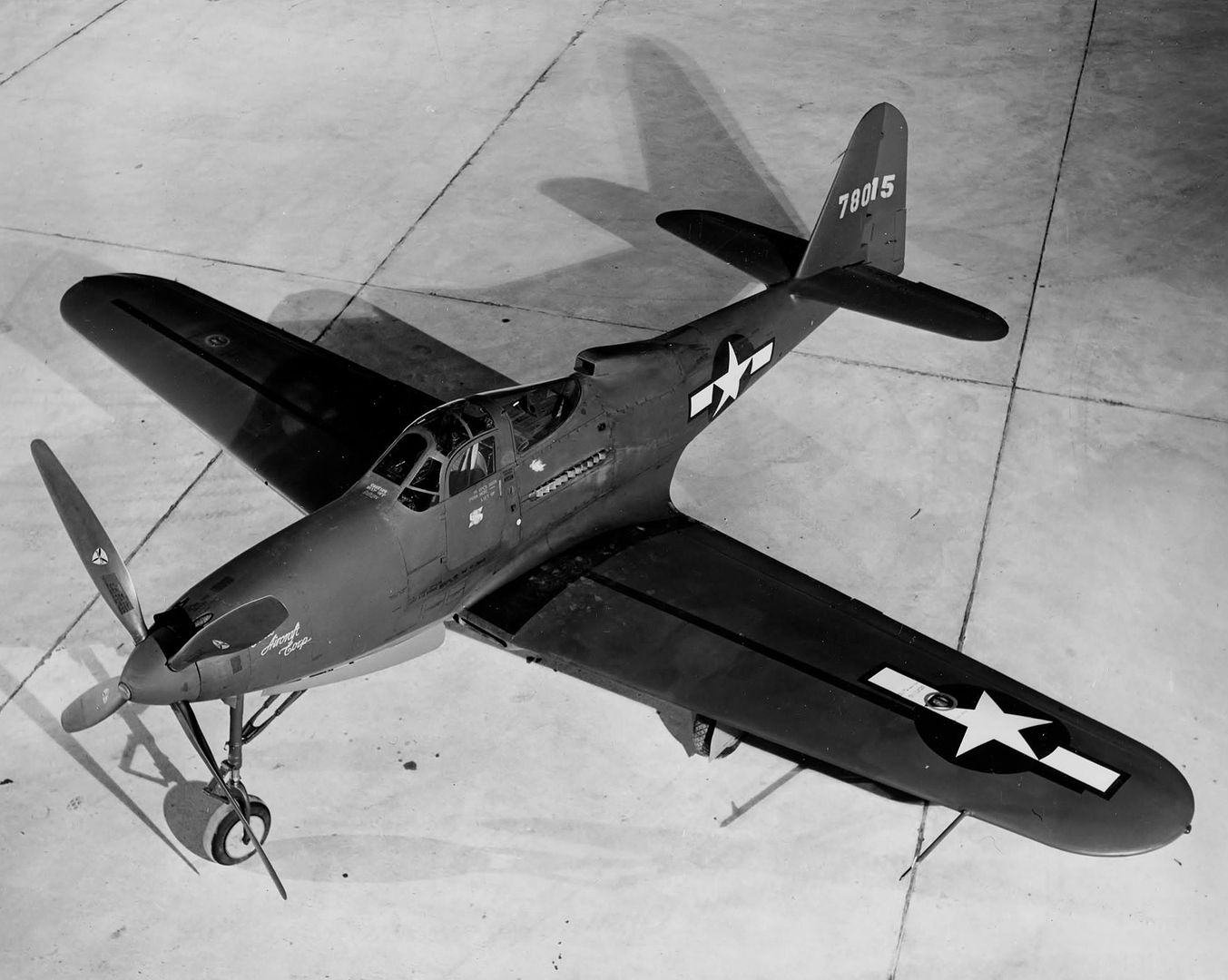
On September 29, 1942, the US Army ordered full-scale production of the Kingcobra. The first production version of the Kingcobra was the P-63A (Bell Model 33).
Deliveries of production P-63As began in October of 1943. However, the US Army examined the P-63A at Eglin Field, Florida and concluded that it was unsuitable for service with the USAAF as a combat aircraft, even though test pilots spoke favorably of its characteristics, and its performance was comparable with that of other fighters of the time. Nevertheless, the Soviet Union had a need for a high-altitude fighter (where the P-39 was deficient), and it was thought that the P-63 might be a natural choice for them, combining good high-altitude performance with excellent ground attack capabilities using the 37-mm cannon.
The initial production block was P-63A-1. It was virtually identical to the XP-63A production prototype. It was fitted with 87.7 pounds of pilot armor and had an internal fuel capacity of 100 gallons. It was armed with a type M-4 37-mm cannon fed by a 30-round magazine. There were two synchronized 0.50-inch machine guns in the nose with 270 rpg, and two underwing 0.50-inch guns with 250 rpg. A centerline underfuselage rack could carry a 75-US gallon auxiliary fuel tank or a 500-lb bomb.
The P-63A-5 introduced a dorsal radio mast, which became standard on all later models.
The A-1 and A-5 could carry a 75- or 175-gallon drop tank or a 522-pound bomb under the center section. The P-63A-6 was fitted with underwing racks so that either a 75-gallon tank or a 500-pound bomb could be carried under each wing.
The P-63A-7 was fitted with an Aeroproducts propeller of slightly reduced diameter. An increase in wing loading limited this variant to a 64-gallon tank under each wing. The nose gun mounts were modified, elevator chord was increased by two inches, and the span of the horizontal stabilizer was increased by 16 inches to 14 feet 7 inches.
The P-63A-8 featured 188.8 pounds of armor. An improved version of the Aeroproducts propeller increased maximum speed to 417 mph. Water injection was added to the engine, which was incorporated in all subsequent Kingcobra versions. A Type N-6 gun camera was added. Ammunition for the two wing guns was decreased from 250 to 200 rpg.
The P-63A-9 had 198.9 pounds of armor. It introduced the 37-mm M10 cannon in place of the earlier M4, and an increase in ammunition capacity from 30 to 58 37-mm rounds.
The P-63A-10 had rocket rails fitted underneath the wings. The weight of the armor increased to 236.3 pounds.
Production deliveries of the P-63A began in October of 1943, and by December of 1944 1725 P-63As had been produced. The USAAF never saw fit to use the Kingcobra for operational combat missions, since by that time in the war the need for low-altitude close-support fighter aircraft was more than adequately filled by such aircraft as the P-47 Thunderbolt. Nevertheless, P-63As did serve for a few months with the 31st, 444th, and 445th Squadrons while they were based Stateside.
Most of the P-63As that were manufactured at the Buffalo plant were immediately ferried to the Soviet Union. Upon completion, the P-63s would be rolled out of the factory and ferried from Niagra Falls to Selfride Field, Michigan. After refueling, the would be flown to Truax Field in Madison, Wisconsin where Soviet ferry pilots (usually women) would pick them up and fly them to Edmonton, Anchorage and then across the Bering Straits to the Soviet Union. The Russians used the Kingcobra primarily for close-support and ground strafing. The Kingcobra had a relatively good low-altitude performance and had the ability to absorb a lot of battle damage and still remain flying. It proved to be a potent ground attack aircraft and tank-buster, but it never received the amount of attention in the Soviet Union as did the Ilyushin Il-2 Shturmovik.
The P-63A never served in combat with US forces. US Kingcobras remained stateside for use by the Army in training. Many of these P-63As were converted into RP-63A target aircraft.
Serials of the P-63A were as follows:
42-68861/68910 Bell P-63A-1 Kingcobra
42-68911/68930 Bell P-63A-5 Kingcobra
42-68931/69060 Bell P-63A-6 Kingcobra
42-69061/69210 Bell P-63A-7 Kingcobra
42-69211/69410 Bell P-63A-8 Kingcobra
42-69411/69860 Bell P-63A-9 Kingcobra
42-69861/70685 Bell P-63A-10 Kingcobra
Specification of P-63A-10:
Engine: One Allison V-1710-93 twelve-cylinder Vee liquid cooled engine with a single-stage supercharger and auxiliary hydraulic turbosupercharger, rated at 1325 hp at sea level and 1150 hp at 22,400 feet. Performance: Maximum speed was 361 mph at 5000 feet, 392 mph at 15,000 feet, and 410 mph at 25,000 feet. An altitude of 25,000 feet could be reached in 7.3 minutes. Service ceiling was 43,000 feet. Ferry range was 2575 miles. Weights were 6375 pounds empty, 8800 pounds loaded, and 10,500 pounds maximum takeoff. Dimensions: Wingspan 38 feet 4 inches, length 32 feet 8 inches, height 12 feet 7 inches, and wing area 248 square feet. Armament One 37-mm M10 cannon with 58 rounds firing through the propeller hub, two 0.50-inch machine guns in the nose with 200 rpg, and one 0.50-inch machine gun in each of two underwing gondolas with 900 rpg. A centerline under fuselage rack could carry a 75-US gallon auxiliary fuel tank or a 500-lb bomb.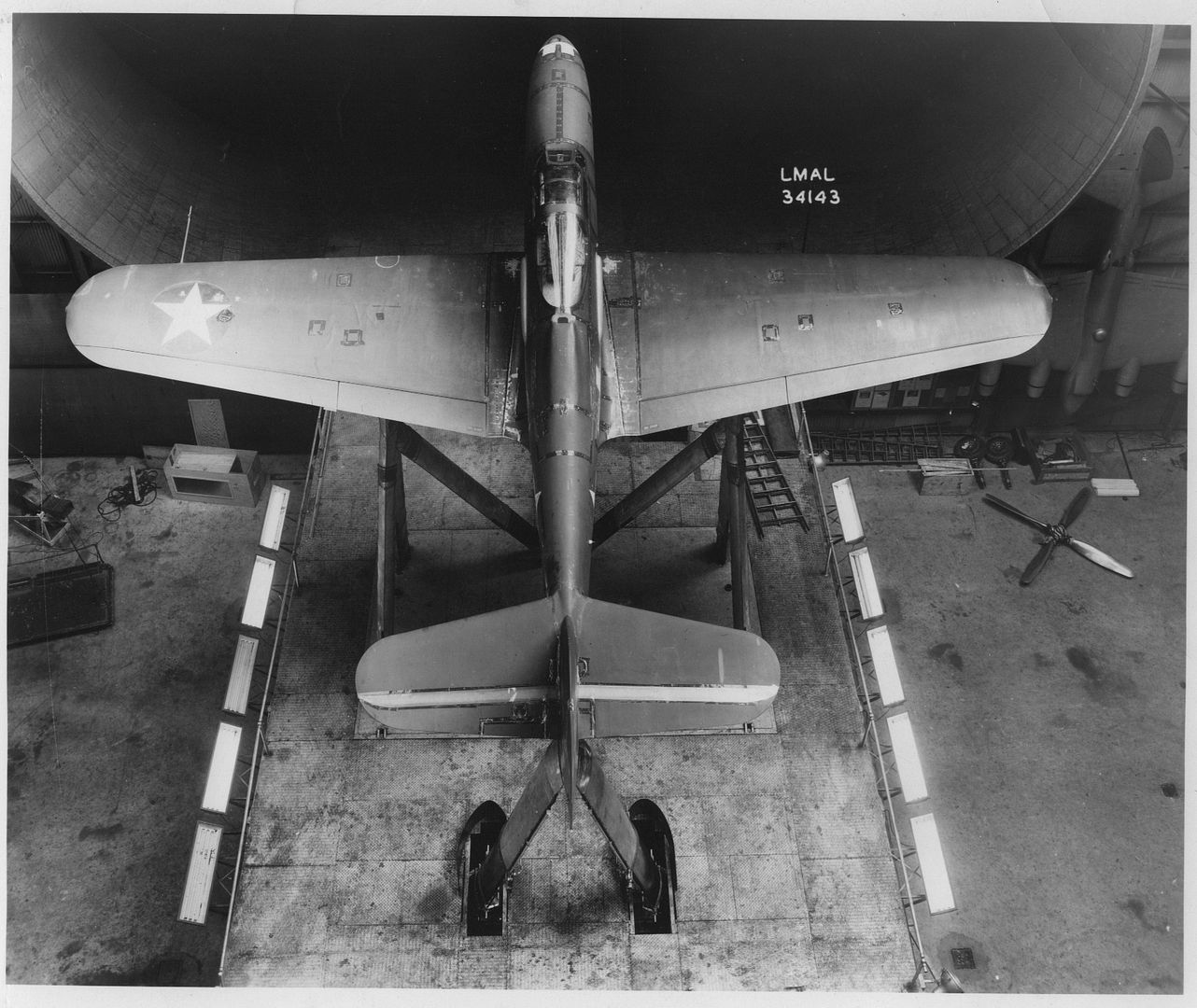
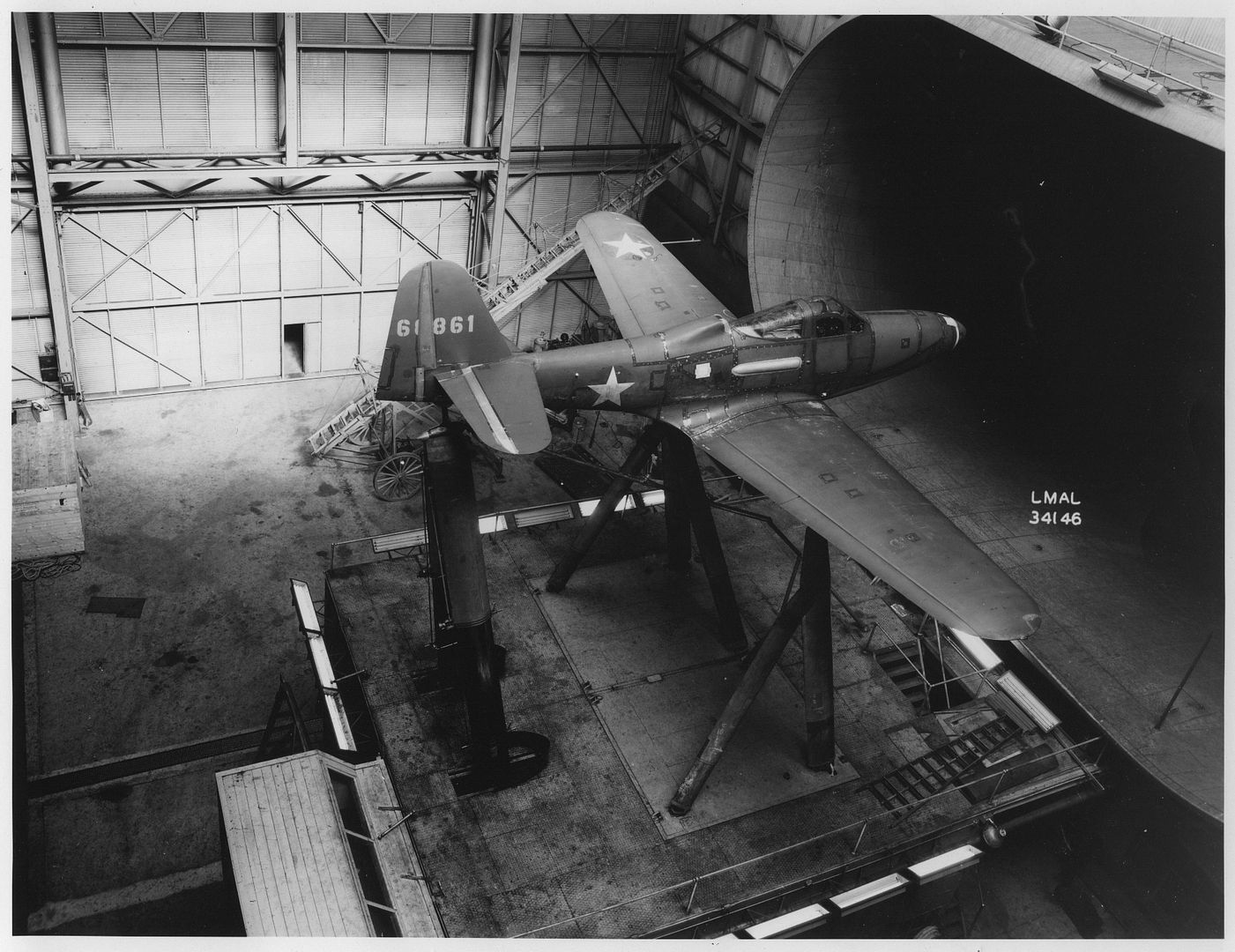
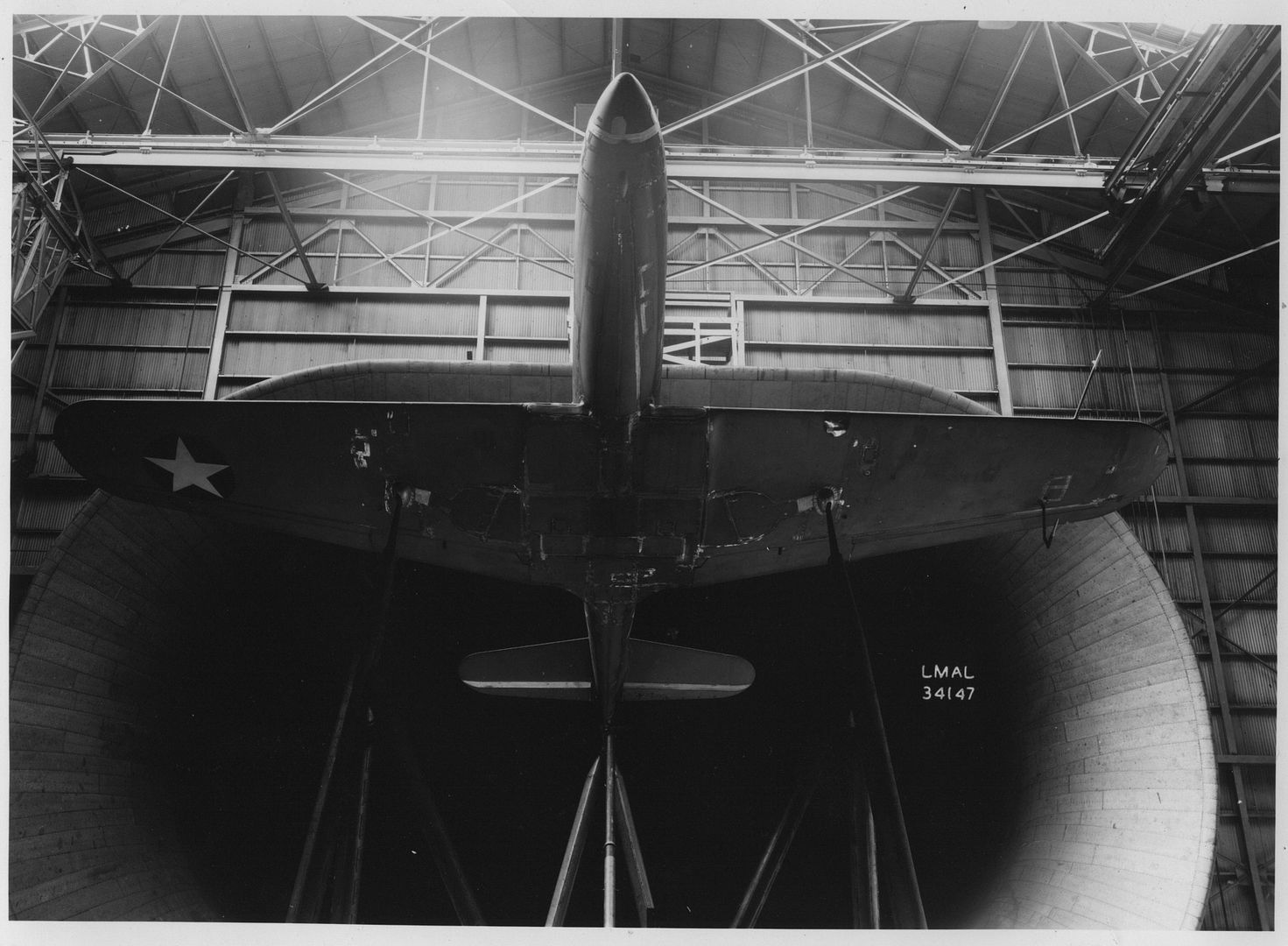

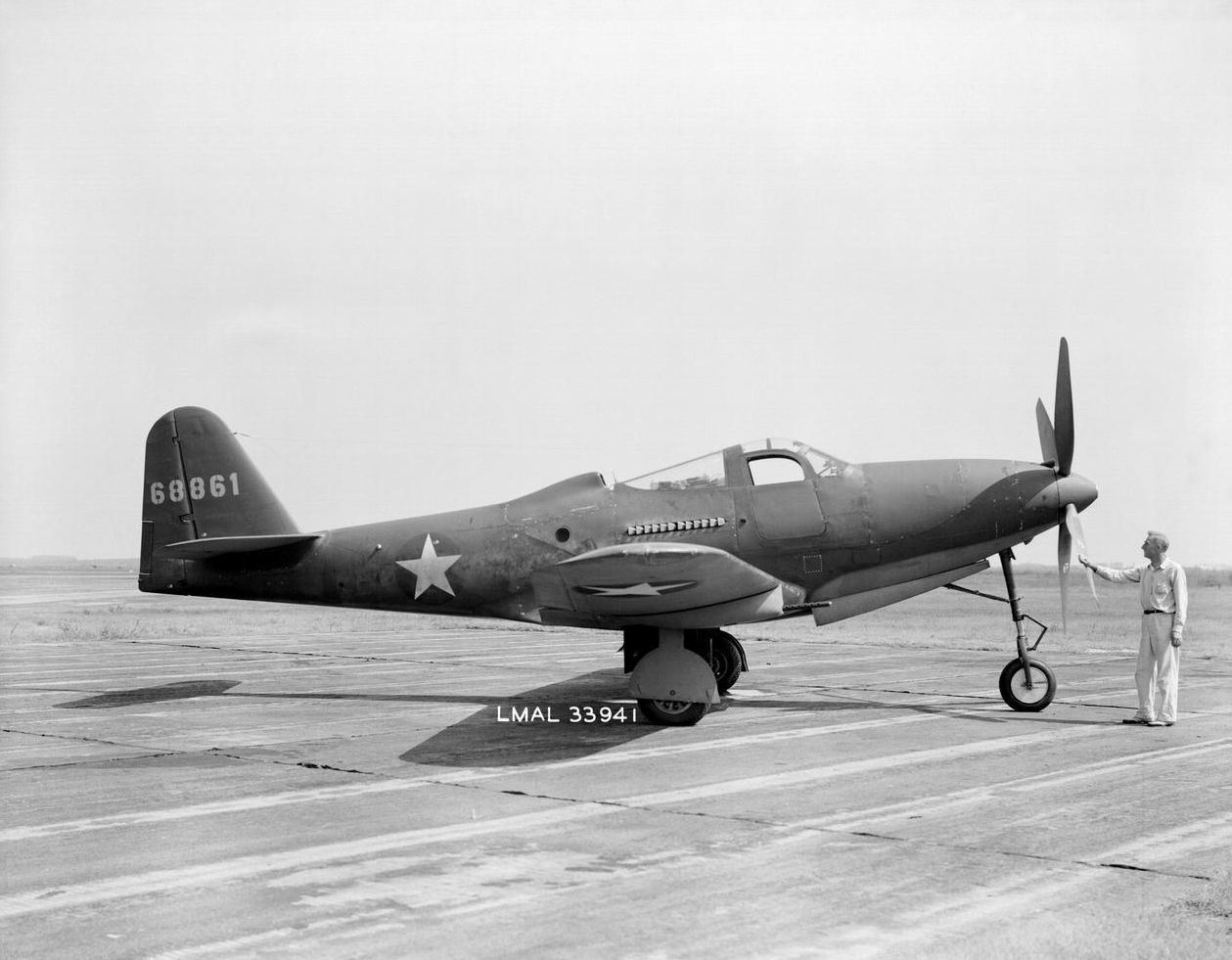
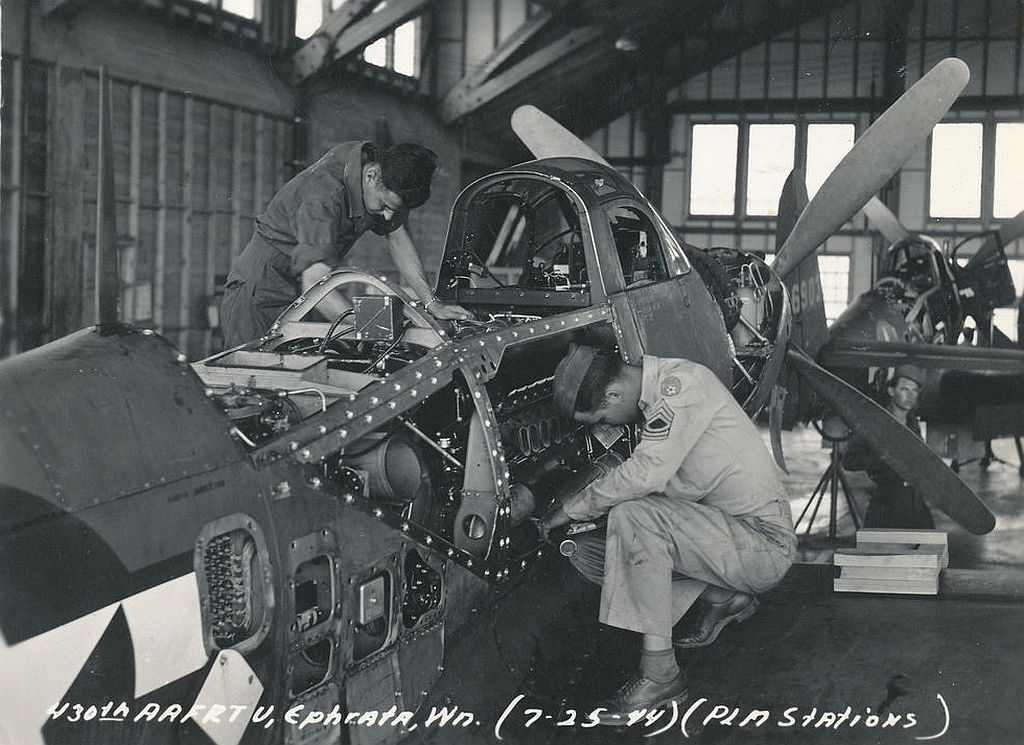
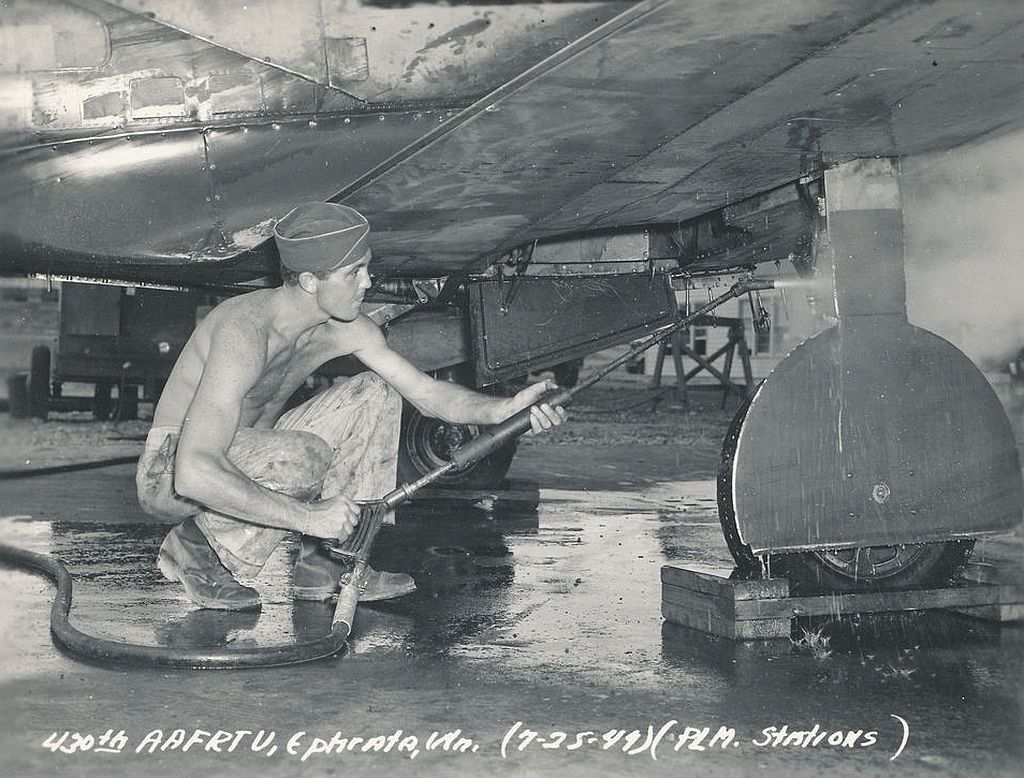
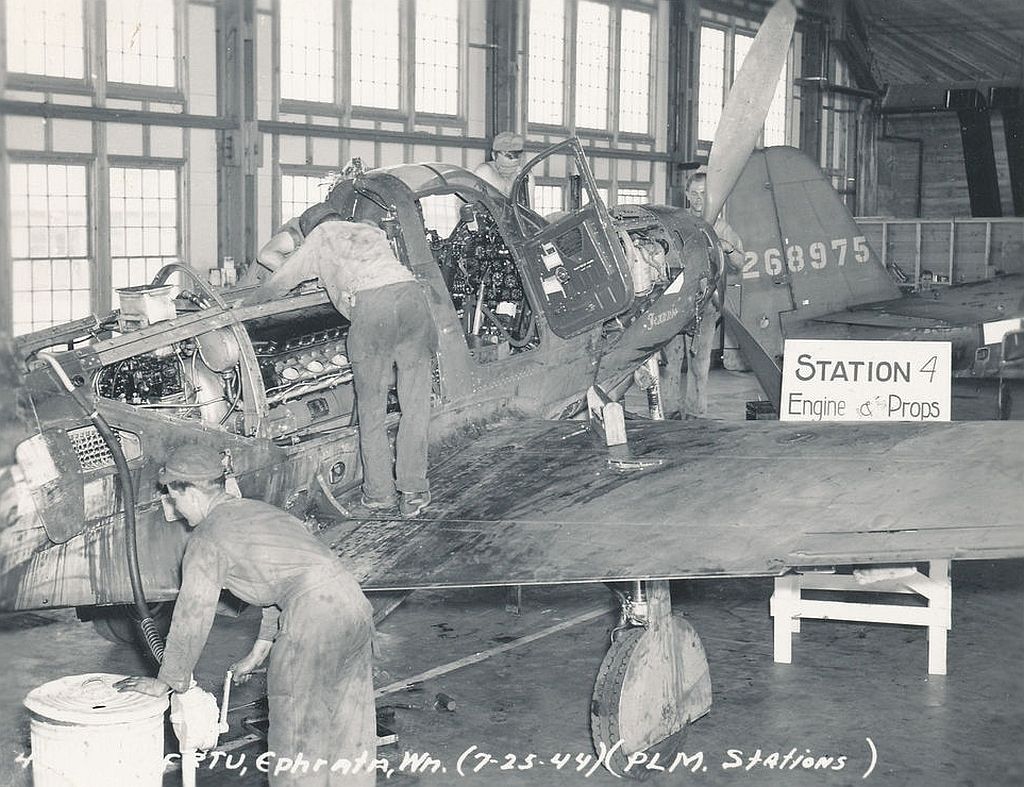
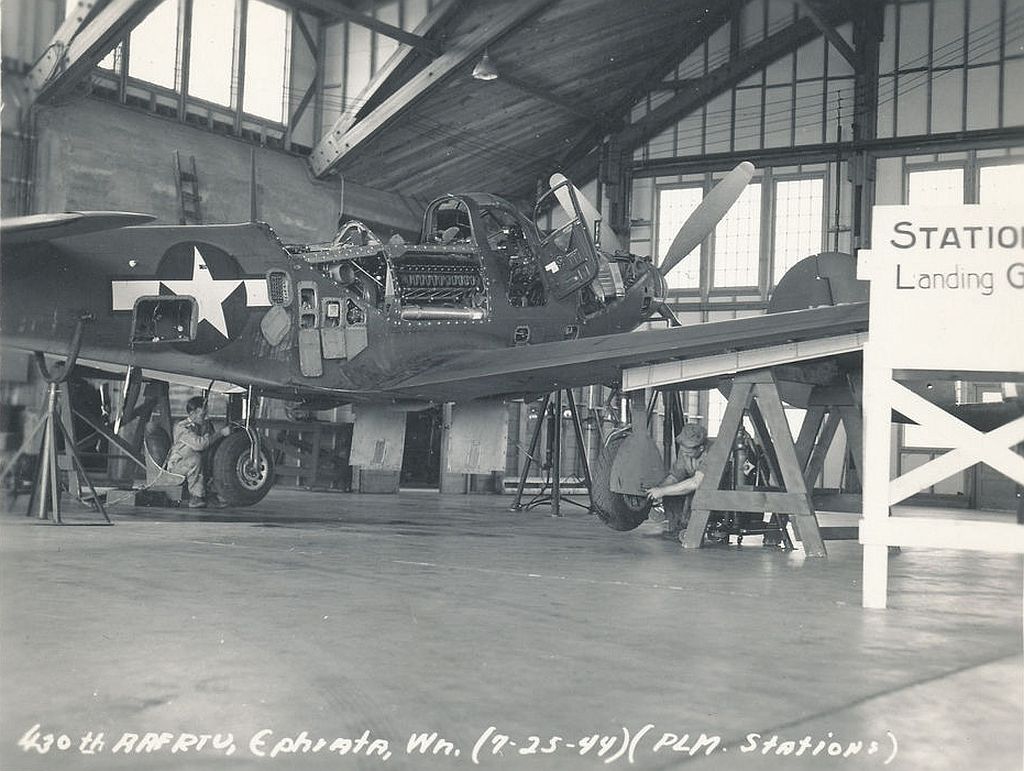

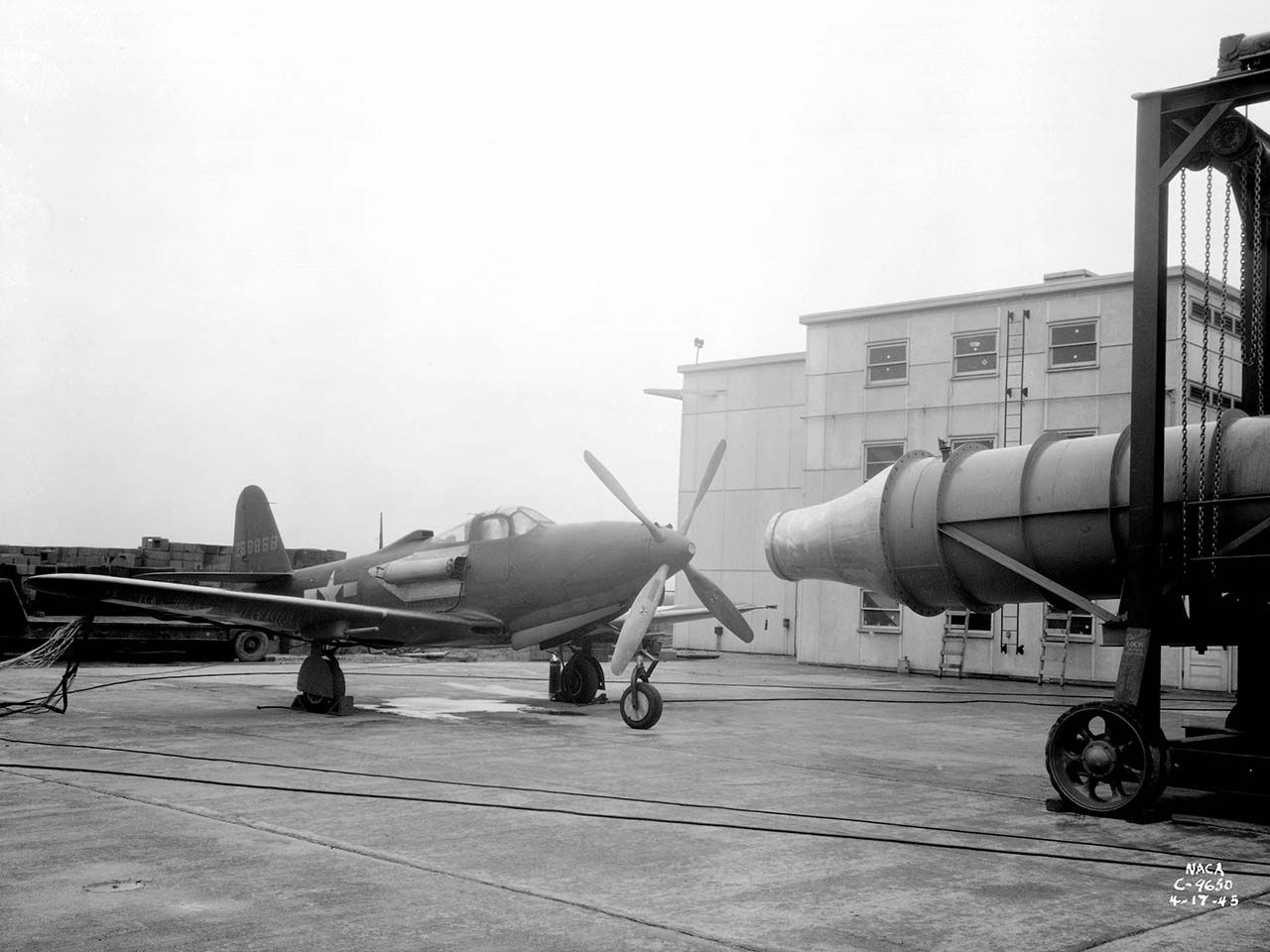
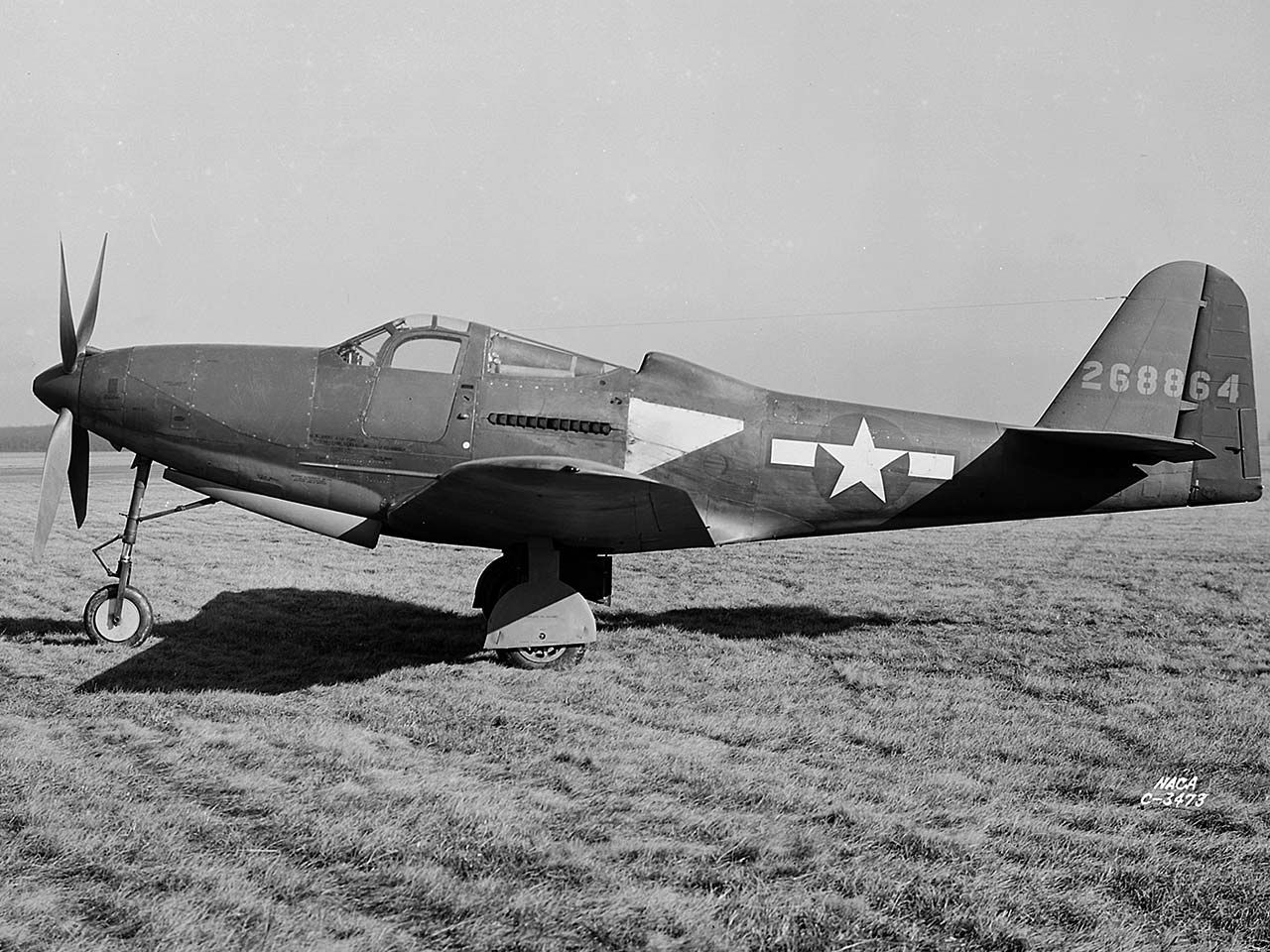
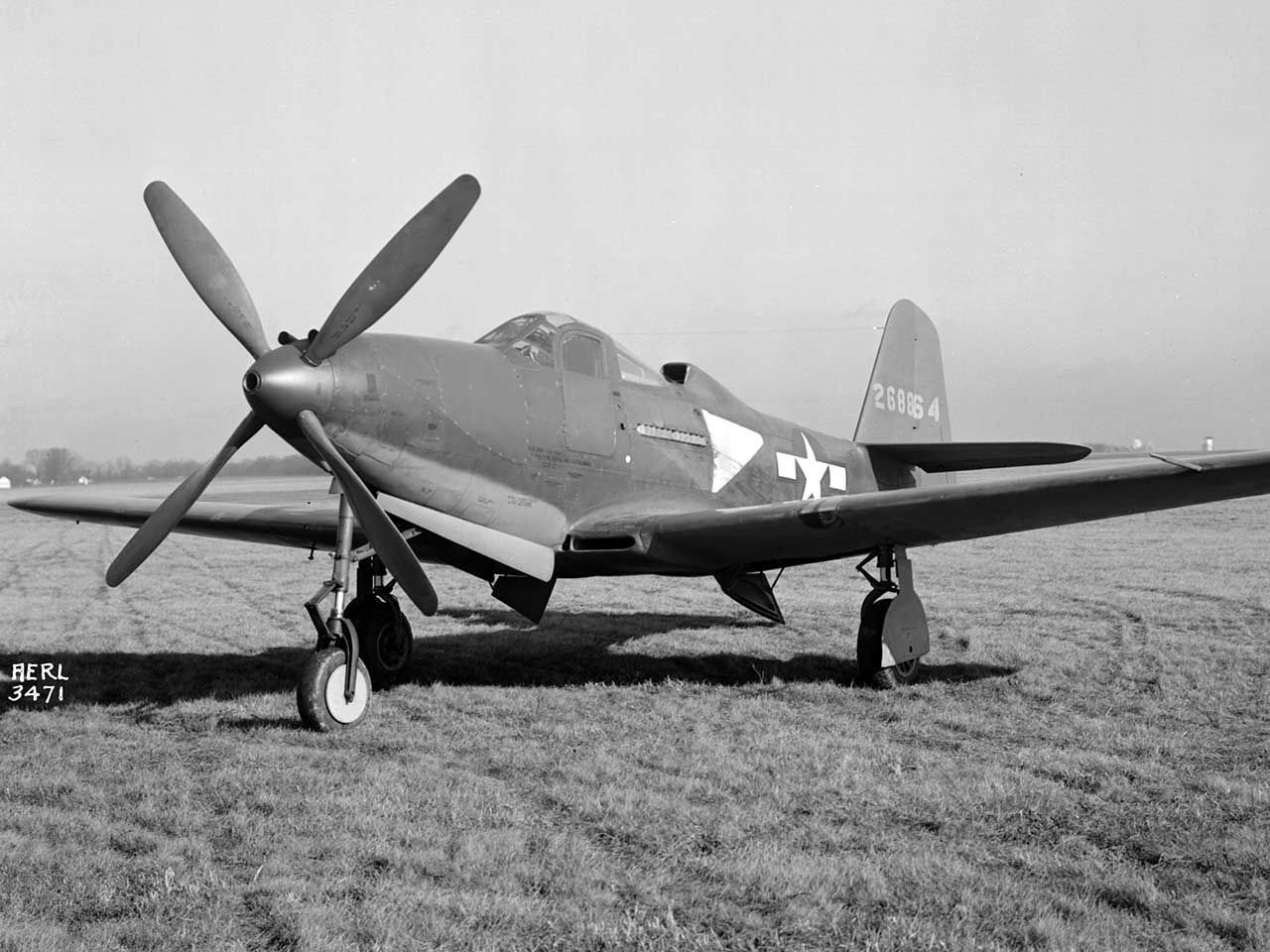
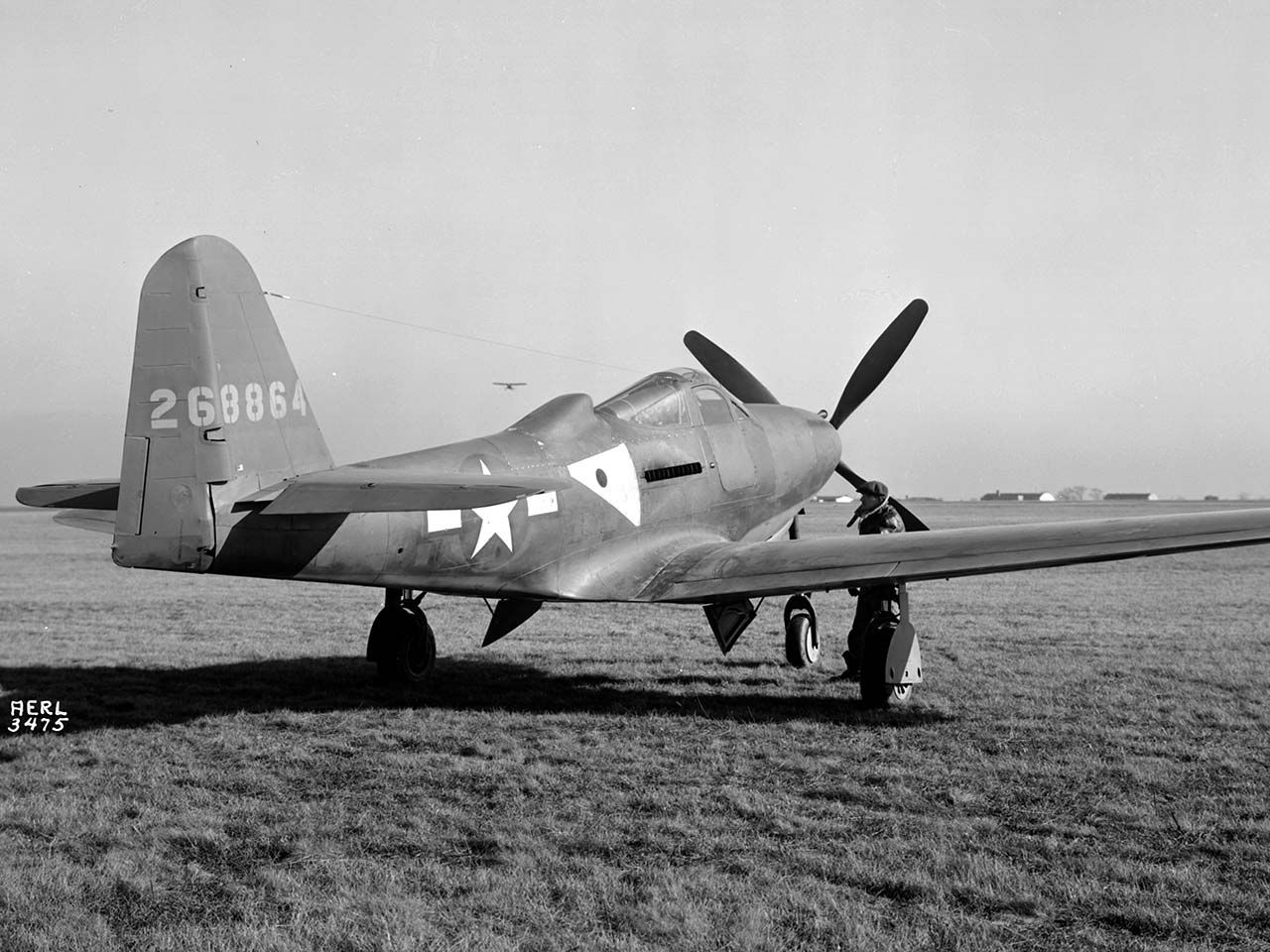

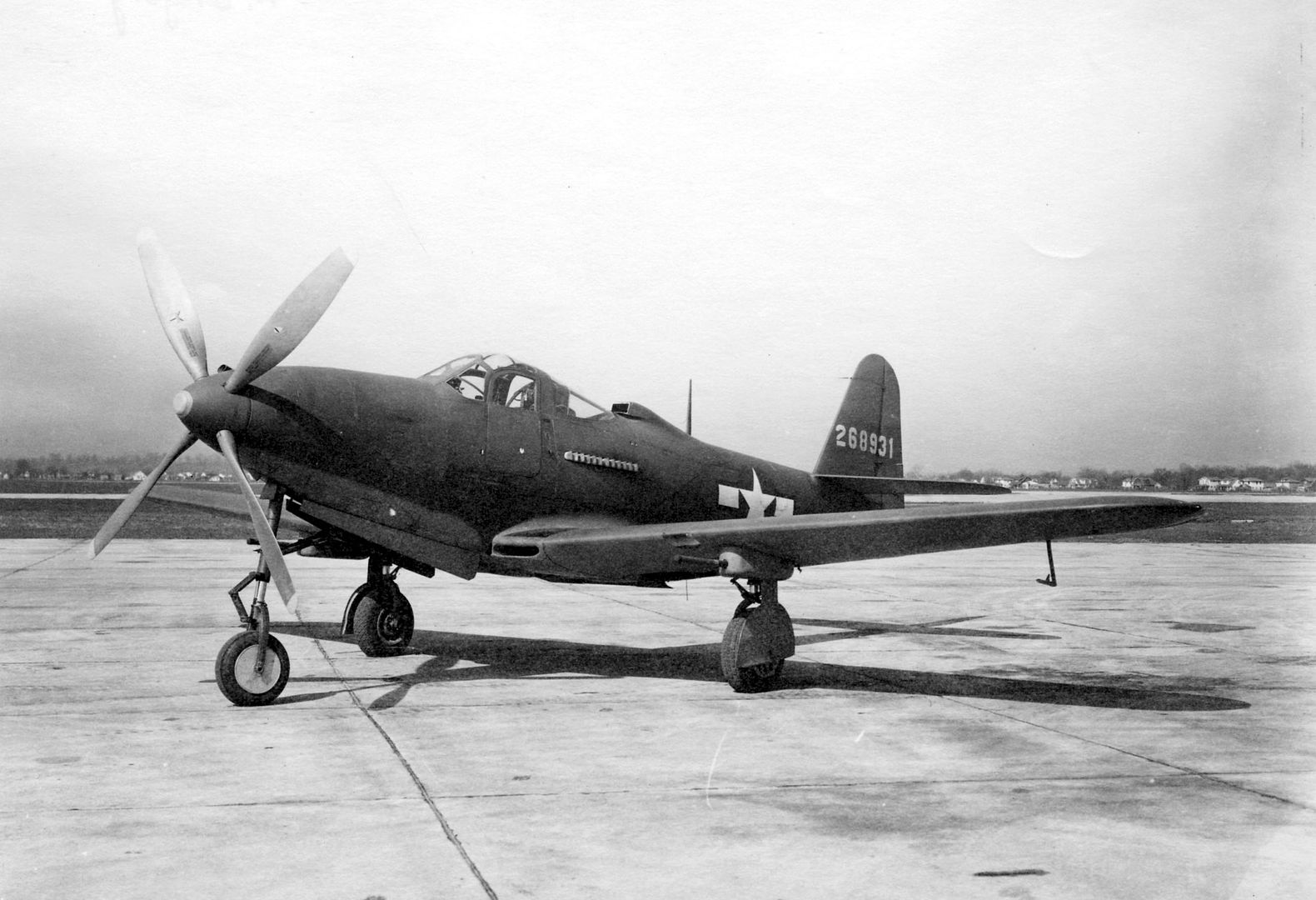
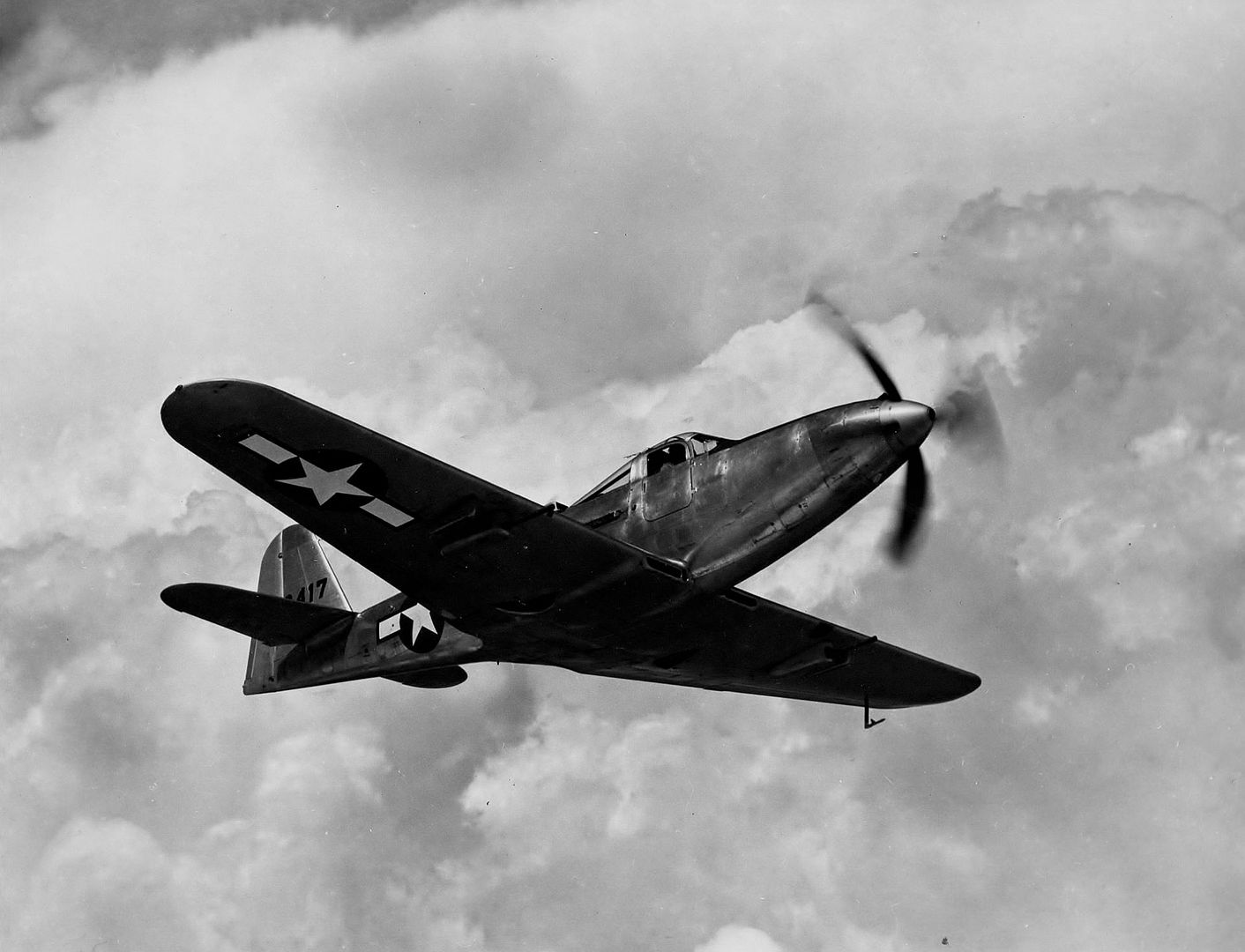

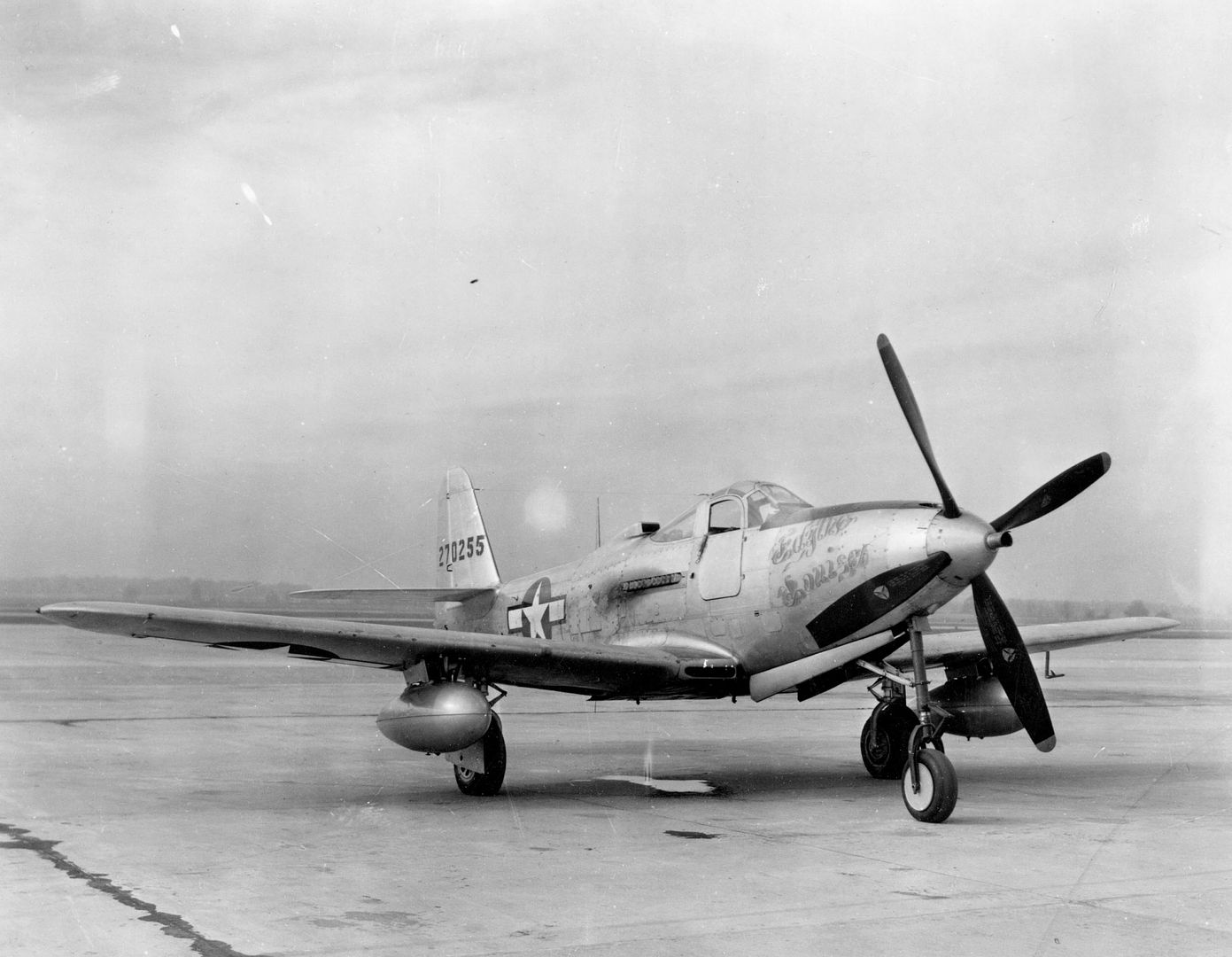
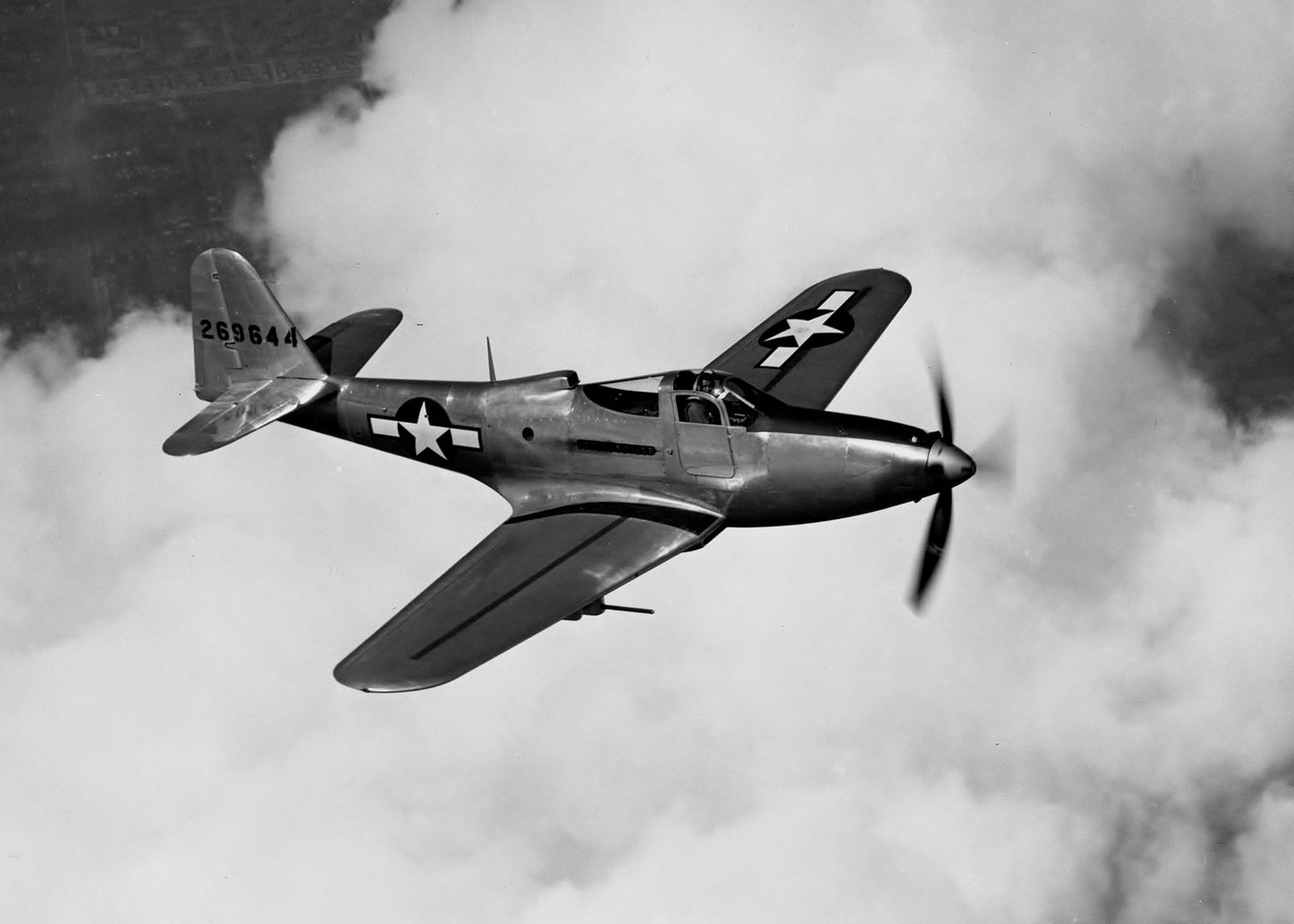

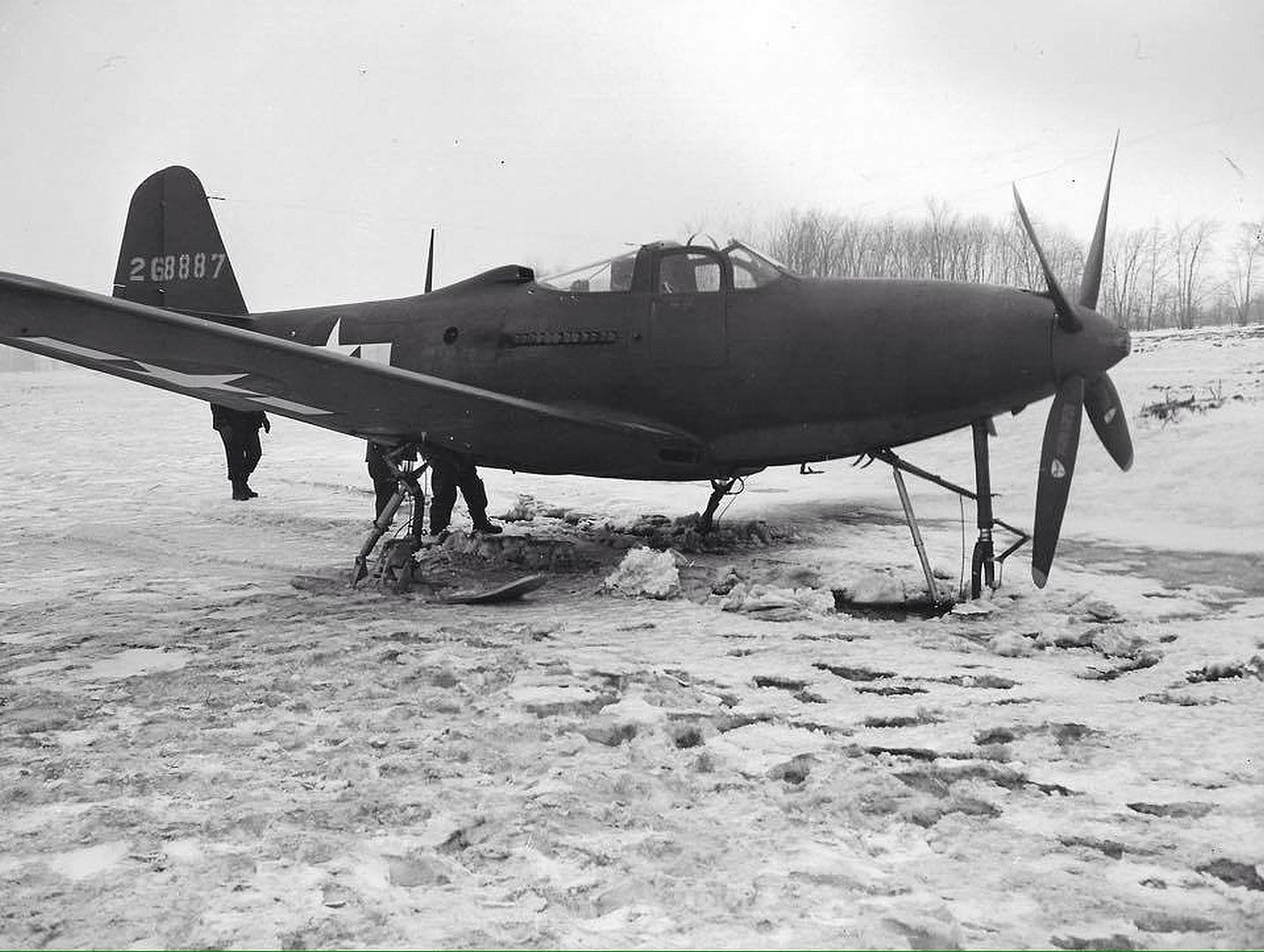
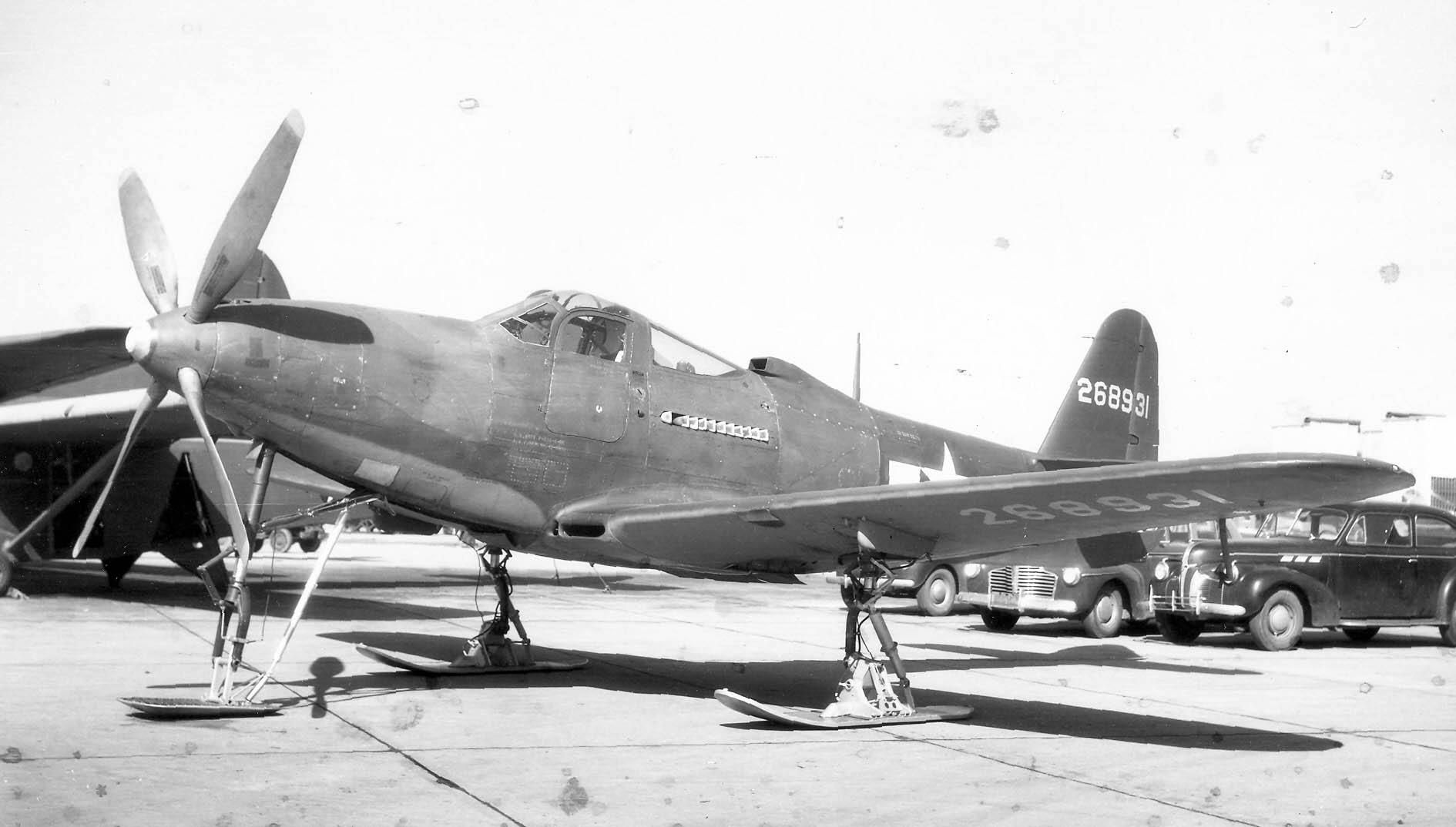
The P-63B (Model 34) was a proposed version of the Kingcobra to be powered by the Packard Merlin V-1650-5 liquid-cooled engine. However, all of the Packard Merlin engines were urgently needed by the North American P-51 Mustang, and this project was abandoned before anything could be built. The aircraft that had been scheduled to be the prototype for the P-63B series was completed with an Allison engine and redesignated XP-63A.
The next production version of the Kingcobra was the P-63C. The first P-63C production block, designated P-63C-1 (company designation Model 33C-1), differed from the P-63A by being powered by the uprated Allison V-1710-117 engine with a war emergency rating of 1500 hp at sea level and 1800 hp with water injection. The wingspan was reduced by ten inches to 38 feet 4 inches. Apart from the more powerful engine, the P-63C-1 was basically similar to the P-63A-10.
The next P-63C production block was the P-63C-5. The most noticeable change introduced by the P-63C-5 was the addition of a ventral fin underneath the aft fuselage, intended to improve the directional stability. Total weight of armor rose to 201 pounds. Some of the earlier P-63C-1s were retrofitted with the ventral fin, but may not have been fitted to all aircraft.
The first P-63C deliveries took place in December 1944, with the total production being 1227 aircraft. Most of these aircraft were delivered to the Soviet Union, although 114 were delivered to the Armee de l'Air.
Serials of the P-63C series were as follows:
42-70686/70860 Bell P-63C-1 Kingcobra
43-10893/10932 Bell P-63C-1 Kingcobra
43-10933/11132 Bell RP-63C-2 Kingcobra
44-4001/4427 Bell P-63C-5 Kingcobra
43-11133/11717 Bell P-63C-5 Kingcobra
Specificaion of the Bell P-63C Kingcobra
Powerplant: One Allison V-1710-117 engine with a war emergency rating of 1500 hp at sea level and 1800 hp with water injection. Performance: maximum speed 410 mph at 25,000 feet. An altitude of 25,000 feet could be reached in 8.6 minutes. Service ceiling was 38,600 feet. Weights: 6800 pounds empty, 8800 pounds gross, and 10,700 pounds maximum takeoff. Dimensions: Wingspan 38 feet 4 inches, length 32 feet 8 inches, height 12 feet 7 inches, and wing area 248 square feet. Armament: One 37-mm cannon in the propeller hub, plus four 0.50-inch machine guns, two in the fuselage and two in underwing gondolas.
The P-63D was the next progressive development of the Kingcobra series. It featured an Allison V-1710-109 (E22) engine rated at 1425 hp for take off. The wing (later adopted for the P-63E) had a ten-inch increase in span to 39 feet 2 inches, gross area being increased to 255 square feet. The P-63D also differed from the late production blocks of the P-63C in not having the rear ventral fin extension. However, the most noticeable new feature of the P-63D was the use of a rearward-sliding bubble canopy in place of the familiar framed canopy with the two car-like side doors. The air scoop was revised and moved aft. The basic armament of the P-63D was essentially the same as that of earlier Kingcobras, but the cannon in the P-63D was the M9E1 with 48 rounds.
The first P-63D (serial number 43-11718) flew early in 1945. The P-63D was the "hottest" Cobra yet to appear, with a maximum speed of 437 mph at 30,000 feet. Although the P-63D had a good performance, it was no better than the North American P-51D Mustang which was already in service. Consequently, no thought was given to any production, and only one P-63D was built. The sole P-63D was lost in a flight test accident, killing Bell test pilot Robert Borcherdt.
Specification of Bell P-63D Kingcobra:
Powerplant: One Allison V-1710-109 (E22) water-cooled engine rated at 1425 hp for take off. Performance: Maximum speed was 437 mph at 30,000 feet, service ceiling was 39,000 feet, and an altitude of 28,000 feet could be reached in 11.2 minutes. Normal range was 950 miles, and maximum ferry range was 2000 miles. Dimensions: wingspan 39 feet 2 inches, length 32 feet 8 inches, height 11 feet 2 inches, and wing area 255 square feet. Weights: 7076 pounds empty, 8740 pounds gross, and 11,100 pounds maximum loaded. Armament: One 37-mm M9E1 cannon in the propeller hub with 48 rounds, a pair of 0.50-inch machine guns in the forward fuselage synchronized to fire through the propeller arc, plus a single 0.50-inch machine gun in each of two underwing gondolas
The next version of the Kingcobra was the P-63E-1 (Bell Model 41). The P-63E was generally similar to the experimental P-63D, and retained the larger wing and the Allison V-1710-119 engine of the bubble-topped D. However, the P-63E-1 reverted to the standard Kingcobra framed cockpit with the car-like door on either side. The P-63E-1 restored the ventral fin extension that was fitted to the later production block of the P-63C, a feature which had been omitted from the P-63D. The P-63E-1 also differed in having an additional 28 US-gallons of internal fuel capacity.
2943 P-63E-1s were ordered for supply to American allies under Lend-Lease, consisting of 205 examples (42-19241/19445) that were originally on P-39N contracts, 1995 (42-21251/22245) that began as P-39Q-10s, and 257 (43-11736/12092) that were designated as P-63E-1 from the outset. Serial numbers were assigned to an additional 425 P-63E-1s (44-4676/5100) that began as P-63Cs. However, the end of the war in Europe caused the P-63E-1 contracts to be cancelled after only thirteen examples had been built.
The P-63E-5 was to have been an improved P-63E-1 for the USSR. It would have had a revised instrument panel, and a bubble canopy similar to that of the P-63D-1. The cowling would have been redesigned, larger wing fillets would have been installed, a new vertical fin would have been fitted, and a revised ventral fin. However, the project was cancelled before anything could be built.
Of the 13 P-63Es built, the last five were delivered to the Honduras air force in the late 1940s
P-63E 42-11727/N9003R (a former Honduran machine) was displayed for years at the Pima Air and Space Museum in Tucson, Arizona painted in Soviet markings. It is now painted in US markings. P-63E serial number 43-11728 is on display at the WPAFB Museum in Dayton, Ohio.
The serial numbers of the P-63Es that were completed were as follows:
43-11720/11721 Bell P-63E-1 Kingcobra
43-11725/11735 Bell P-63E-1 Kingcobra
Specification of Bell P-63E-1 Kingcobra:
Powerplant: One Allison V-1710-109 (E22) air cooled-engine rated at 1425 hp for take off Performance: Maximum speed was 410 mph at 25,000 feet, and an altitude of 25,000 feet could be reached in 7.6 minutes. Normal range was 725 miles, and maximum ferry range was 2150 miles. Weights: 7300 pounds empty, and normal and maximum loaded weights were 9400 pounds and 11,200 pounds respectively. Dimensions were wingspan 39 feet 2 inches, length 32 feet 8 inches, height 12 feet 9 inches, and wing area 255 square feet. Armament: The nose cannon was an M10 37-mm cannon with 58 rounds, but a 20-mm T31 cannon with 175 rounds could be alternatively installed. Two 0.50-inch machine guns in the nose cowling and two 0.50-inch machine guns in underwing pods.
The last wartime version of the Kingcobra was the P-63F (Model 43). It differed from the P-63E in having an extended vertical tail for better control in addition to the ventral fin extension. It used the Allison V-1710-135 engine of 1425 hp instead of the similar-powered V-1710-109 of the P-63E.
The first P-63E flew in April of 1945. Only two were built (43-11719 and 43-11722) before postwar cancellations brought further development of the Kingcobra line to an end. It is not certain if the P-63F was actually intended for production, but it was used to test the tall vertical tail meant for the P-63E-5, which would have been built in large numbers for the Soviet Union had the war continued past May of 1945.
One of the two P-63Fs survives to this day. After the war, P-63F 43-11719 was sold to a commercial user, and in later years it passed though a succession of owners and carried numerous civilian registration numbers. It was at one time used extensively for unlimited racing, although without very much success since it was modified very little from its stock form. Bearing the civilian registration NX1719, it finished tenth in the Thompson Trophy races in 1946. It reappeared in airshows during the 1970s, painted in bogus Soviet markings. It finished fourth in the 1976 Mojave Races.
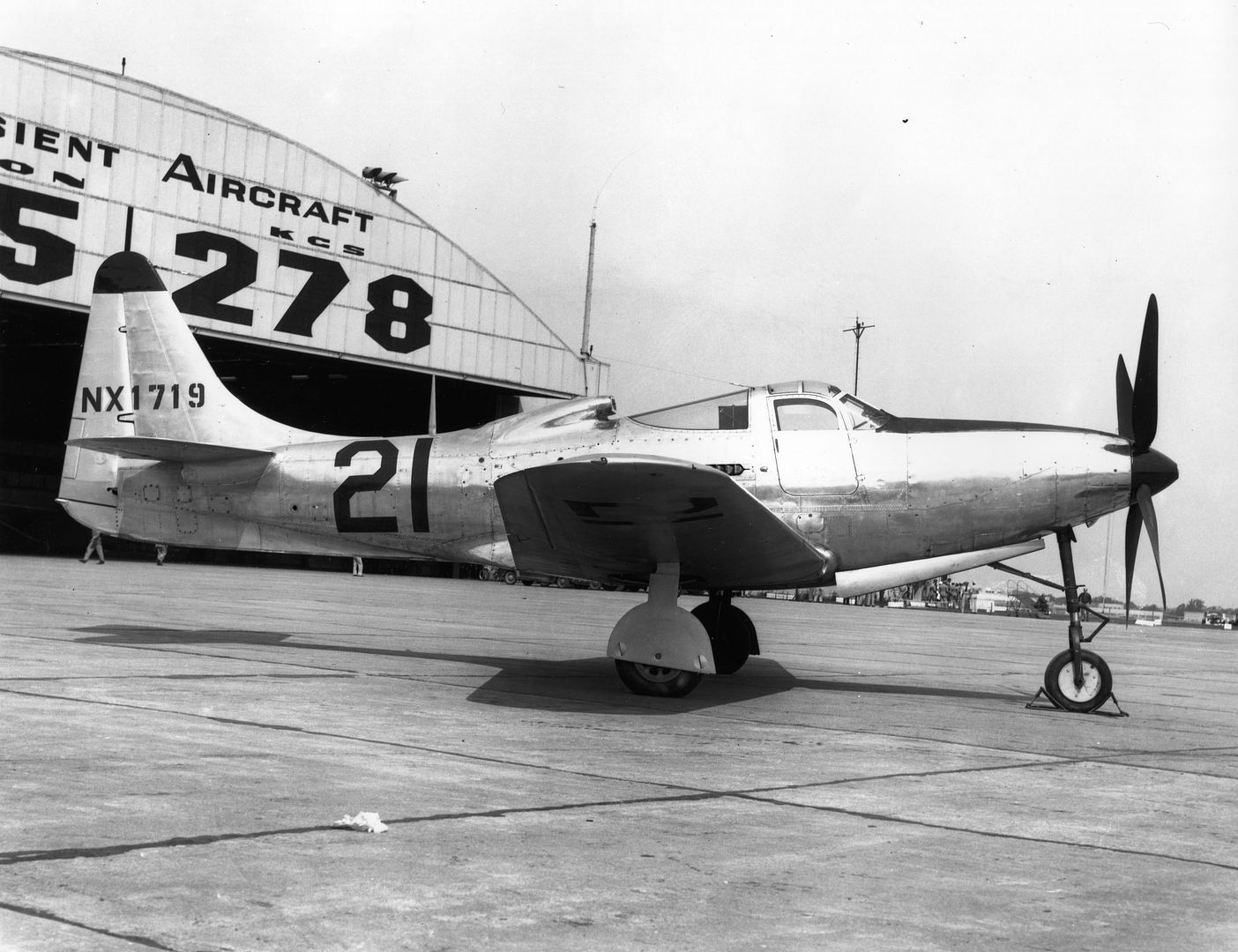
The final production version of the Kingcobra was the RP-63G, which was a dedicated flying target version of the Kingcobra. The manufacture of the RP-63G actually continued on into 1946.
Two P-63Cs (43-11723 and 11724) were taken off the production line and modified to RP-63G configuration. Lights were inset into the fuselage sides and into the top surfaces of the outer wings to indicate when the plane was hit, and a flush dorsal air intake was fitted. 450 RP-63Gs were ordered into production as dedicated flying targets (the earlier "Pinballs" being conversions on the production line of P-63 fighters). The RP-63G was powered by the Allison V-1710-135 engine.
However, only 30 production RP-63Gs were built (serials were 45-57283/57312) before production of the Kingcobra finally came to an end. The order for 420 more RP-63Gs were cancelled before they could be built.
A single RP-63G (serial number 45-57300) was fitted with an experimental V-tailed assembly a la Beechcraft Bonanza.
In 1948, the RP-63G was redesignated QF-63G, Q being a pilotless drone classification. However, it was never actually flown as a pilotless drone.
Of the 3303 P-63s built, 2397 were delivered to the Soviet under Lend Lease. All of these were delivered between 1942 and 1945, and 21 were lost during ferrying.
The means of transfer was for US pilots to fly the Soviet-bound machines from Niagra Falls to Selfridge Field, Michigan, stop for refuelling, and then to continue on to Truax Field in Madison, Wisconsin. The planes were picked up at Truax by female Soviet pilots, who flew them to Edmonton Field in Anchorage, Alaska and then over to the Soviet Union.
Very little is known about their service with the V-VS. Postwar Soviet sources tended to downplay their role in the war, in favor of stories which praised the home-built Ilyushin Il-2 Shturmovik. However, it is known that the P-63, like its P-39 cousin, was a potent ground attack aircraft and a good tank buster.
There were enough Lend-Lease supplied Kingcobras remaining in service in the Soviet Union after the war in Europe ended that they were assigned the NATO code name *Fred* when the Cold War got underway.

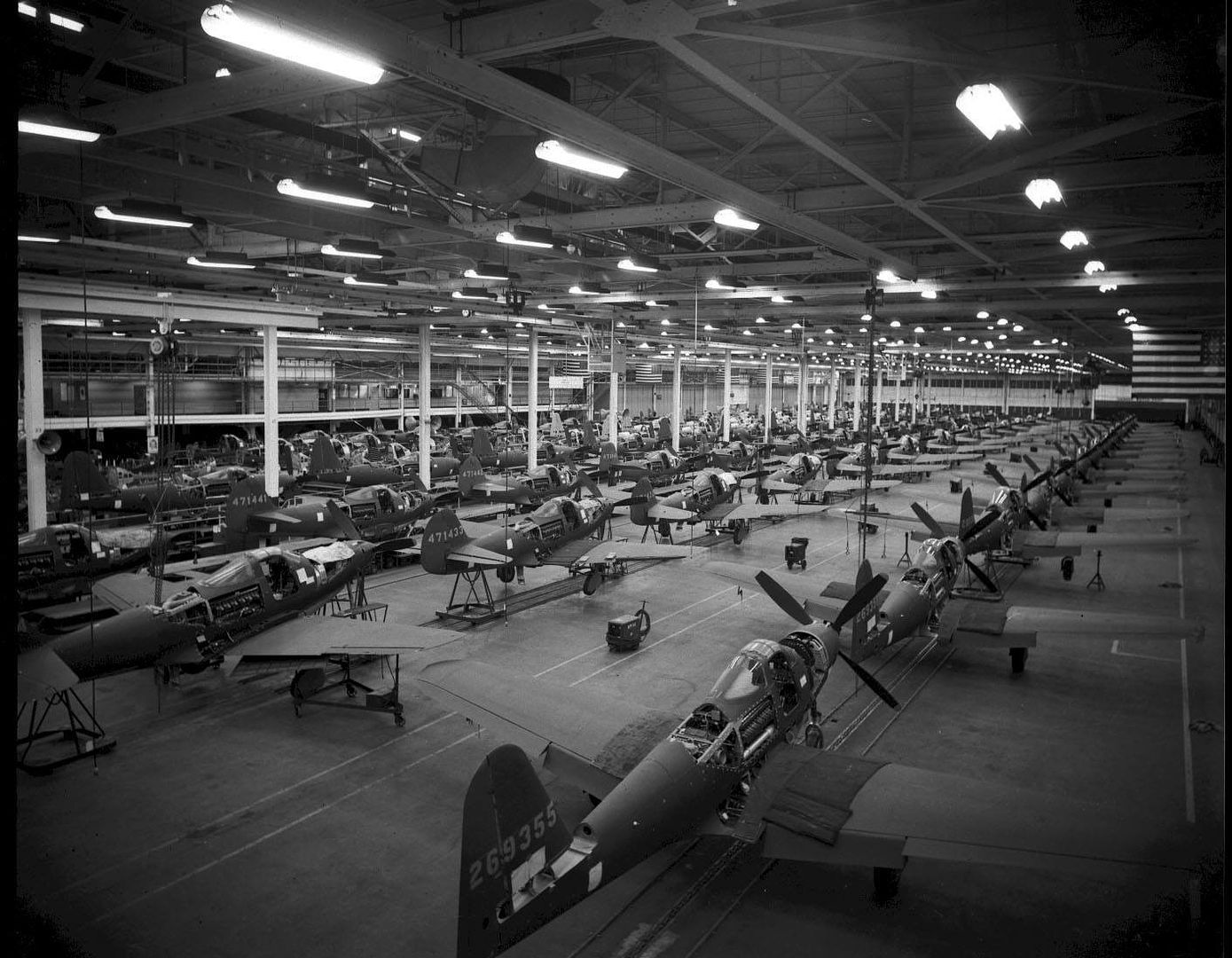
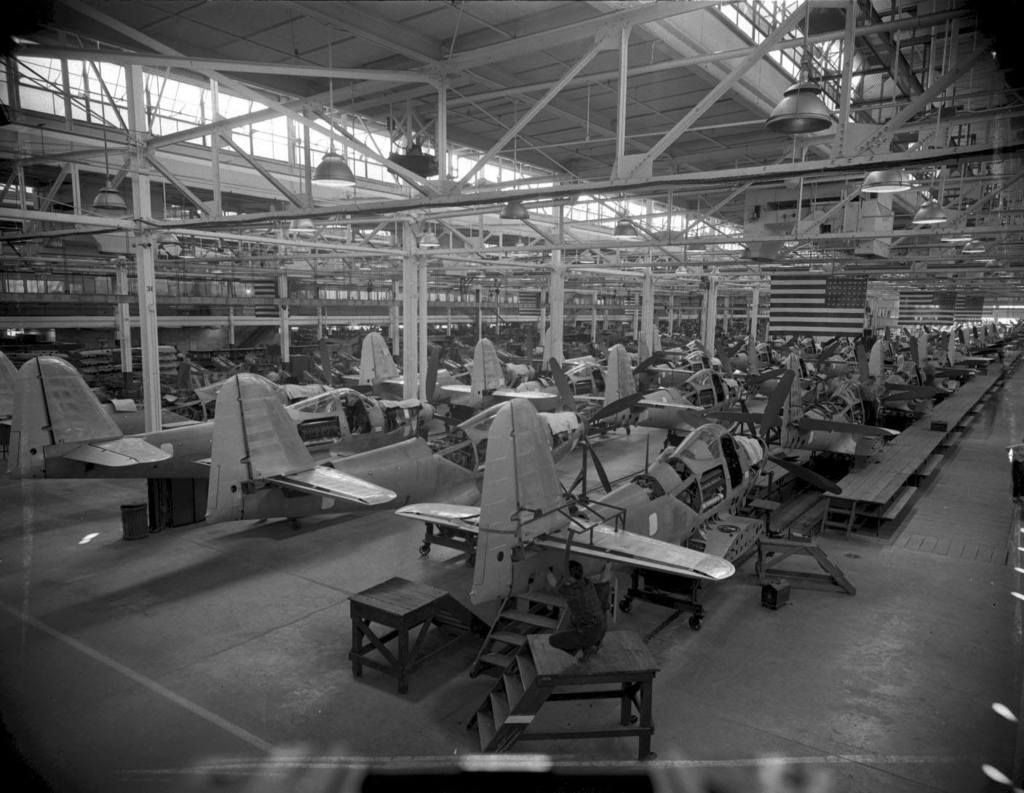
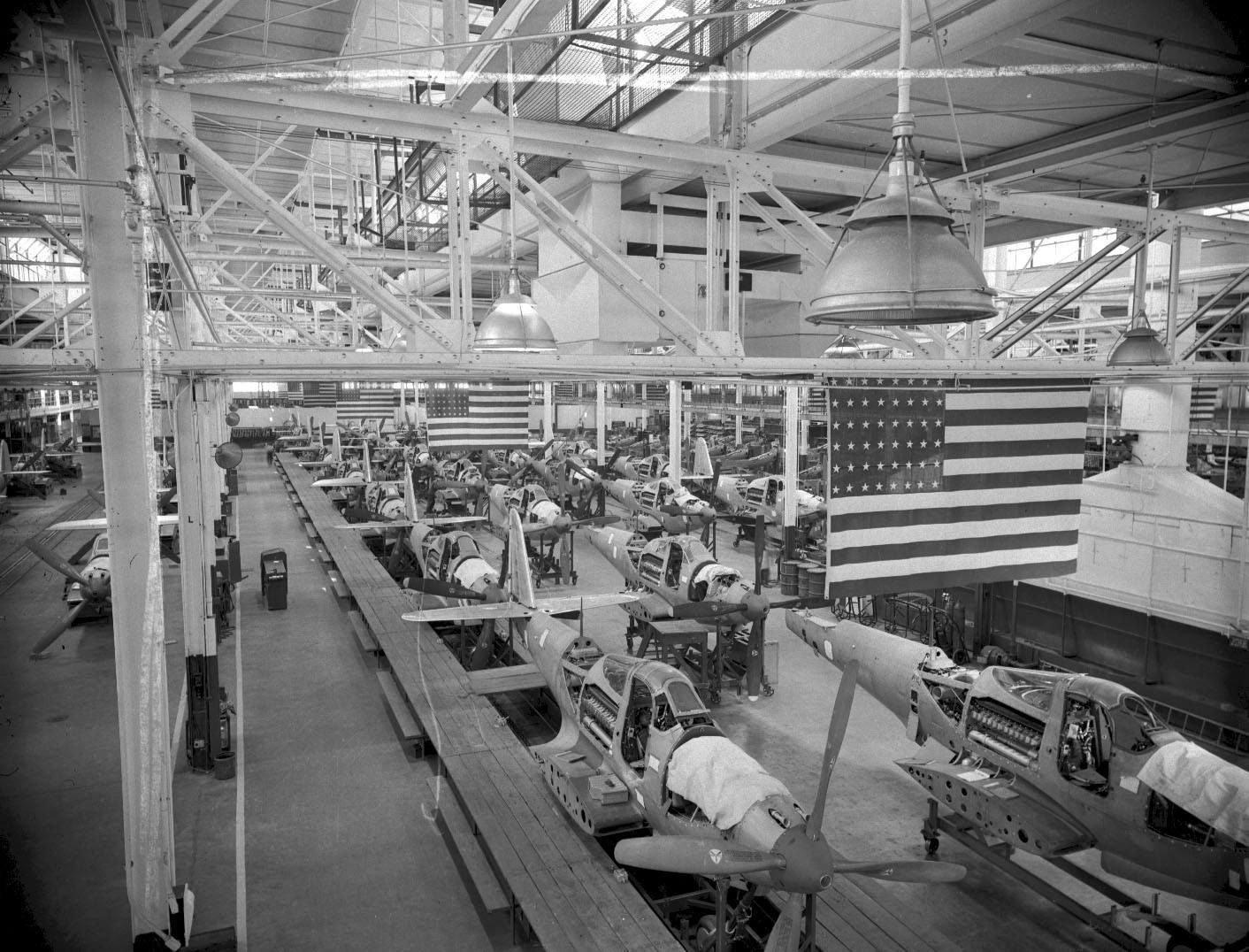
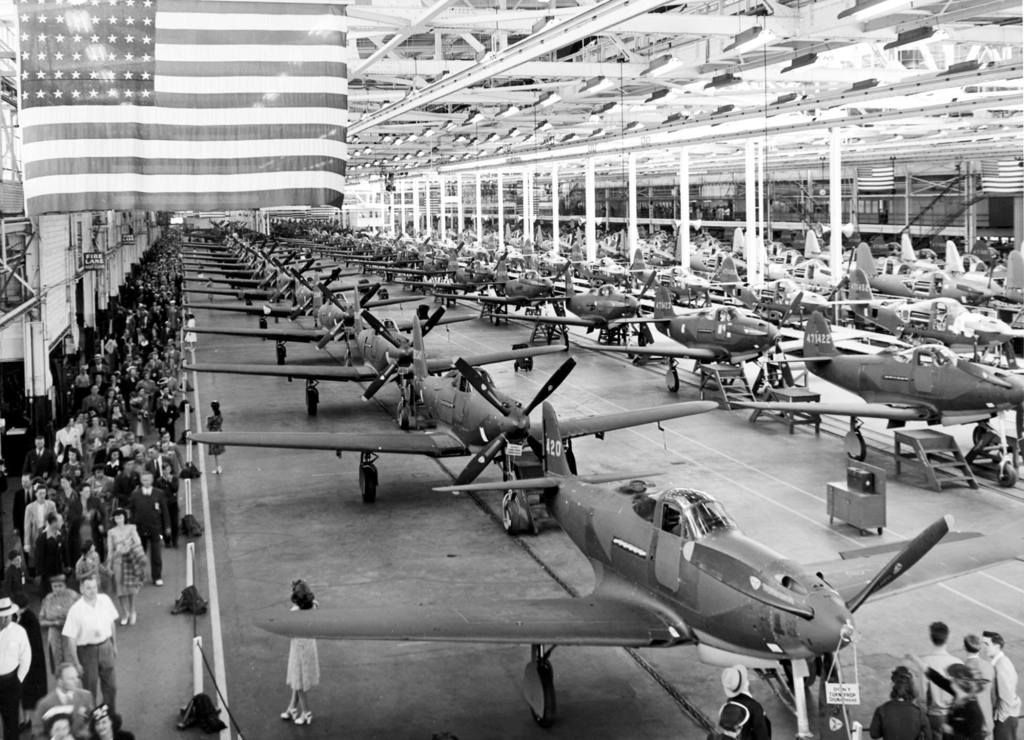
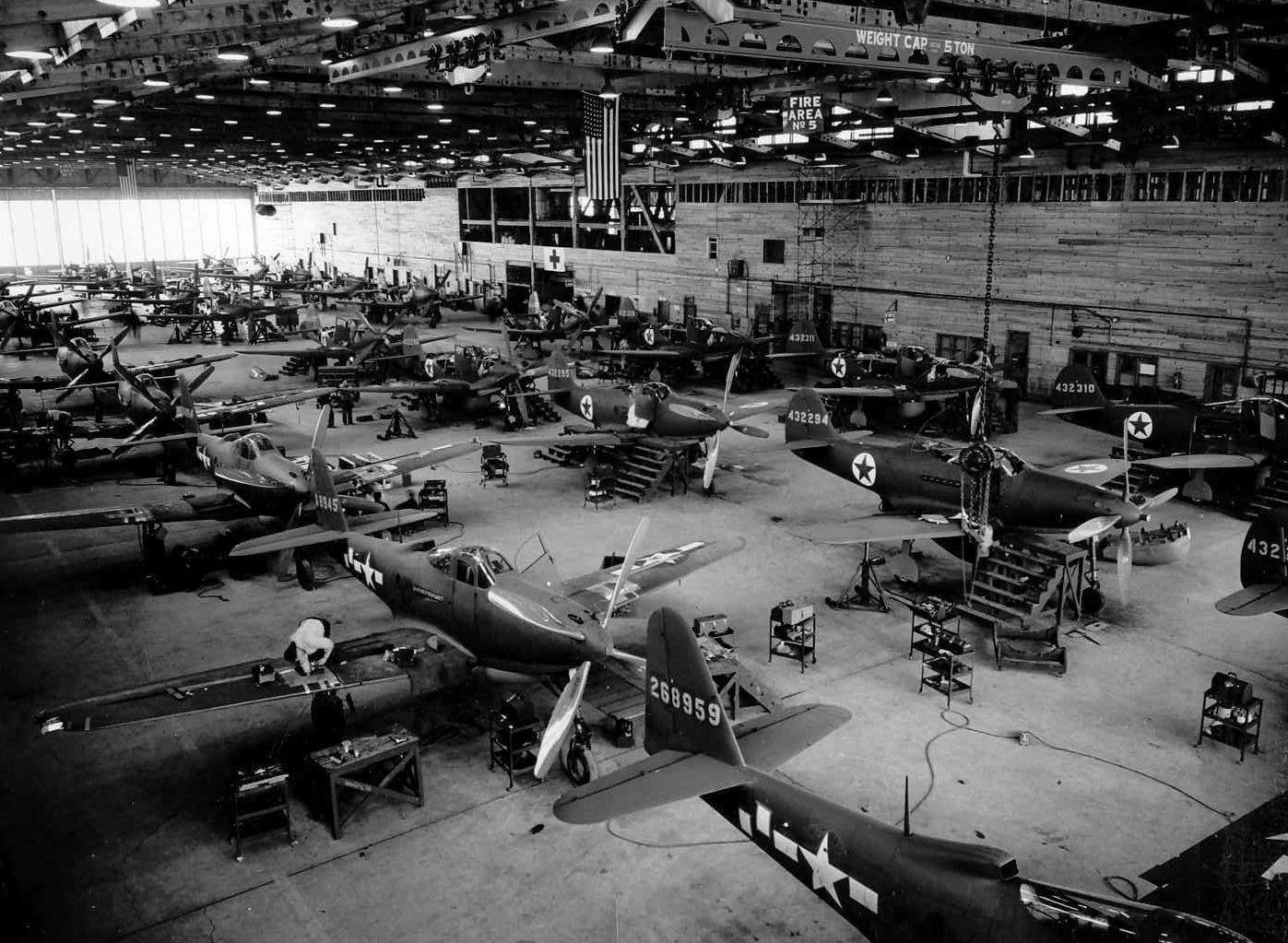

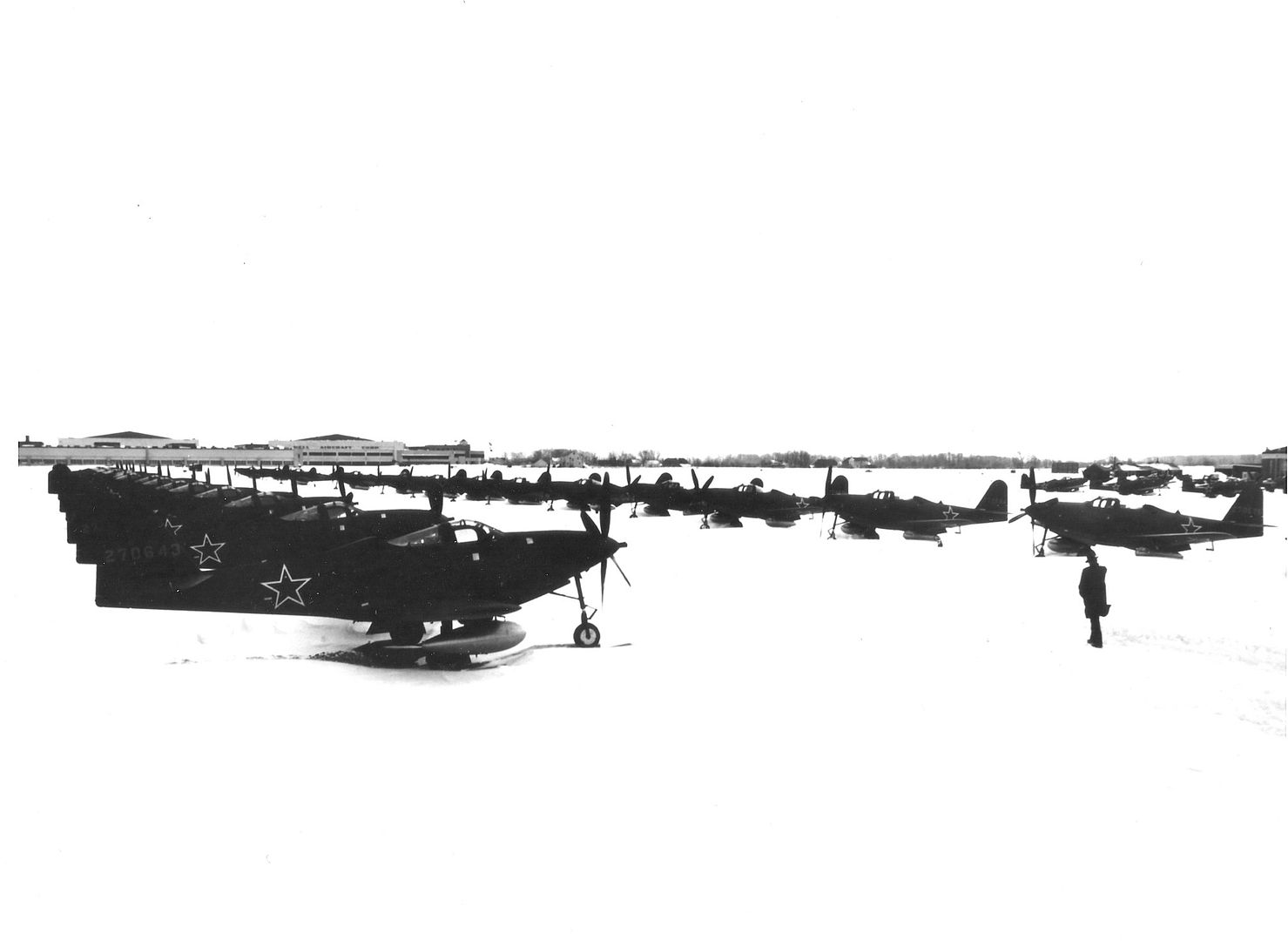
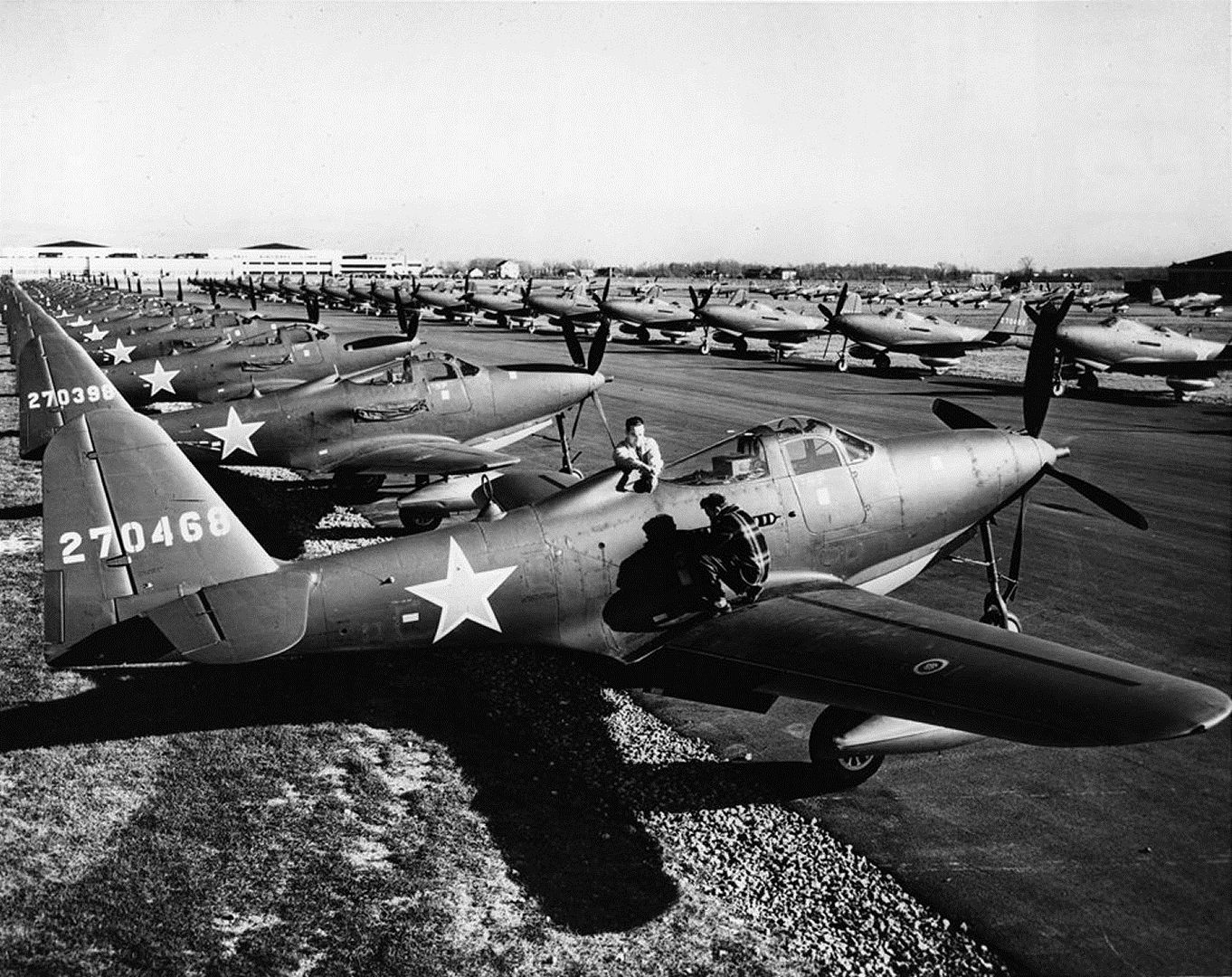
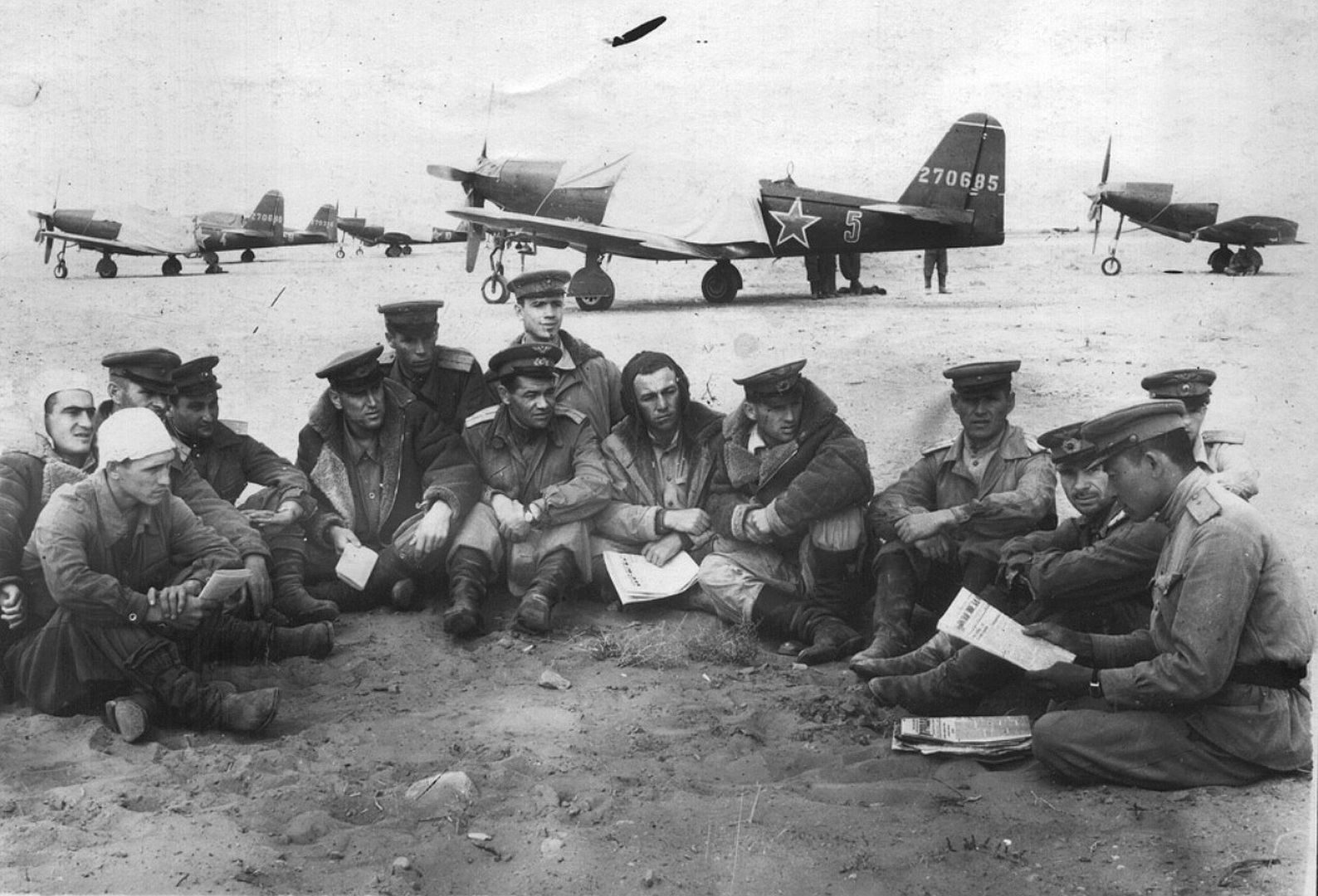
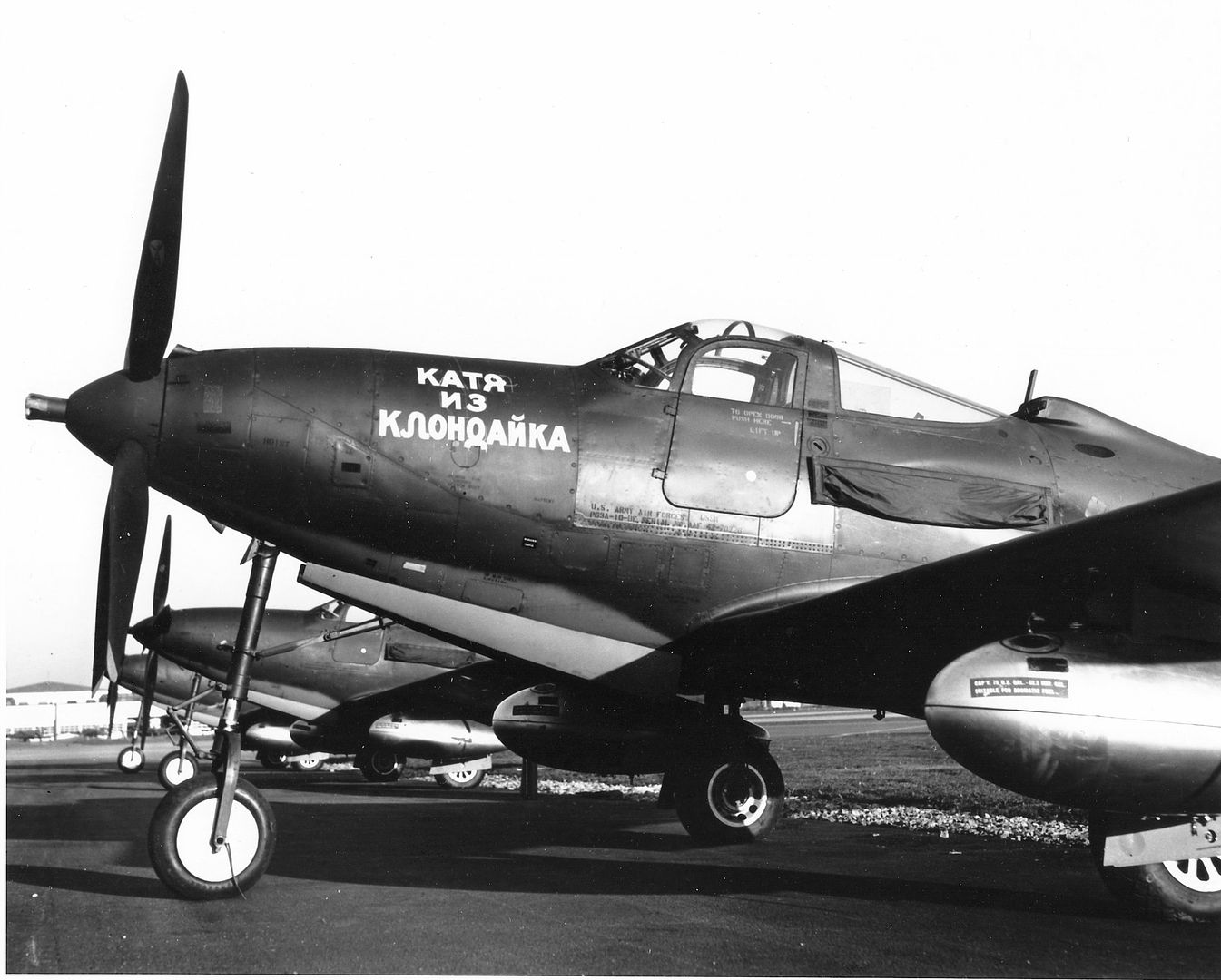

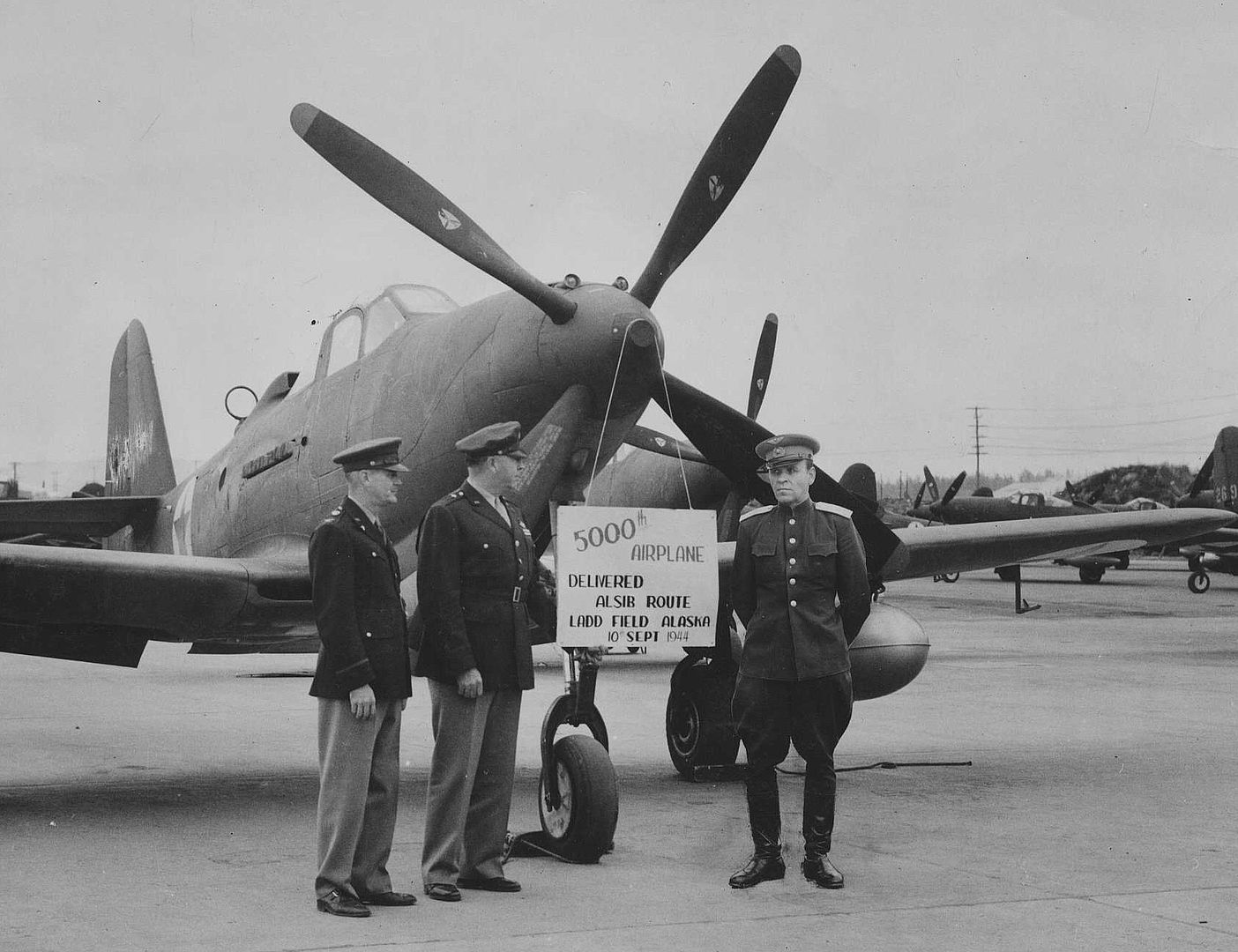
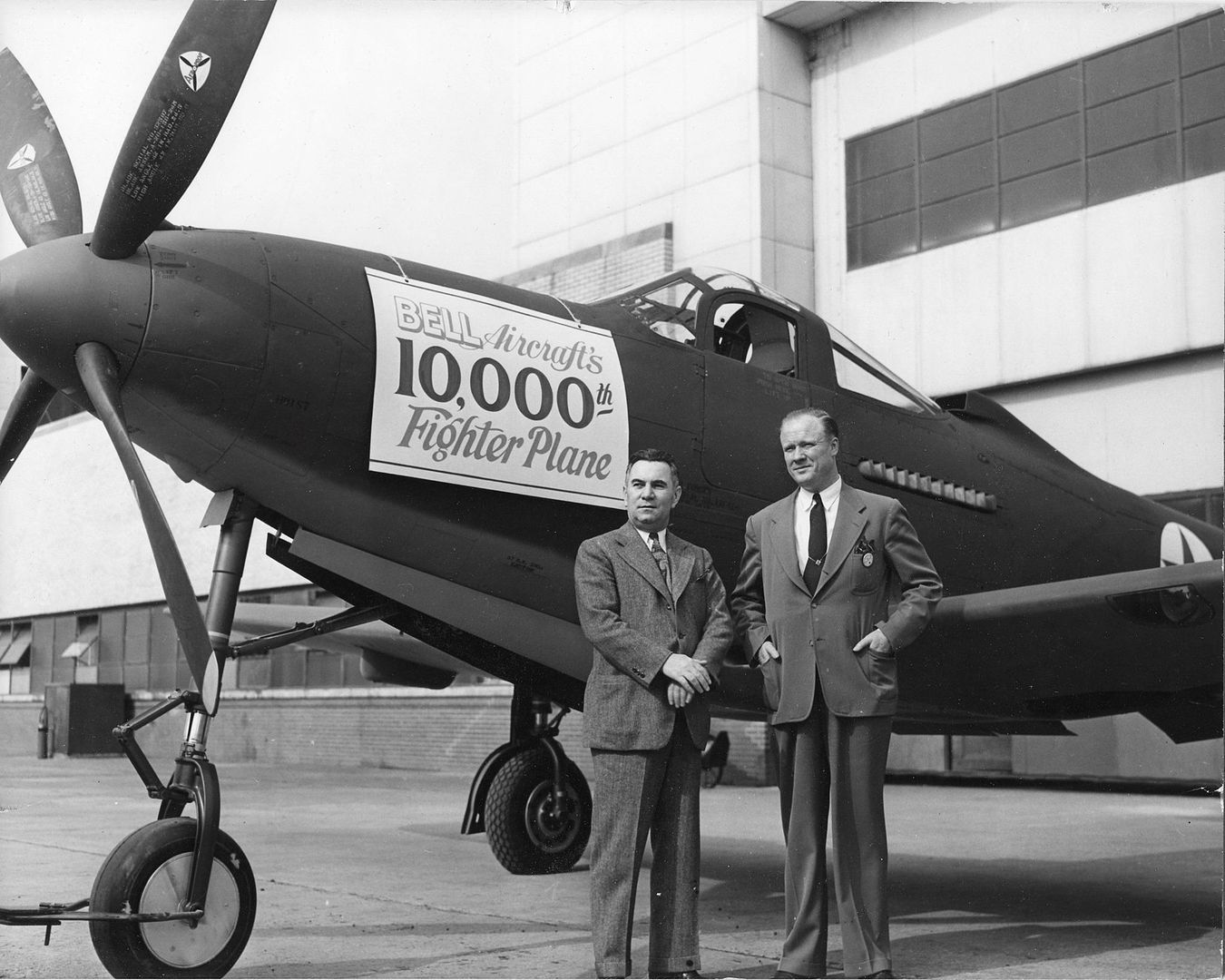


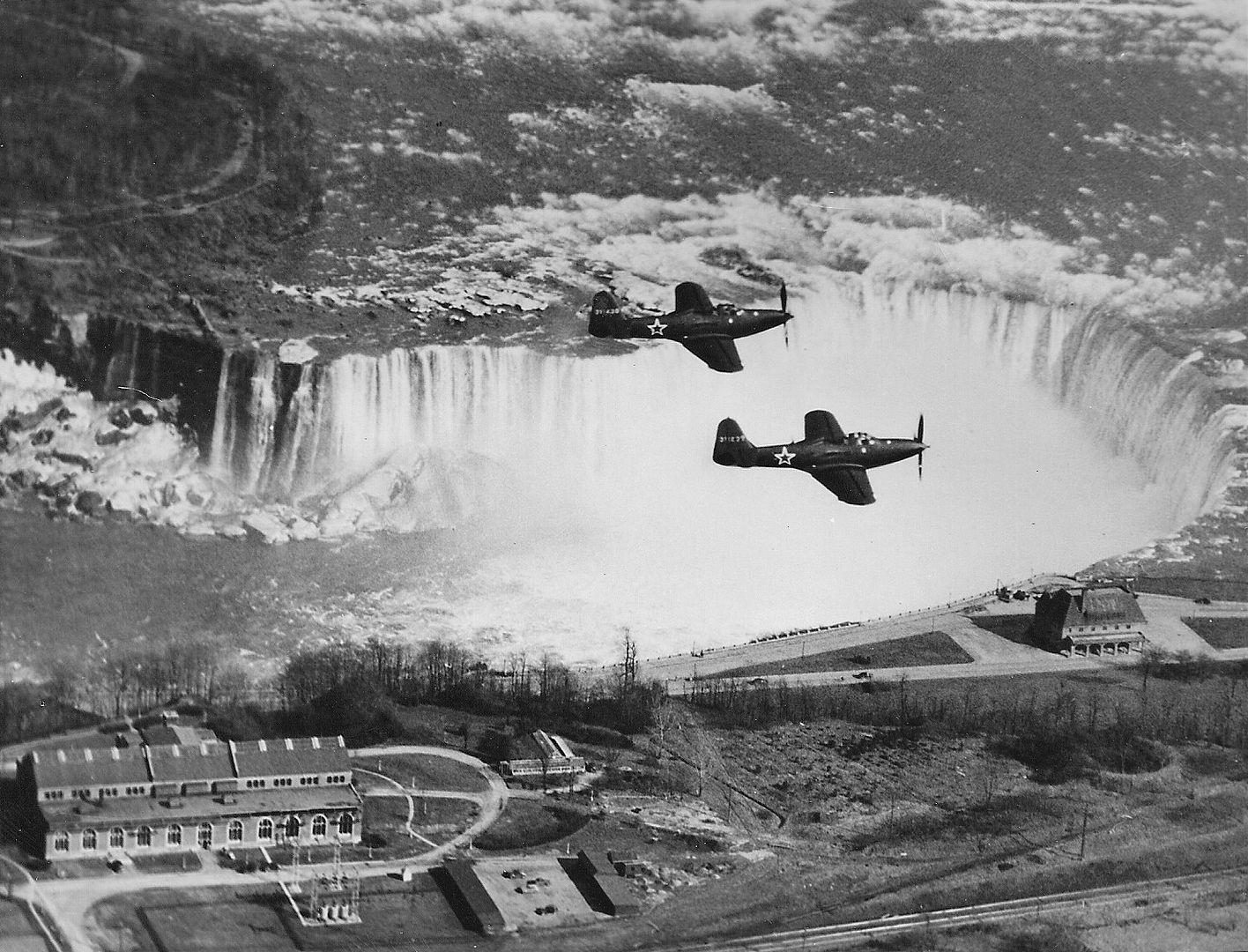
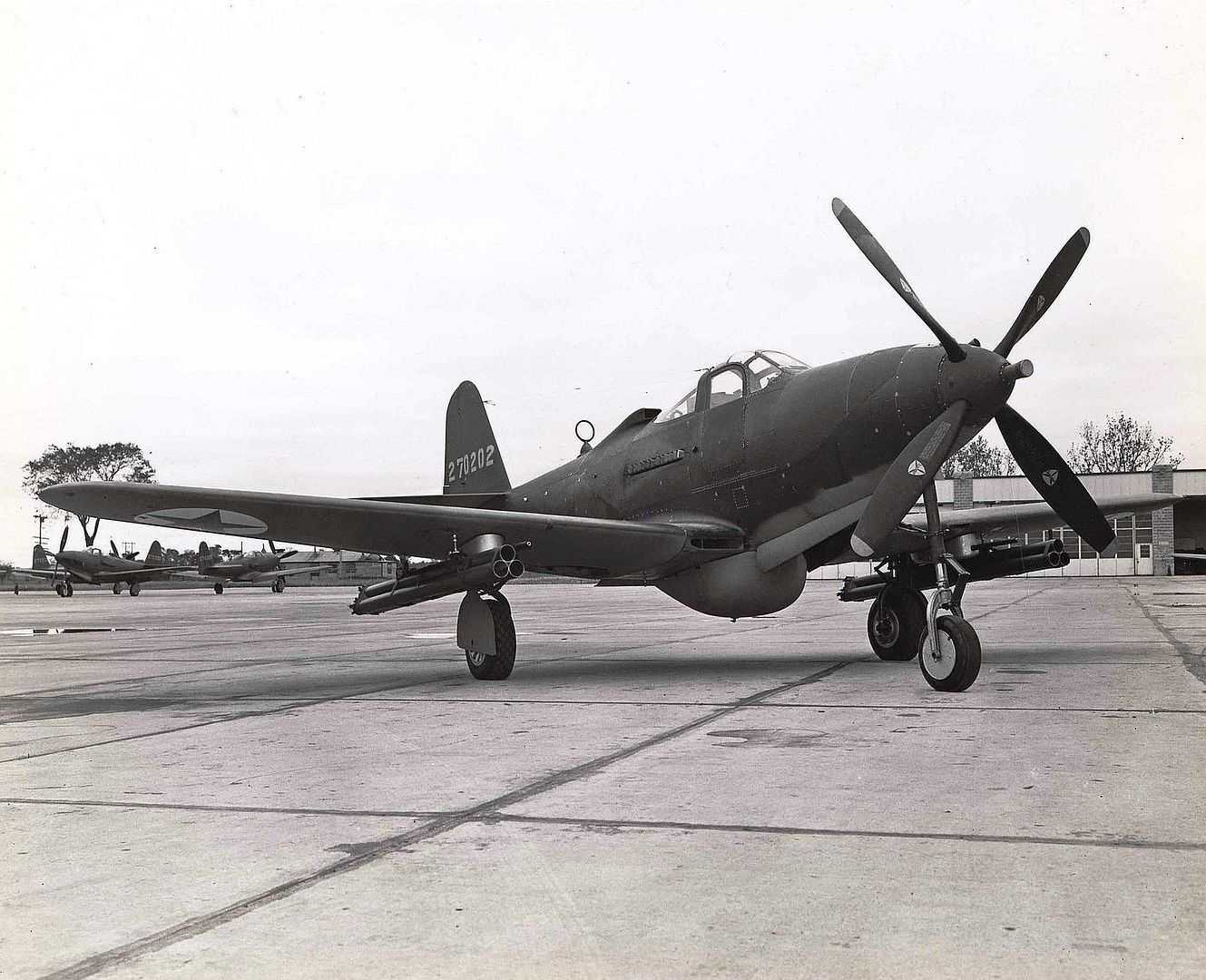
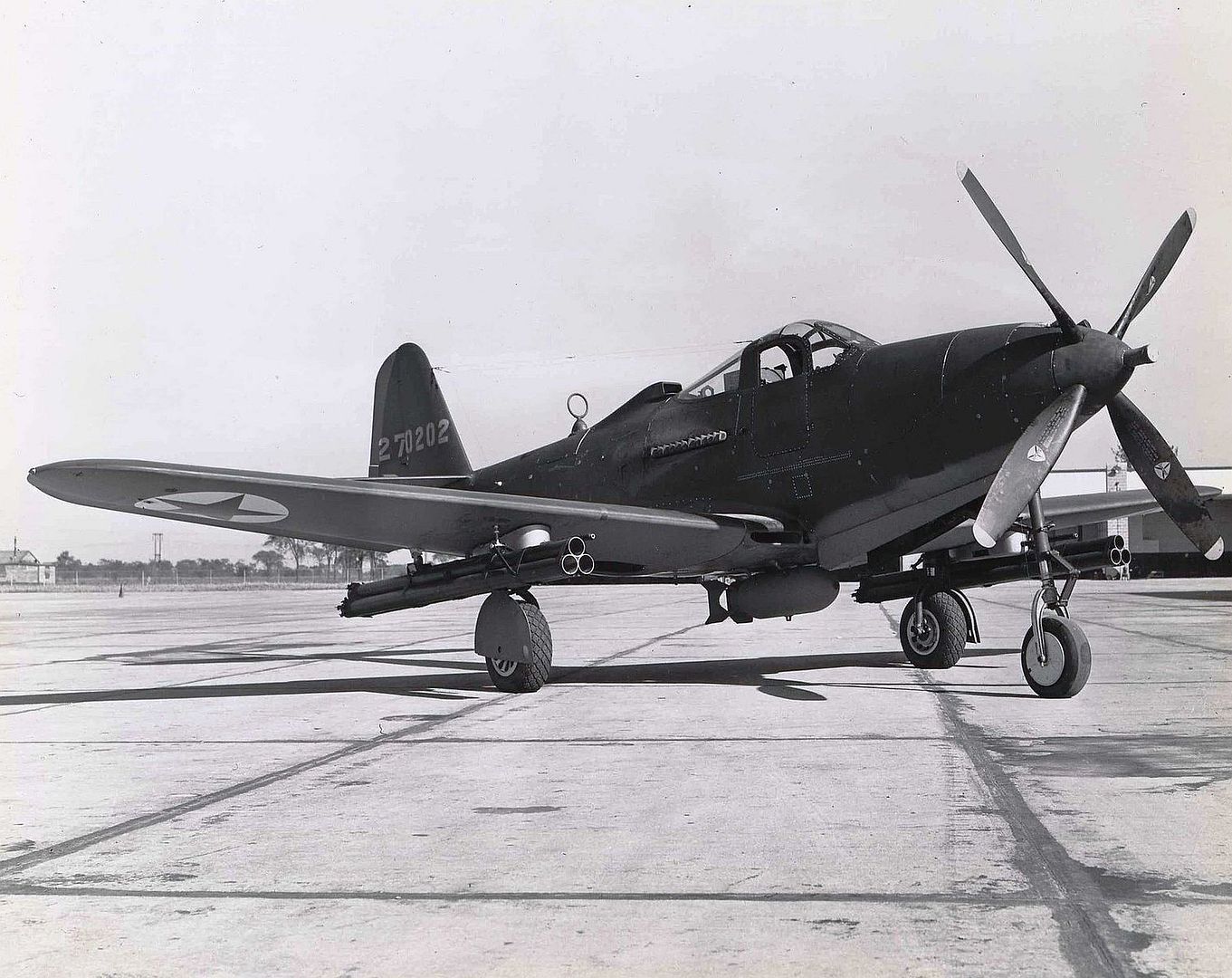
There were several two-seat adaptations of the Kingcobra, which paralleled the development of the TP-39 two-seat Airacobra.
The TP-63A-10 (Model 38) was a proposed two-seat Kingcobra variant. It was basically inspired by the two-seat TP-39 Airacobra. A new cockpit grafted onto the nose ahead of the existing cockpit of the P-63, with a leftward-opening canopy installed. All armament was removed, and a ventral fin was added. The basic idea was for the company to build conversion kits for existing P-63A-10 aircraft. However, none were actually built at the factory, although at least three were completed in the Soviet Union (42-69304, 42-70503, and 43-11334).
An entirely different two-seater was produced by the Bell company for internal use. Two P-63E-1s were modified by Bell with a separate observer seat in the rear fuselage, located behind the engine and mounted under a separate canopy. A probe was mounted which extended through the spinner, and to make space for the observer the radio equipment had to be moved forward into the armament bay. The aircraft carried the civilian registrations NX41963 and NX41964.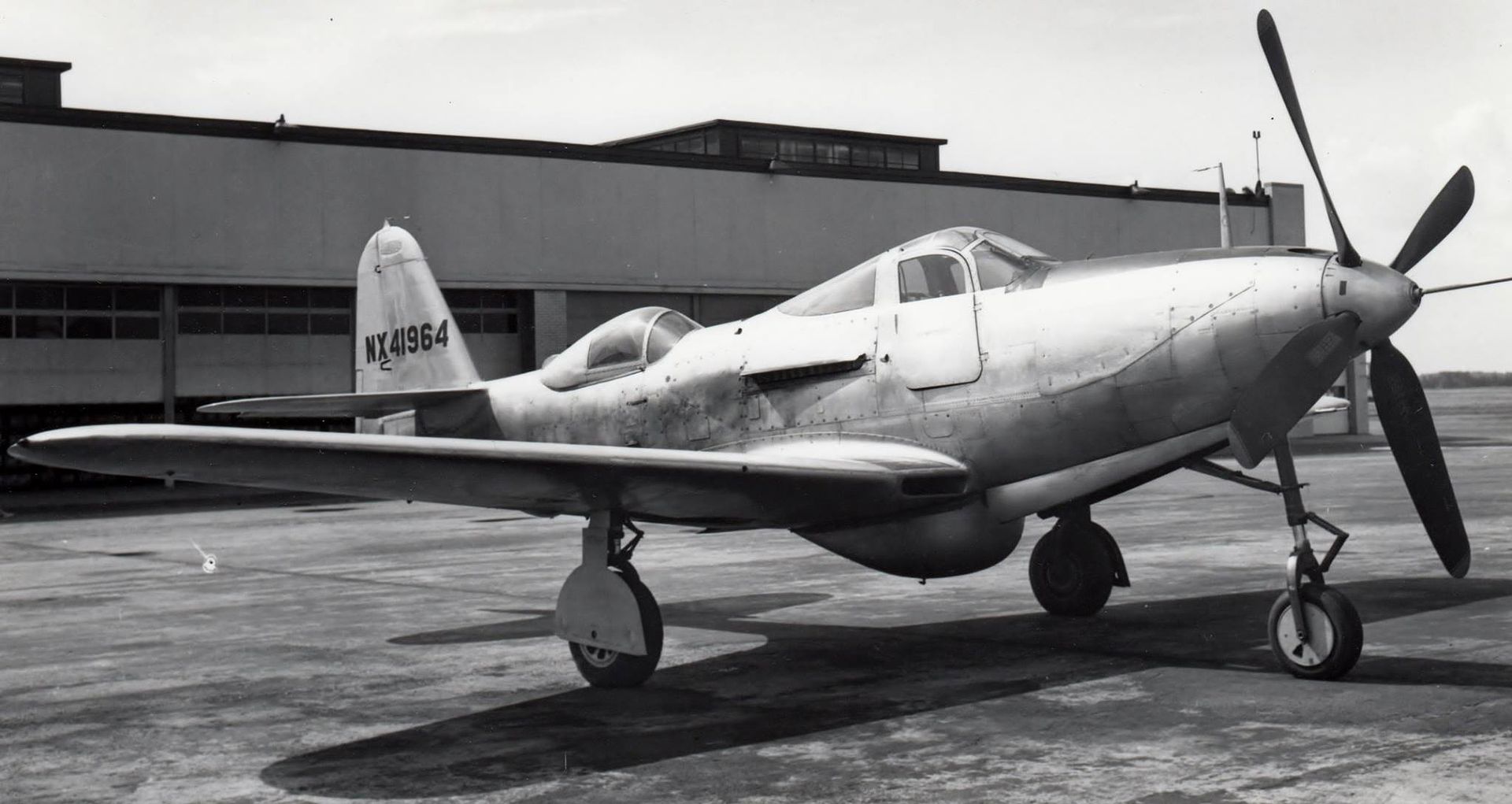
Robert Stanley had always been interested in Vee-shaped tails, ever since the 1930s. During the last few months of World War II, Stanley convinced the Army to let him try out his ideas for Vee tails on a P-63.
In support of this program, P-63A-9 42-64606 was experimentally fitted with a Vee tail. In order to provide for additional stability, extra keel area was added in the form of a ventral fin. Several Bell test pilots got a chance to fly the ship, including Stanley himself. The results were not all that encouraging-some longitudinal instability was encountered at low speeds and "Tex" Johnston noted some unusual spinning characteristics. The project was duly dropped.
After the war, the Air Force exhibited some renewed interest in Vee tails for high speed jet aircraft. In 1948 the USAF issued an order for the conversion of RP-63G 45-57300 to a Vee-tailed aircraft. Some sources suggest that the designation XP-63N was applied to this aircraft. The aircraft tested butterfly tails of 38 and 43 degrees, and did not have the ventral fin of the earlier modified P-63A. An air data boom was mounted underneath the starboard wing. Test flights indicated that there were no major spinning or stability problems, but crosswind characteristics were rather poor. The program was once again dropped.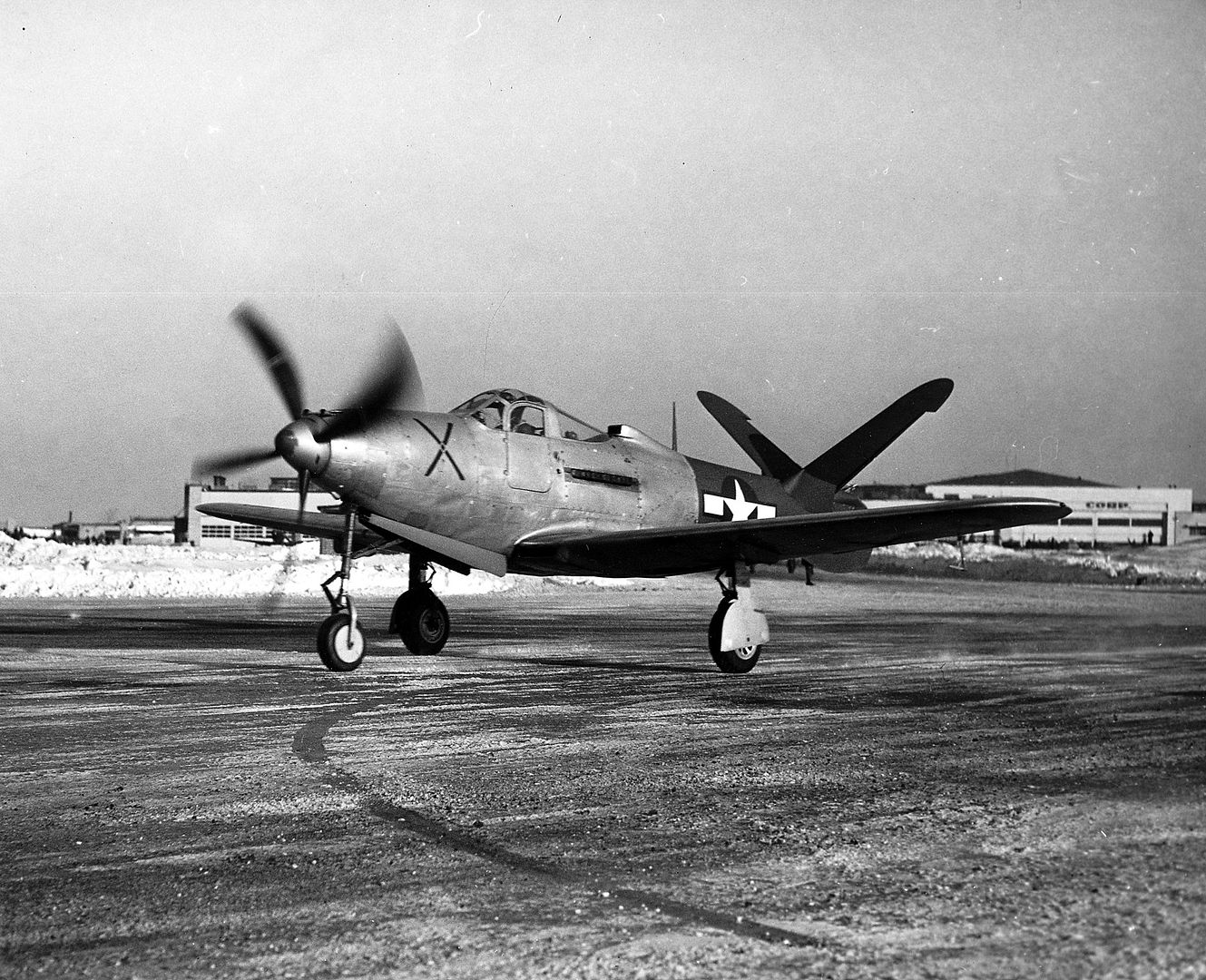

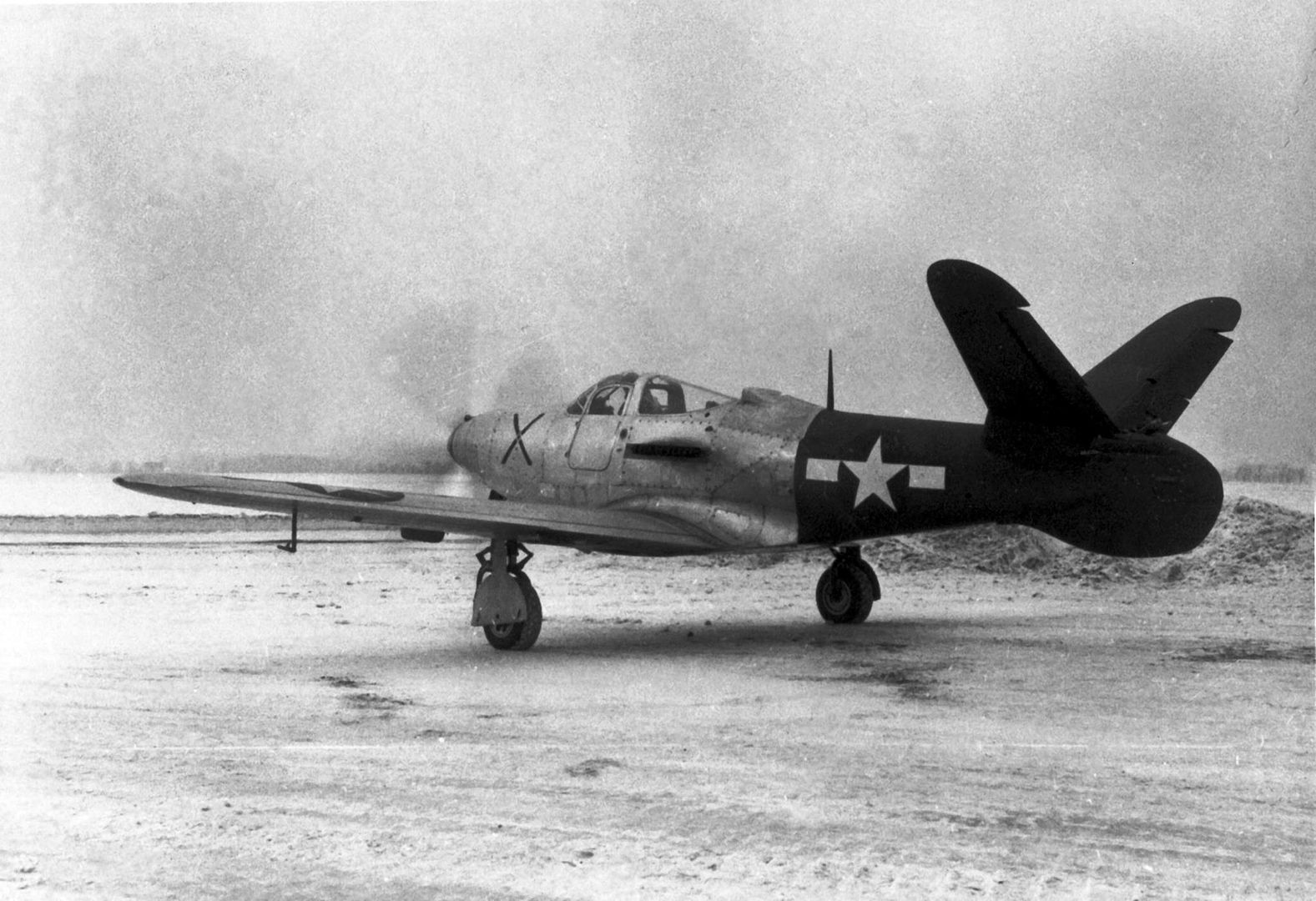
114 P-63Cs (not the 300 usually mentioned in the literature) were delivered to the French Armee de l'Air at the end of the war. However, the French Kingcobras were delivered too late to see any service in World War 2 in Europe.
While US-supplied P-47s equipped most of the fighter units serving in metropolitan France, the P-63s were sent to French North Africa. The first unit to fly the type was Groupe de Chasse II/9 Auvergne, which was based in North Africa and received its planes in July of 1945. GC 1/5 Vendee and GC II/5 Ile-de-France (previously designated GCIV/2) were issued P-63s in August of 1945. Most of the P-63s were, however, kept in storage and not flown.
When the French were first faced with the Viet Minh insurgency in IndoChina, the US government initially would not allow the use of US-supplied Republic P-47 Thunderbolts in that conflict. The French had to use instead the Bell P-63C Kingcobras that had been supplied at the end of the war. Consequently, P-63s were taken out of storage in Africa, issued to operational squadrons, and shipped to Southeast Asia. The first Armee de l'Air P-63s arrived in IndoChina in April of 1949.
Five Groupes de Chase--GC1/5 Vendee , II/5 Ile-de-France II/6 Normandie-Niemen, III/6 Roussilon , and I/9 Limousin--saw action with P-63s in IndoChina at various times . The planes were used primarily in the ground attack role, dropping bombs and napalm on Viet Minh targets. However, the attrition rate was fairly heavy, and early 30 were lost in action to ground fire or wrecked in accidents.
In early 1951, the United States, having undergone a change of mind, began to supply more military aid to the French effort in IndoChina. The first F8F Bearcats began to arrive in IndoChina in March of 1951, and they rapidly began to supplant and eventually replace the Armee de l'Air P-63s. The last P-63 missions were flown in April of 1951, after which the planes were ferried one by one to the disposal center at Bach Mai. They were all scrapped there, the last one arriving at the disposal center in September of 1951. There have been several rumors that a few P-63 airframes still survive in Vietnam.
A few unarmed P-63s remained flying for several years afterwards in North Africa. The last one was still flying as late as 1962. A couple of P-63s remained flying in France with the Center d'Essais en Vol.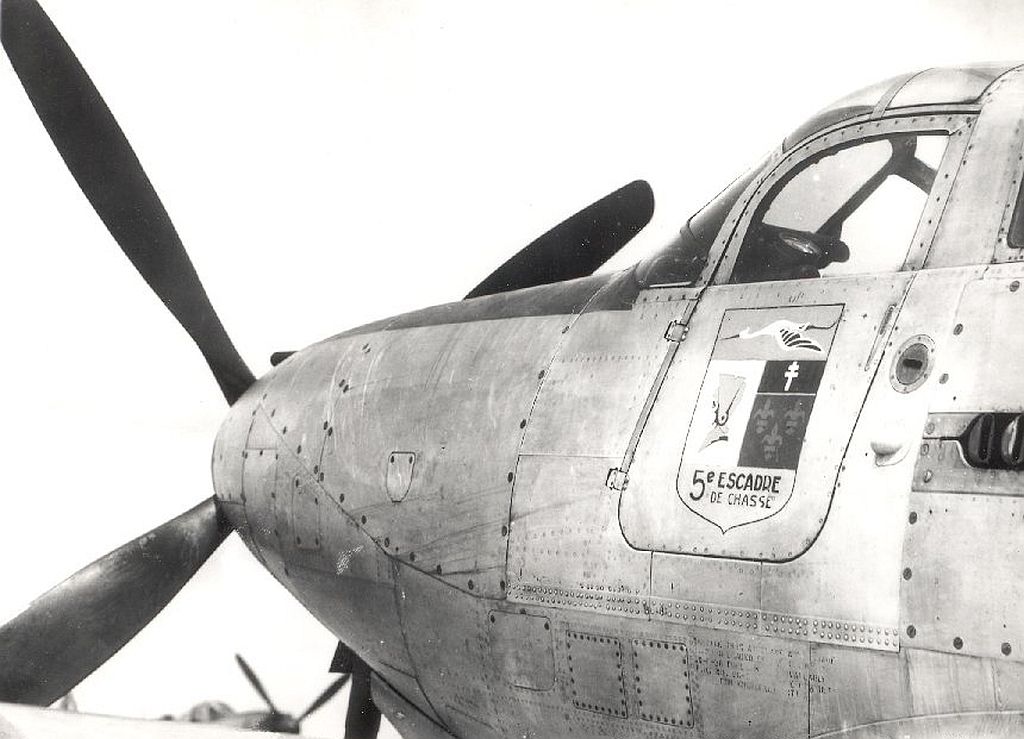
The P-63 participated in postwar swept-wing aerodynamic research. With the surrender of the Third Reich, the results of wartime German aerodynamic research became accessible to American military officials. This research indicated that the swept-back wing showed the most promise in making it possible for aircraft to achieve significantly higher speeds. Postwar research in the USA carried these ideas still further. The Navy was given the responsibility of investigating the low-speed stability behavior and stalling characteristics of the swept wing. The Navy contracted with Bell for the modification of two P-63C-5s which would be fitted with a pair of wings swept back at 35 degrees, with a short inboard straight section. The wings carried adjustable leading edge slats and trailing-edge flaps. All armament was deleted and the rear canopy was faired over. These two planes were redesignated L-39-1 and L-39-2 respectively. The rather odd designation for a Navy aircraft was gotten by using the Navy's code letter for Bell (L) and the company's model number (39). Tufts of string were attached to the sweptback wings in order to ascertain the airflow pattern, and a pair of movie cameras were mounted externally behind the cockpit canopy to film the airflow pattern while in flight.
The L-39-1 flew for the first time on April 23, 1946. After the first flight, a ventral fin was added underneath the rear fuselage to improve the stability. Early flight tests of the L-39-1 indicated that the center of gravity was too far forward, so a four-foot plug was added to the rear fuselage, and the four-bladed propellers were replaced by lighter three-bladed units taken from a pair of surplus P-39Q-10s. The L-39-2 was provided with the four-foot plug from the start, and had an even larger ventral fin.
Both aircraft tested a series of leading edge slat configurations of different designs. L-39-1 went to NACA for continuing flight tests, whereas L-39-2 remained at Bell. L-39-2 was later fitted with a completely swept wing of a design planned for the X-2 experimental rocket-powered research aircraft.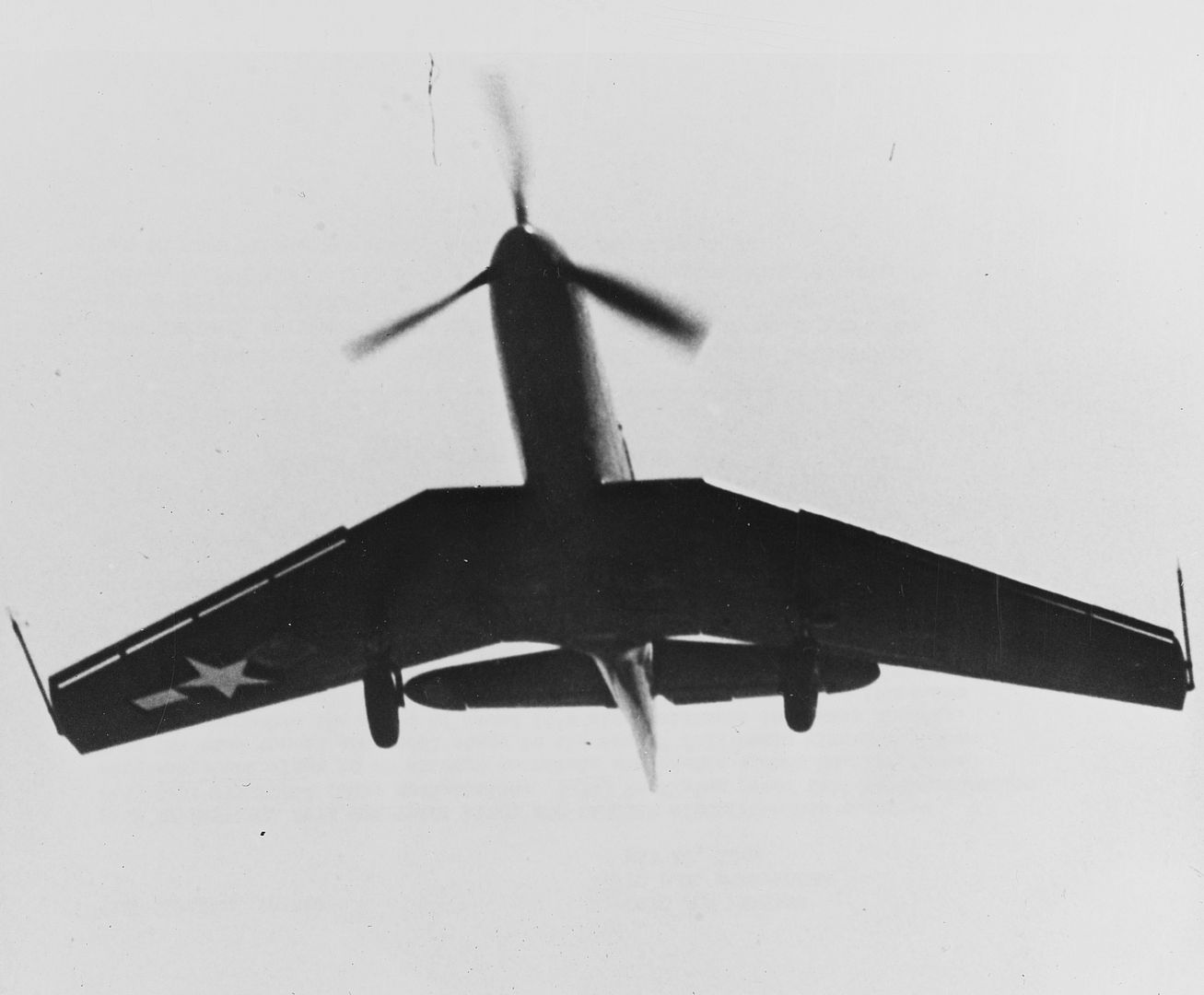
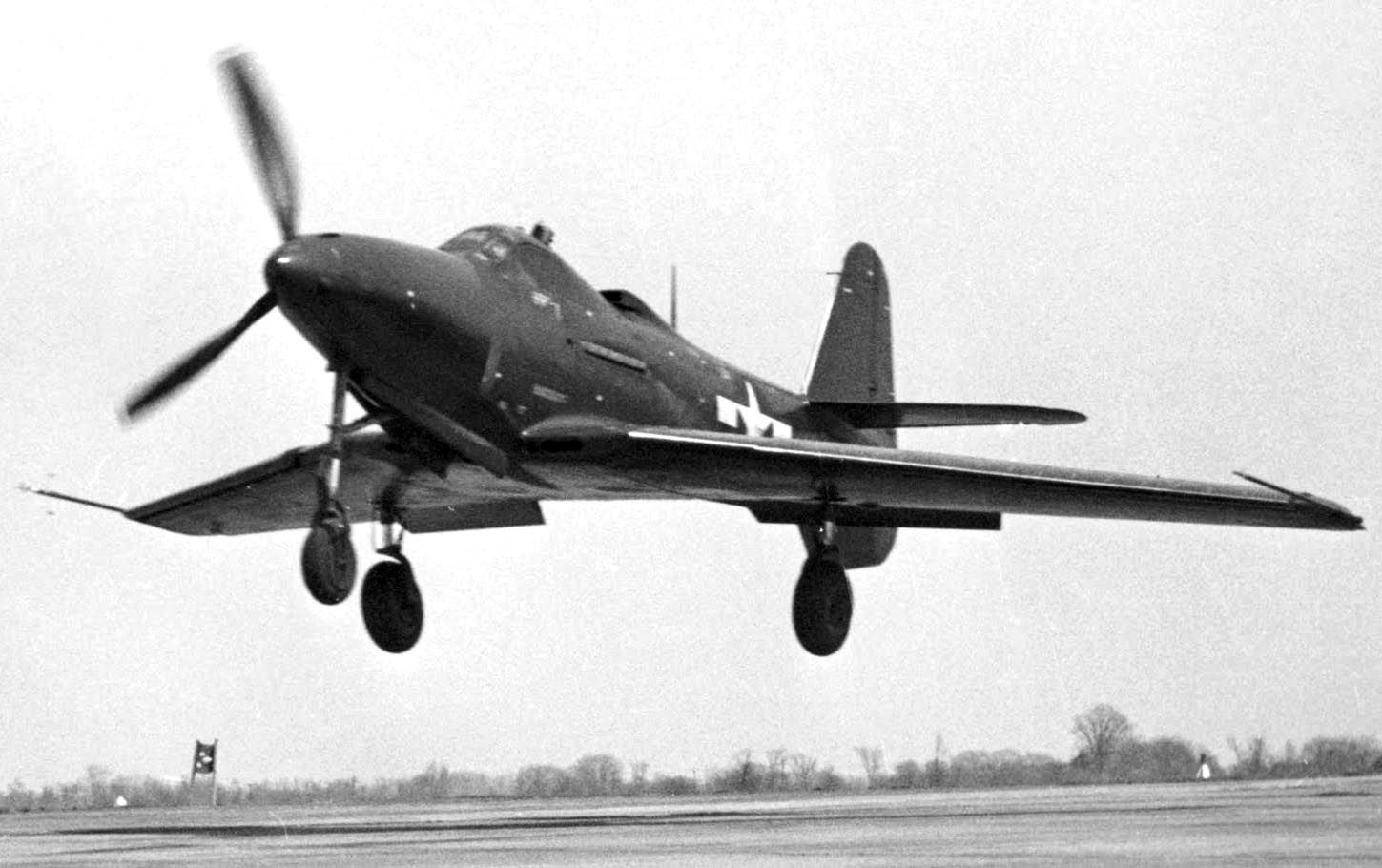

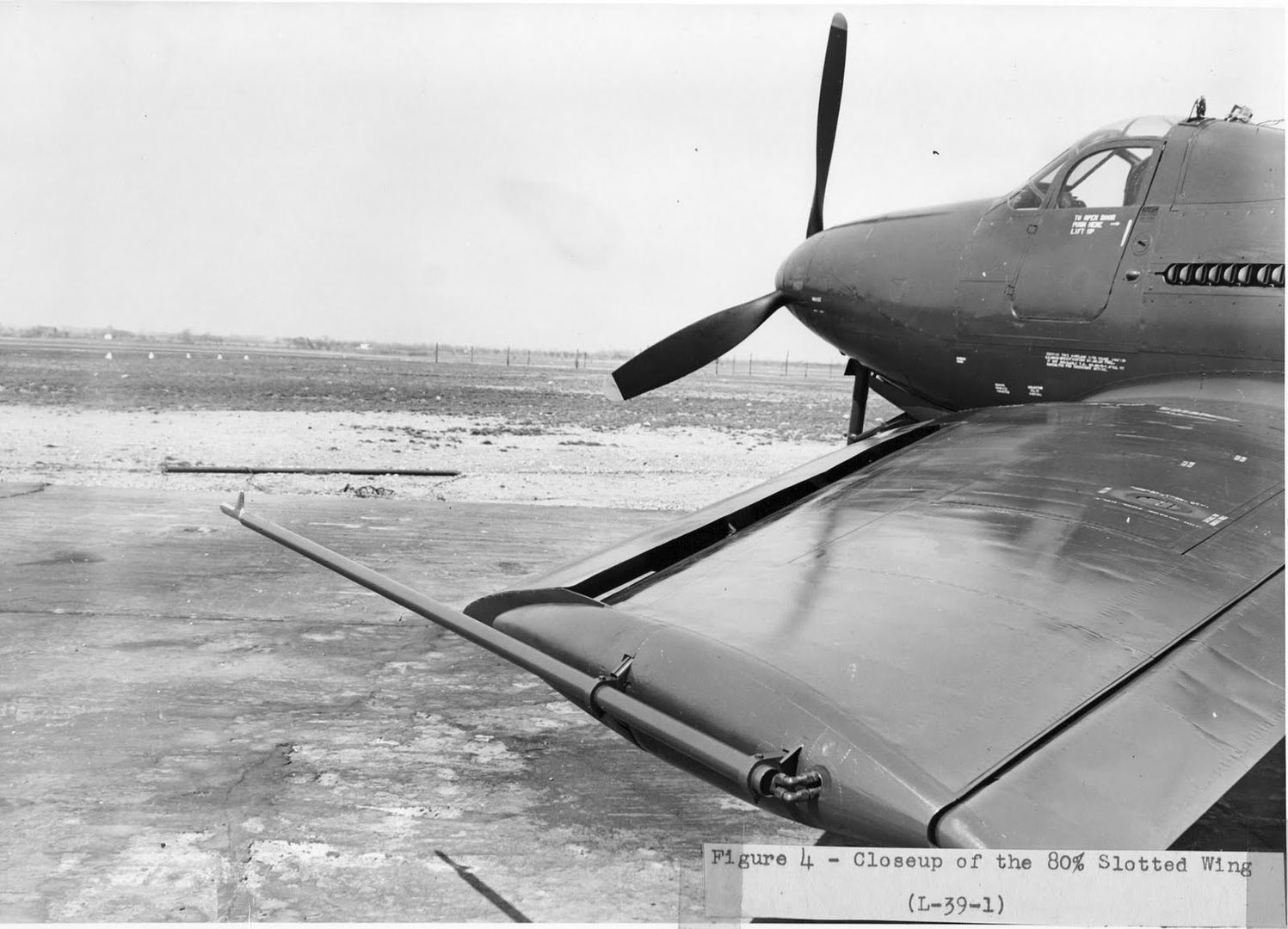
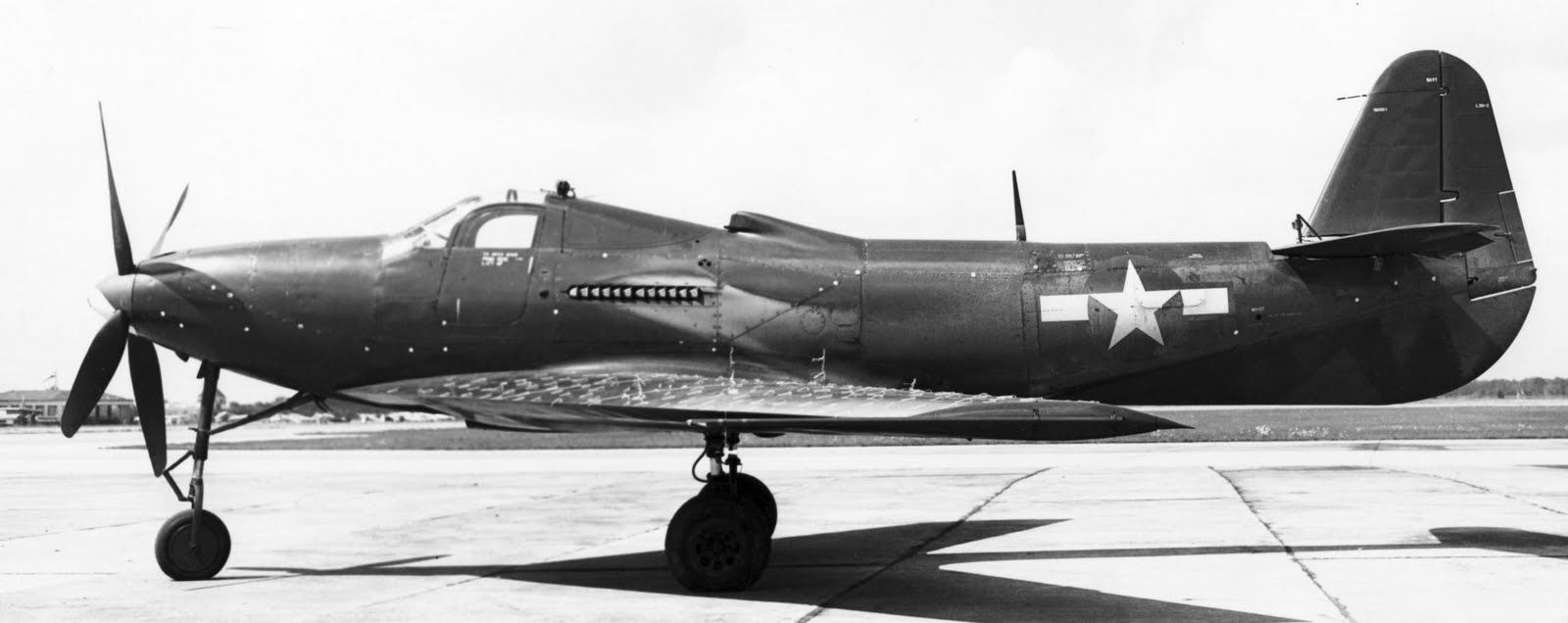
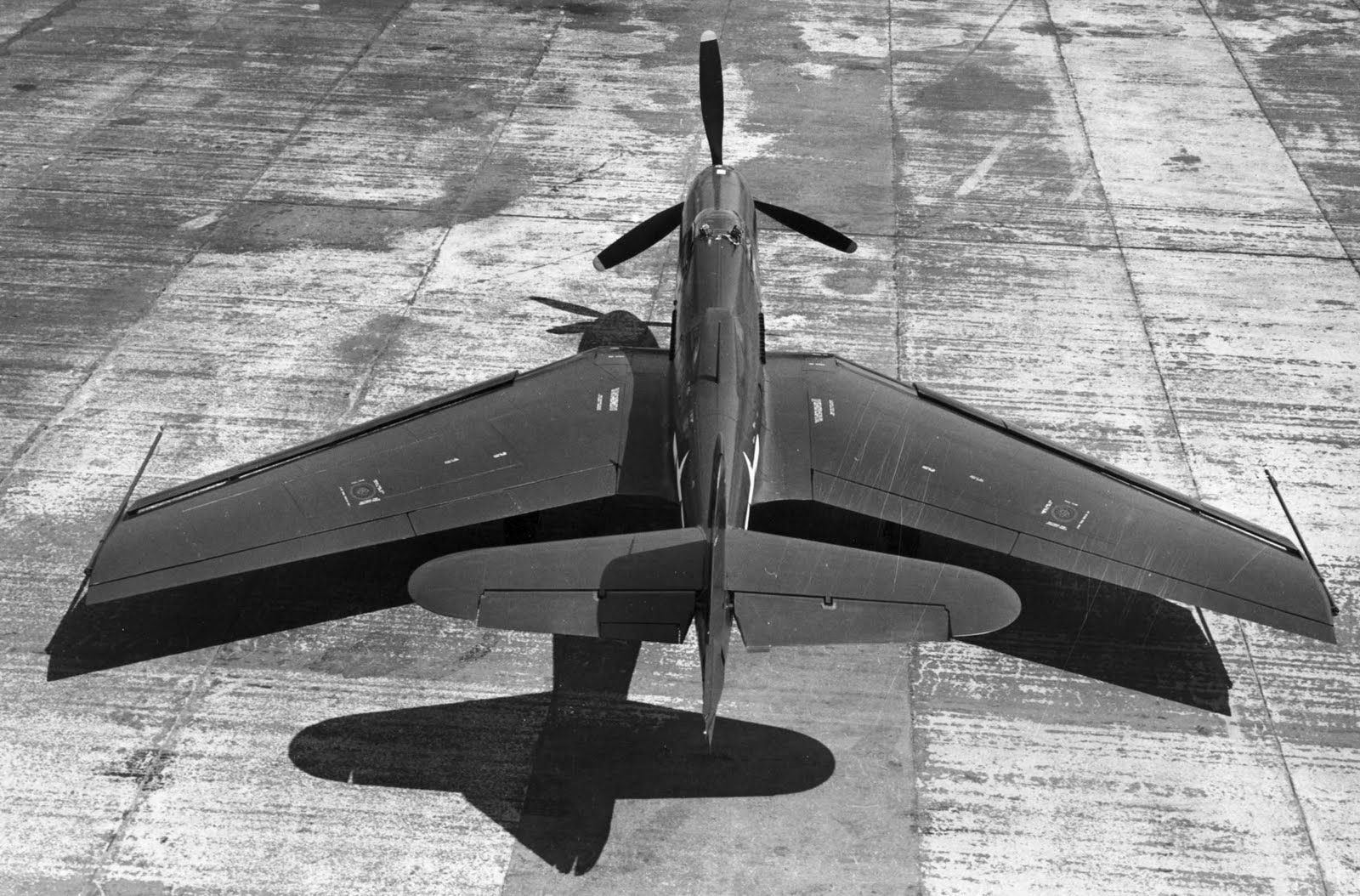
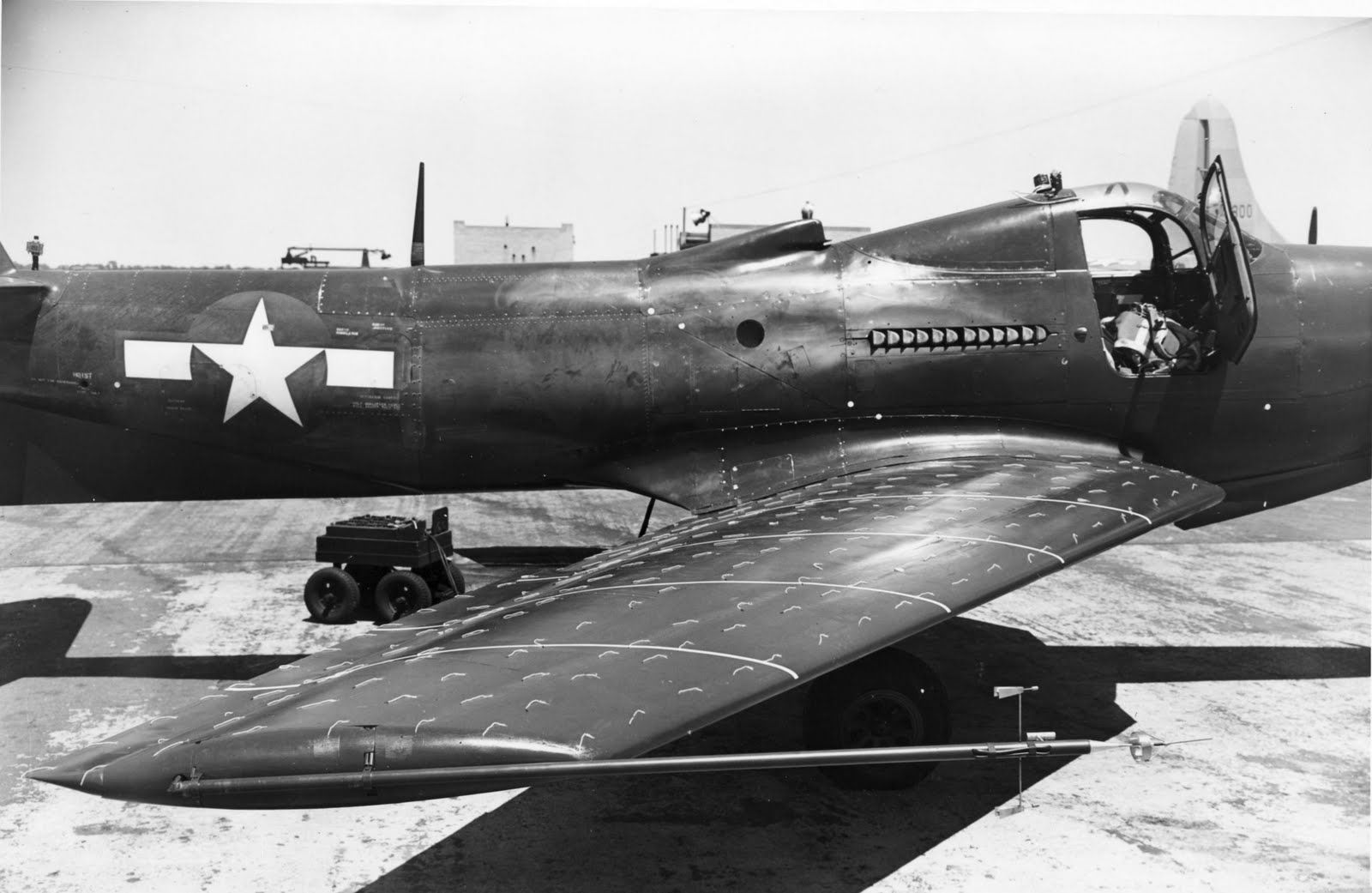
Numerous surplus P-63s ended up on the air racing circuit in the immediate postwar era.
Charles Tucker purchased a couple of P-63s from the disposal facility at Kingman, Arizona just after the war. He entered one of them (civilian register N62995) in the 1946 Thompson Trophy race. He had clipped off the wing in an attempt to improve the speed, reducing the span to 25 feet 9 inches. The second one (44-4126 (XN63231) was intended for the 1946 Bendix cross country race. It was initially fitted with two wingtip drop tanks. In 1947, the drop tanks were removed and the wings were clipped to 28 feet 6 inches.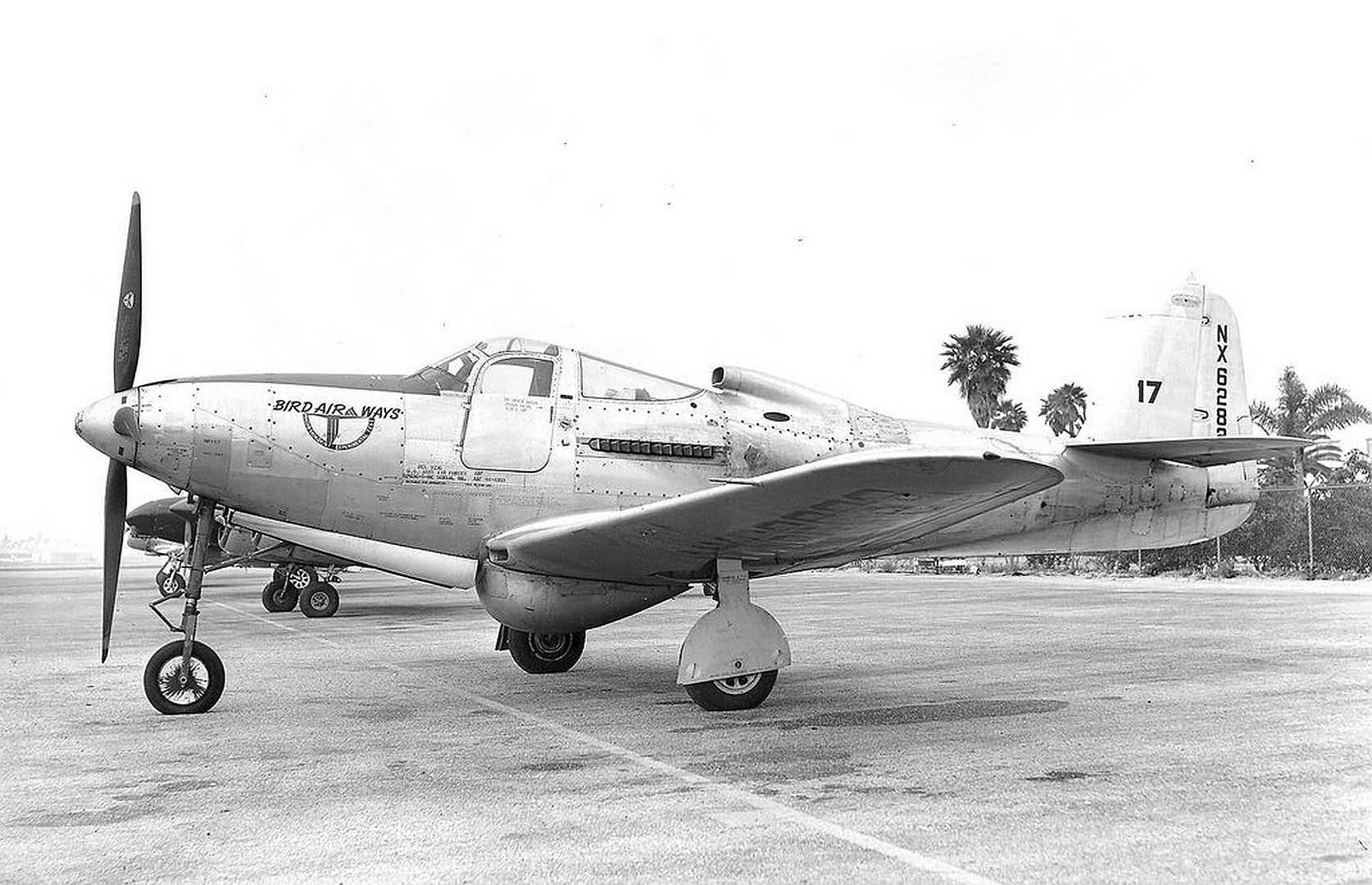
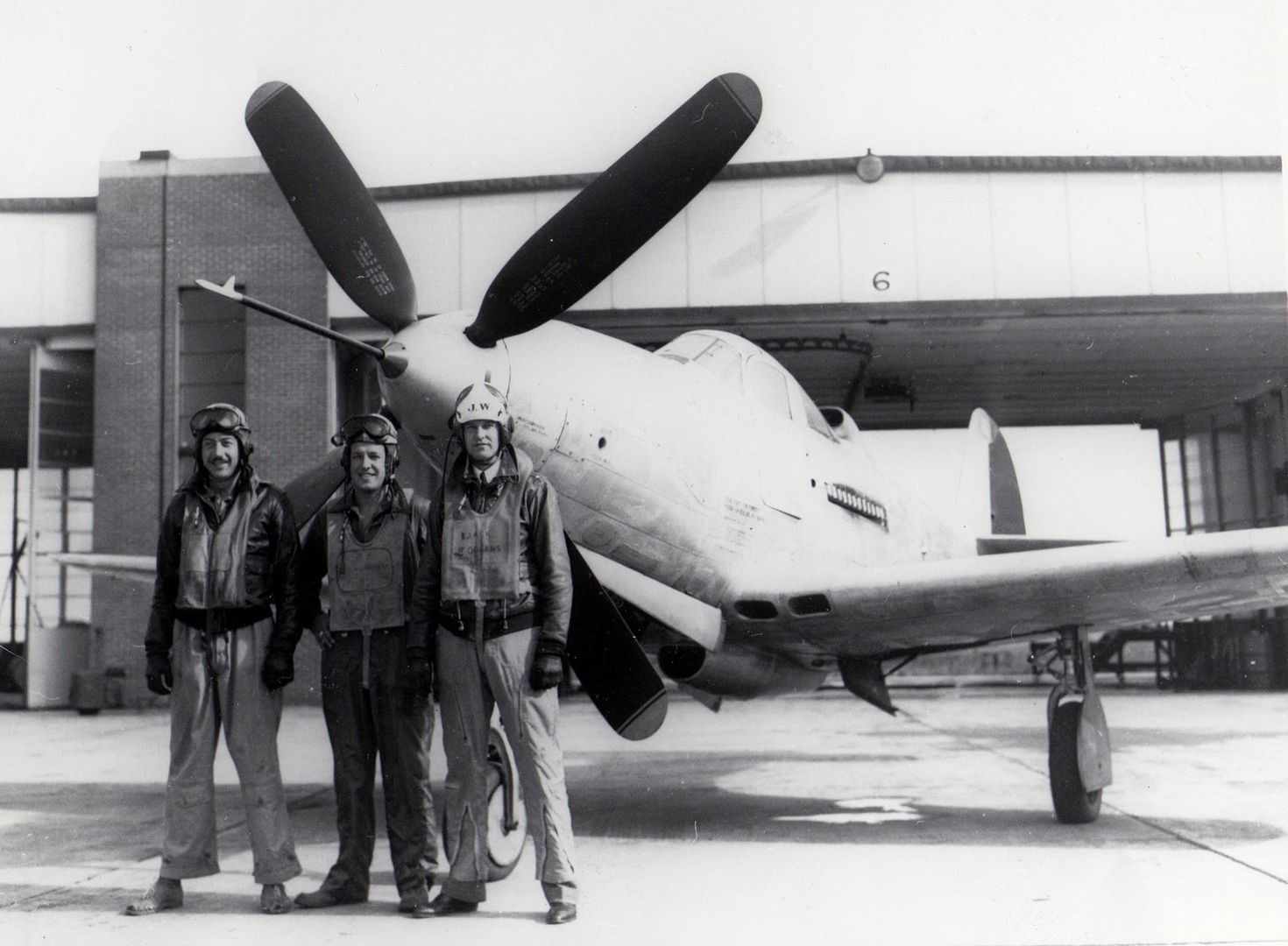
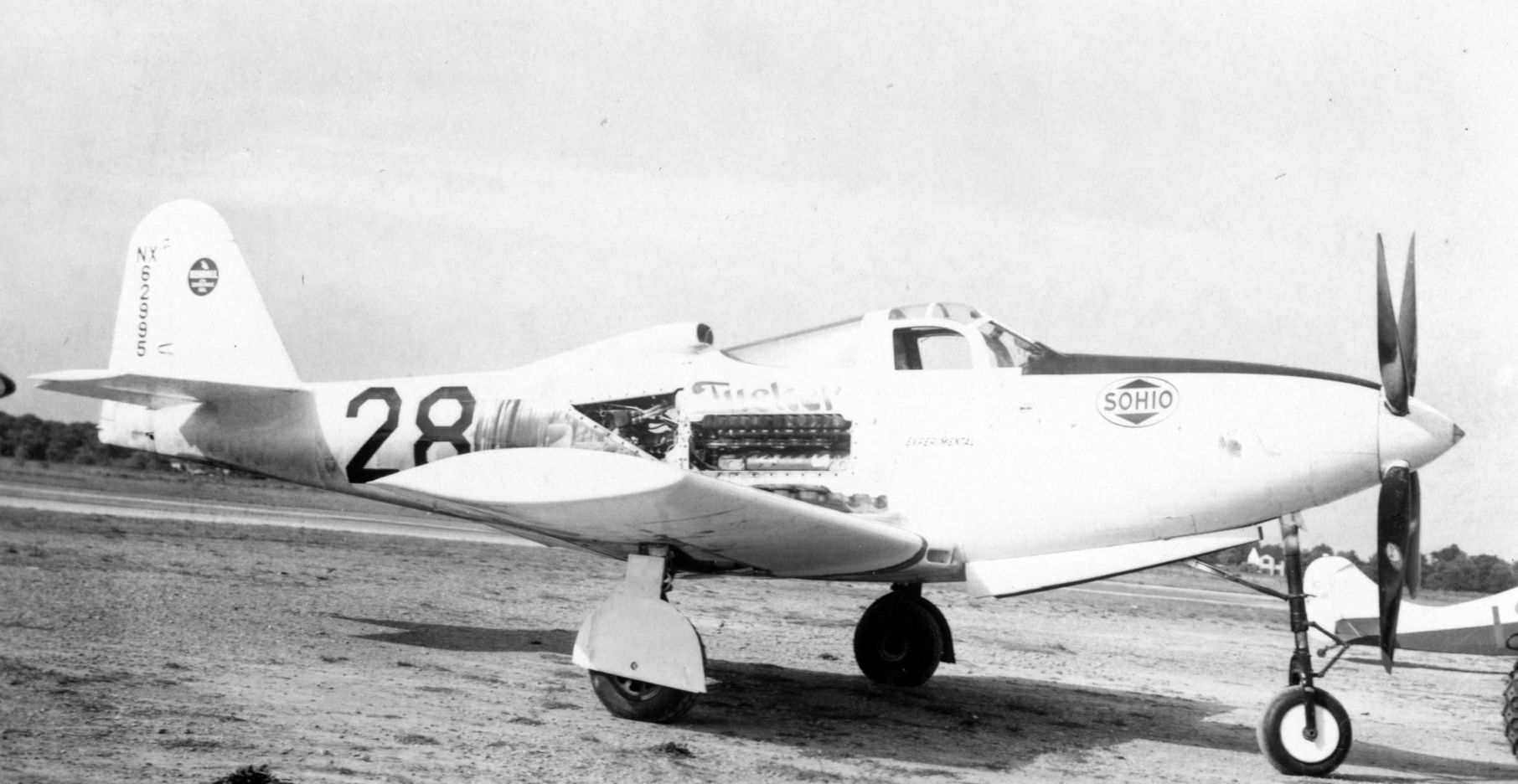

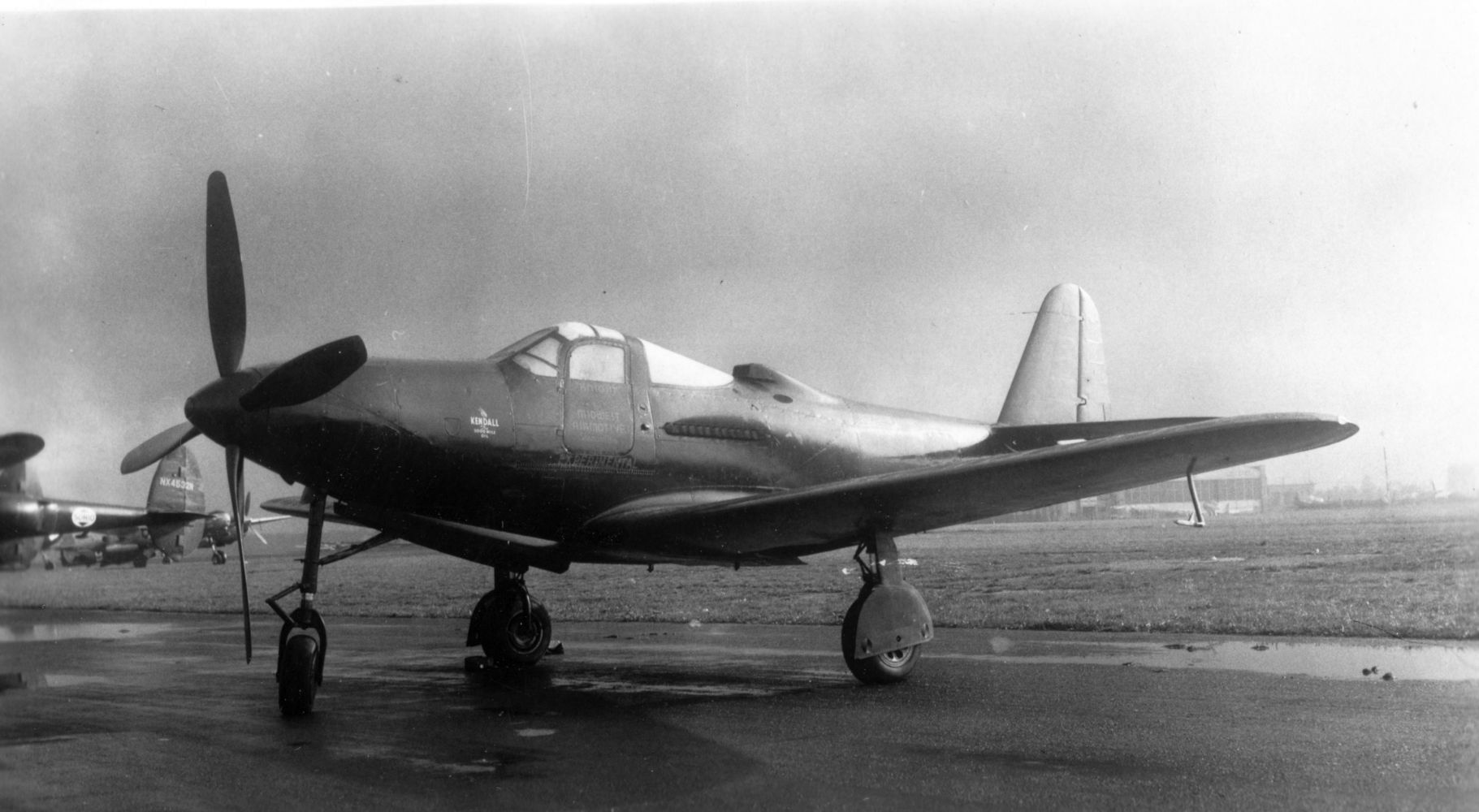
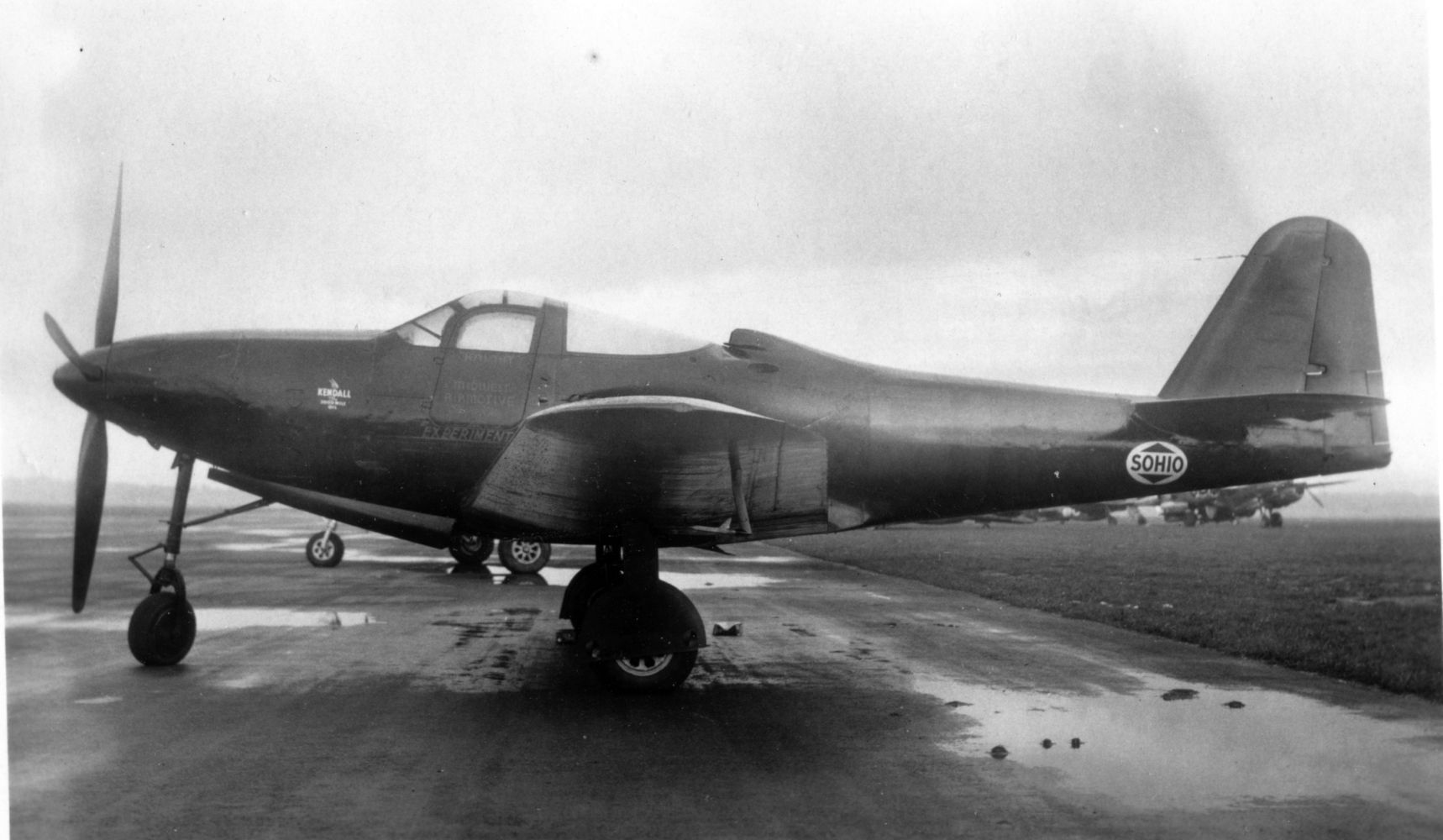
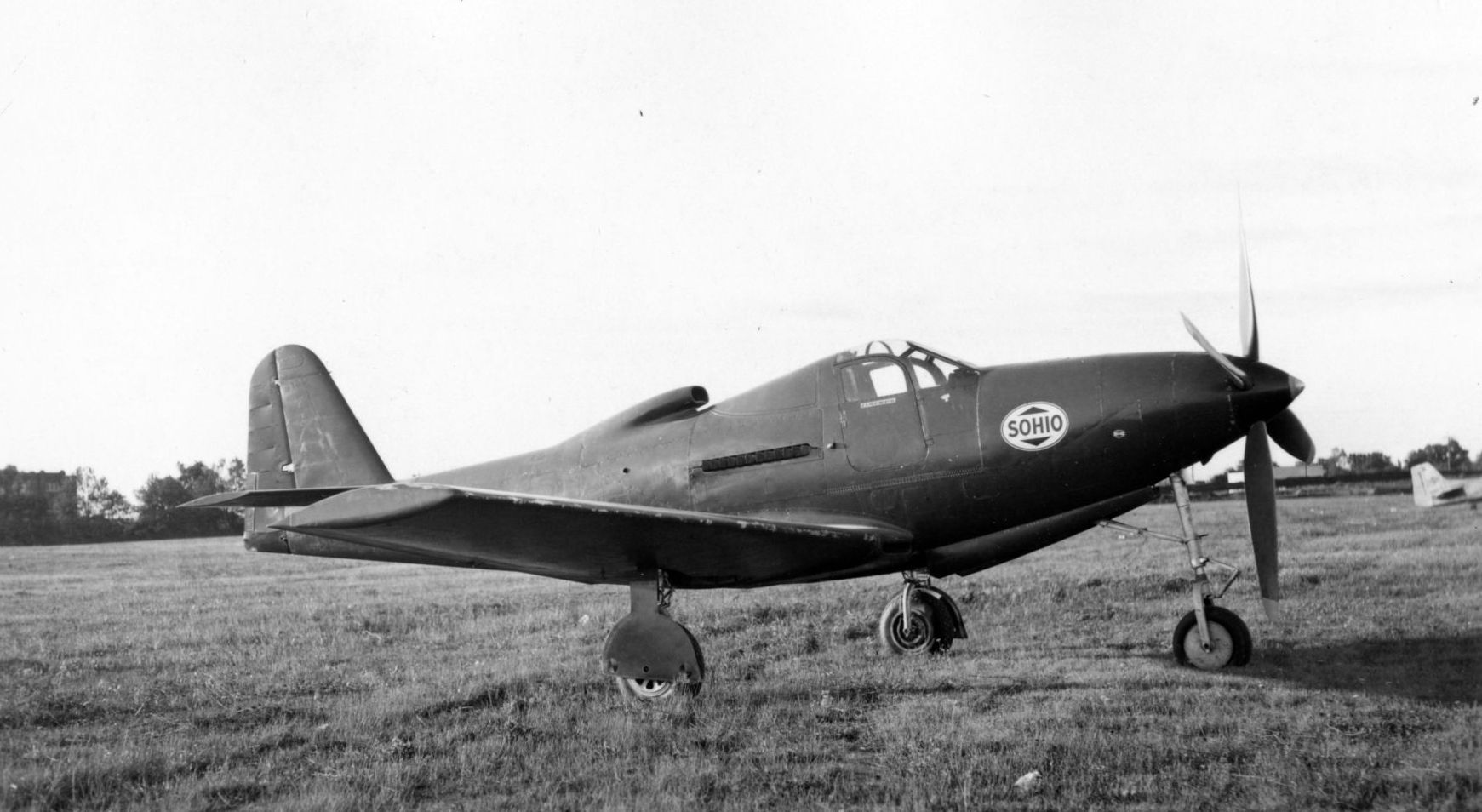
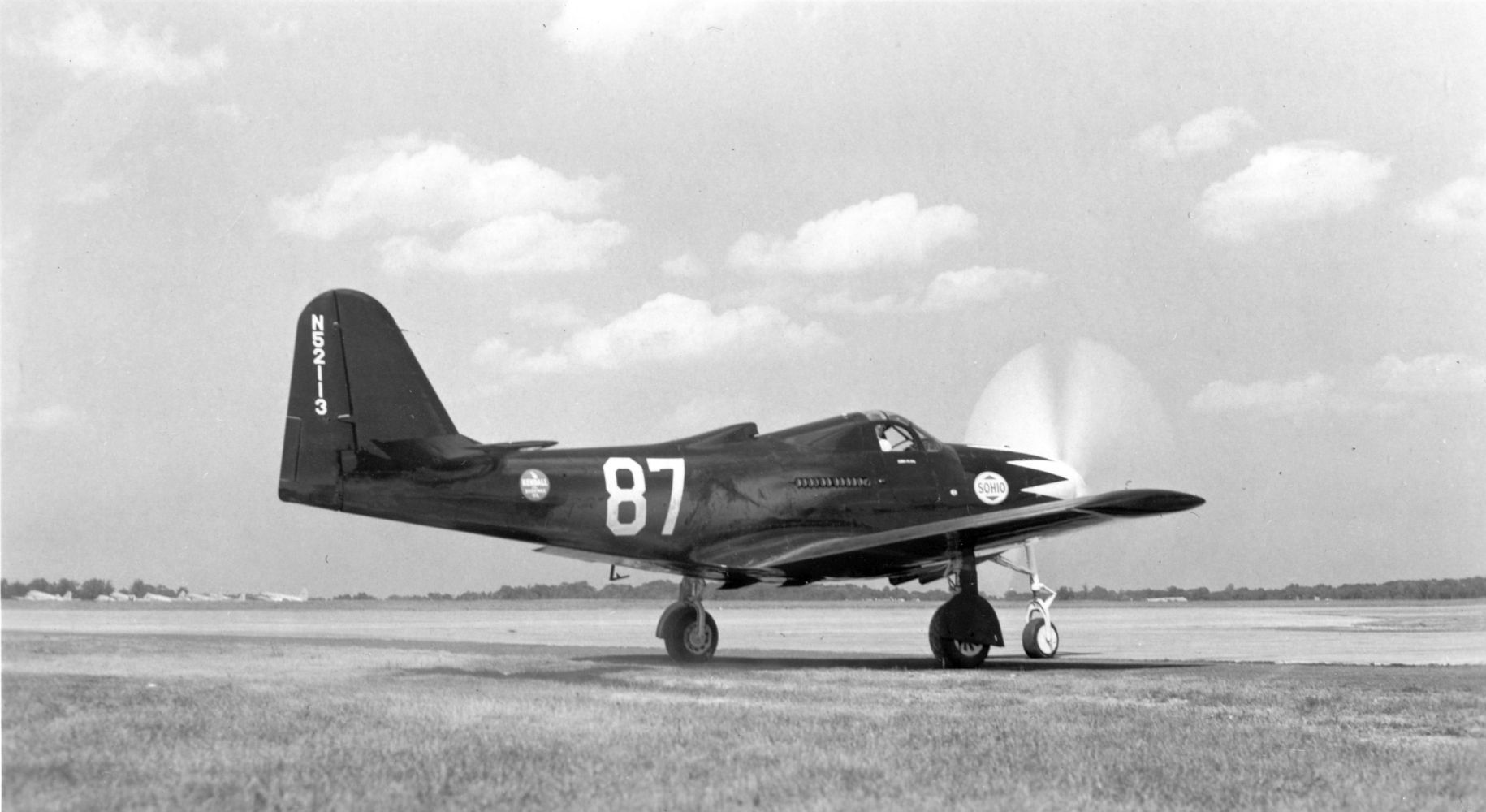

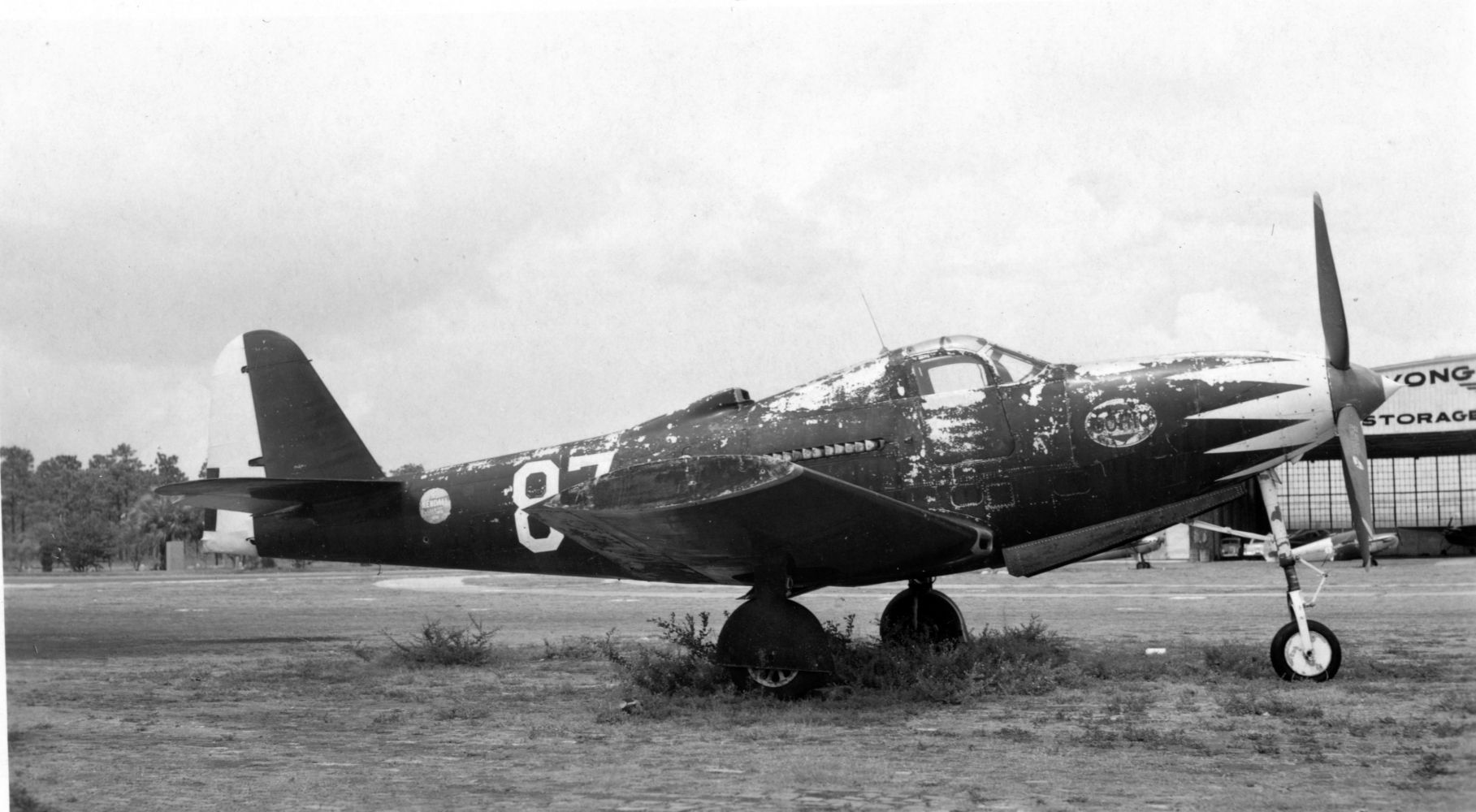
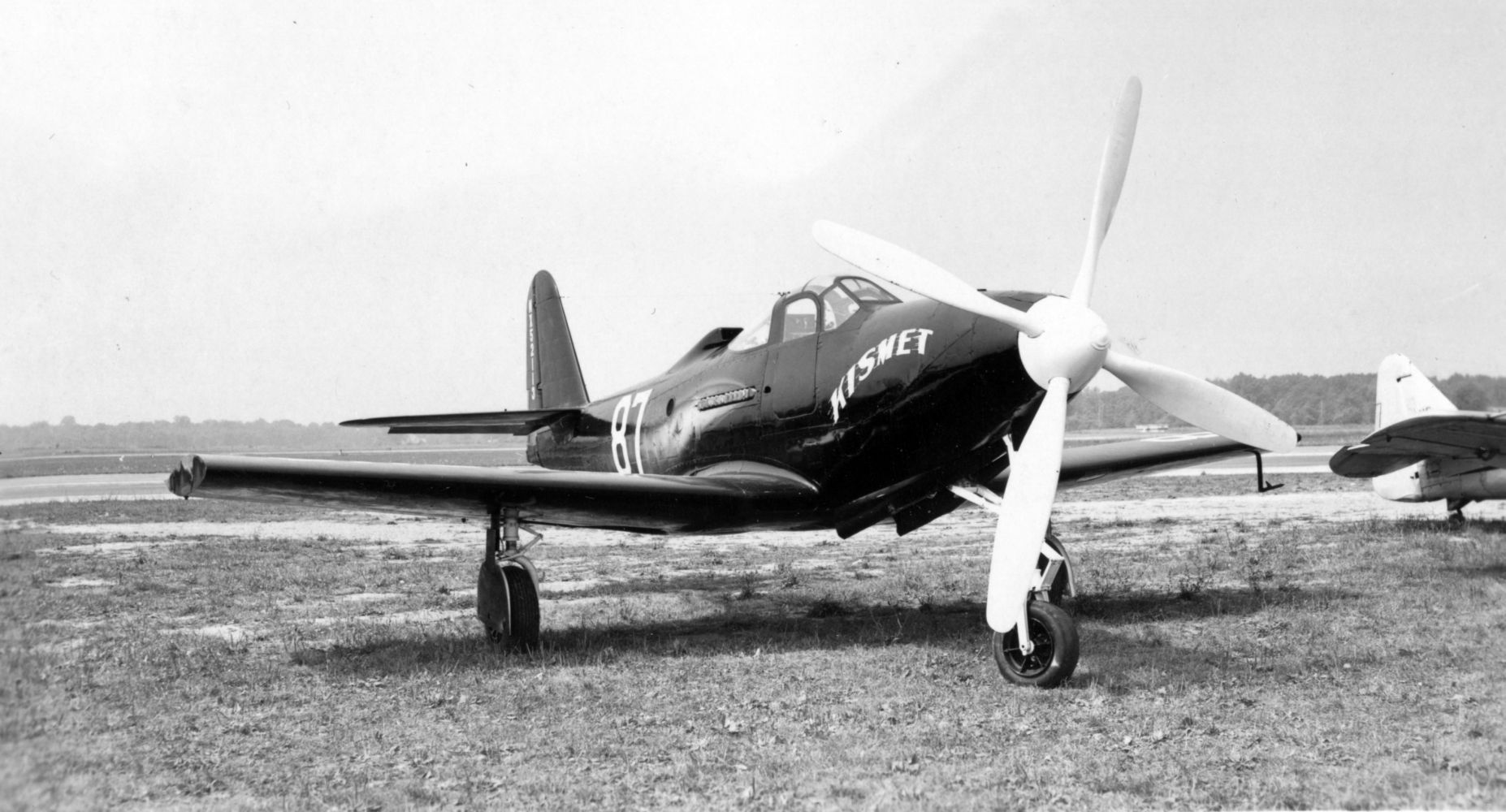
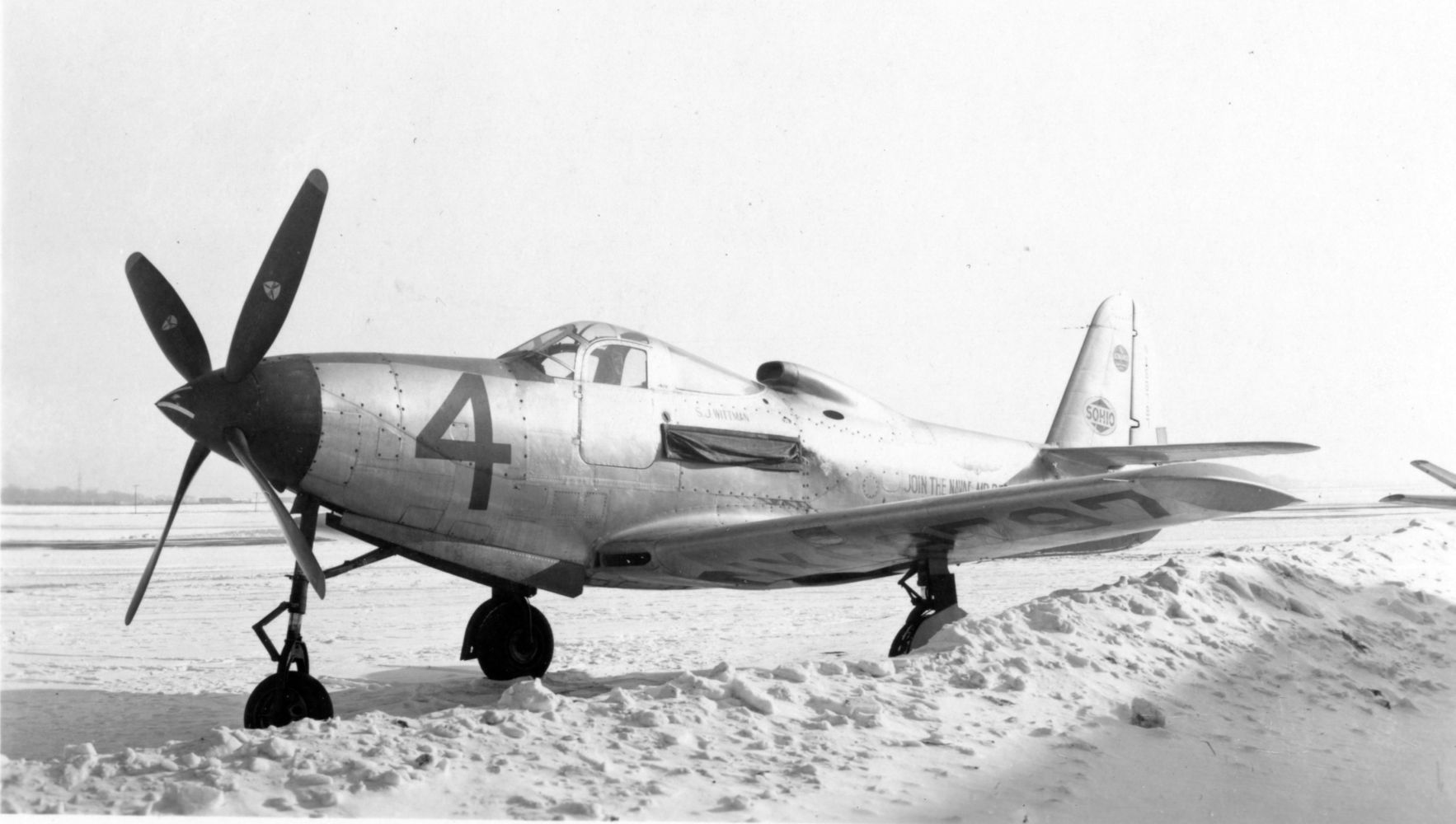
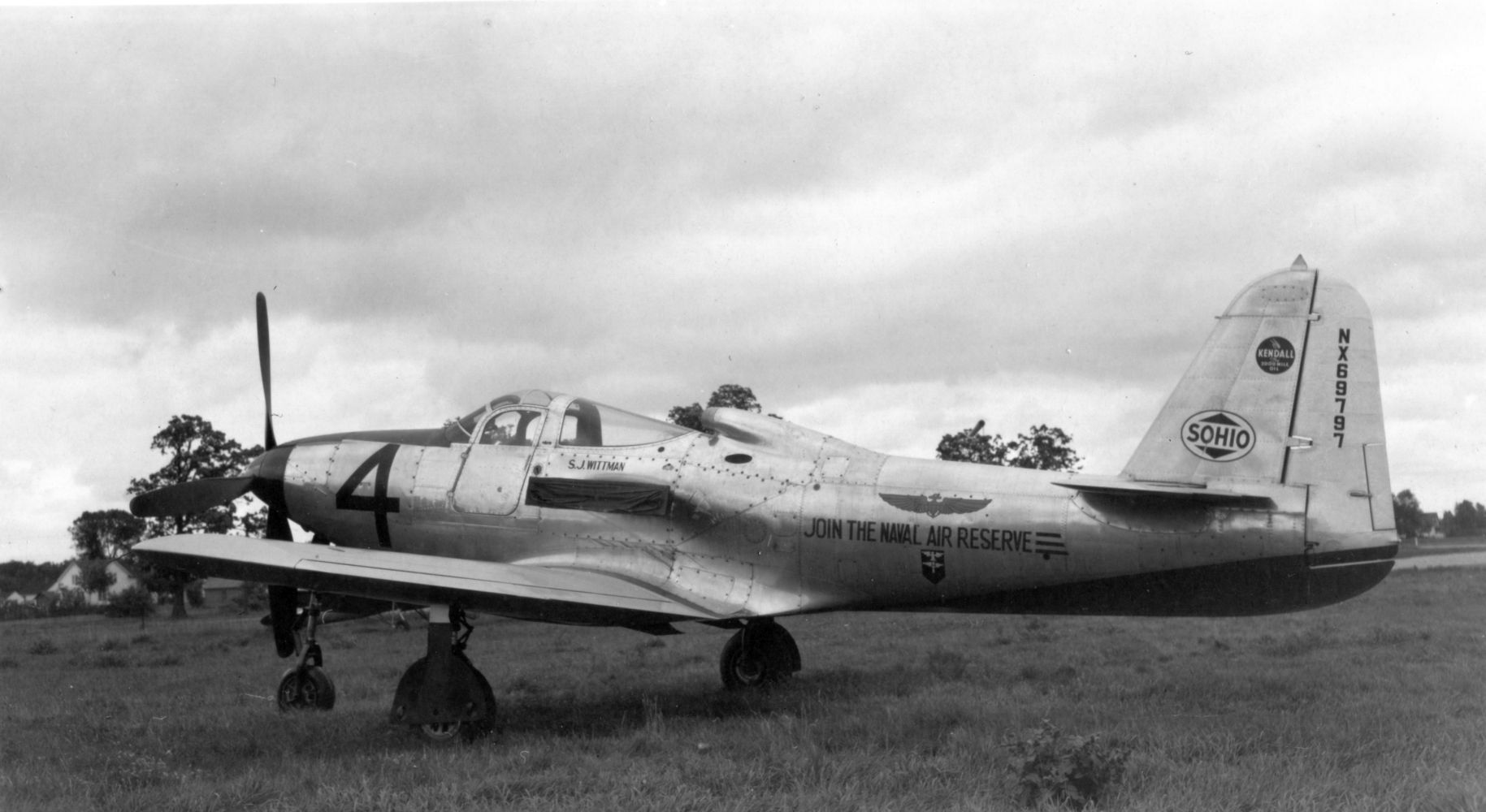
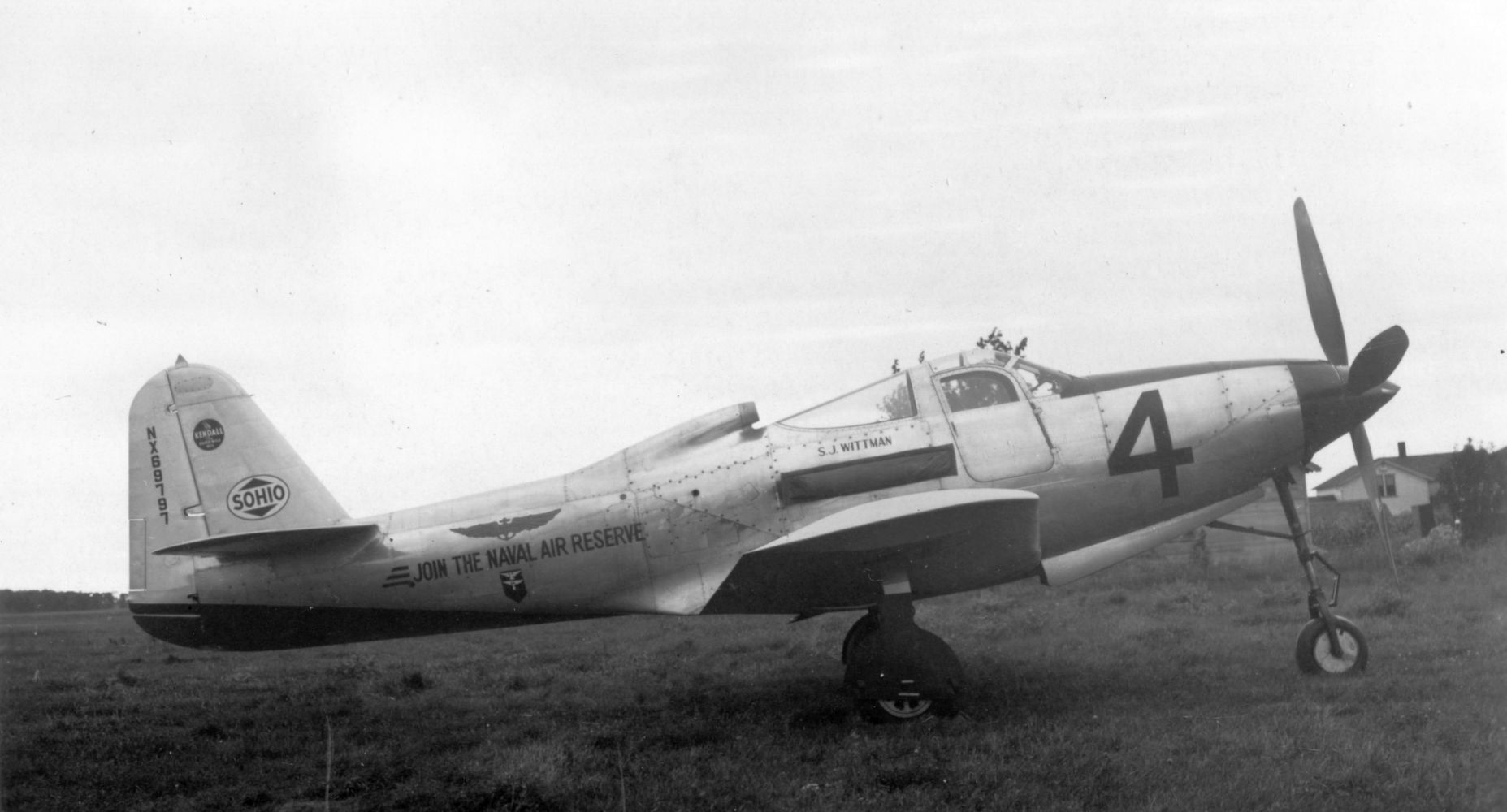
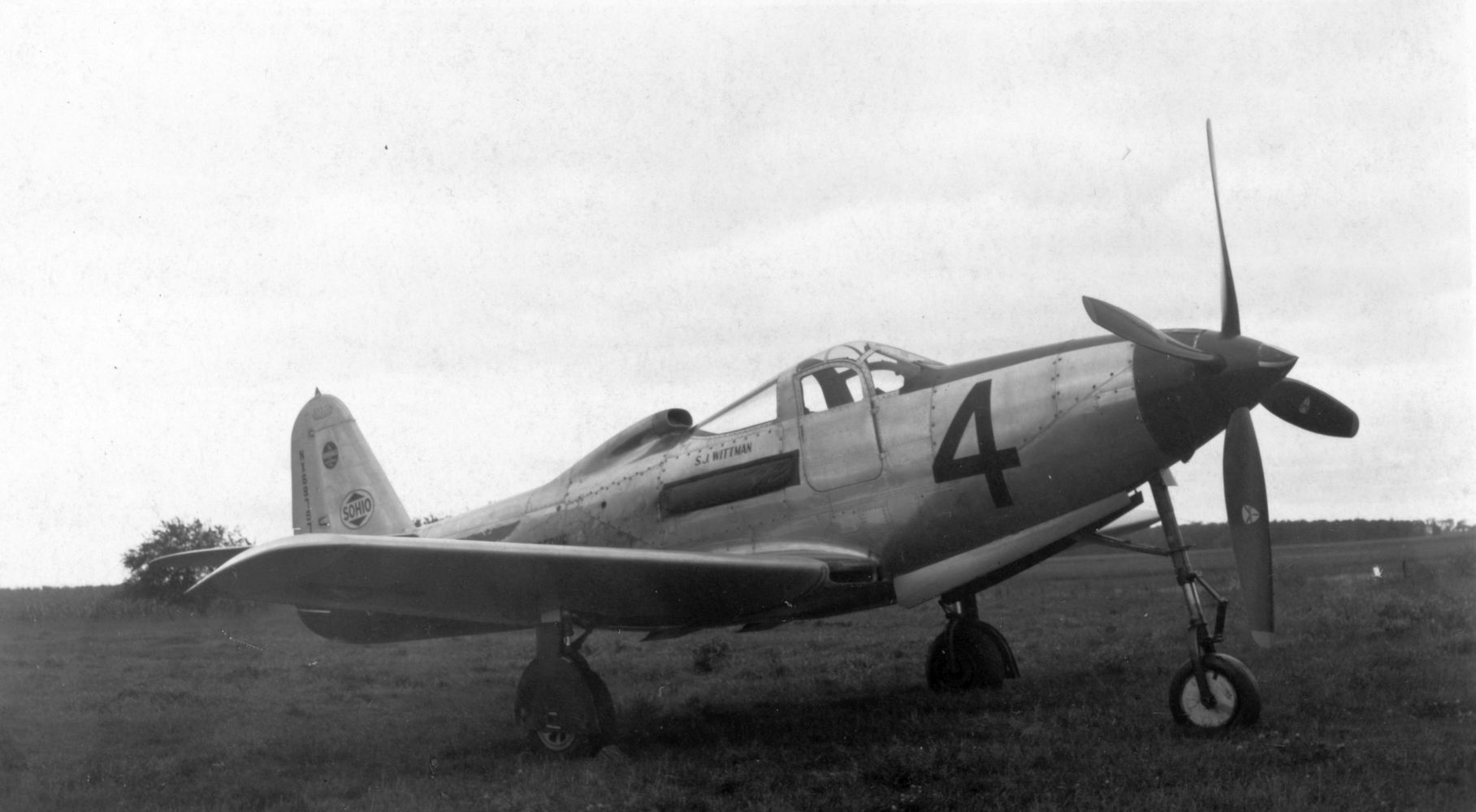
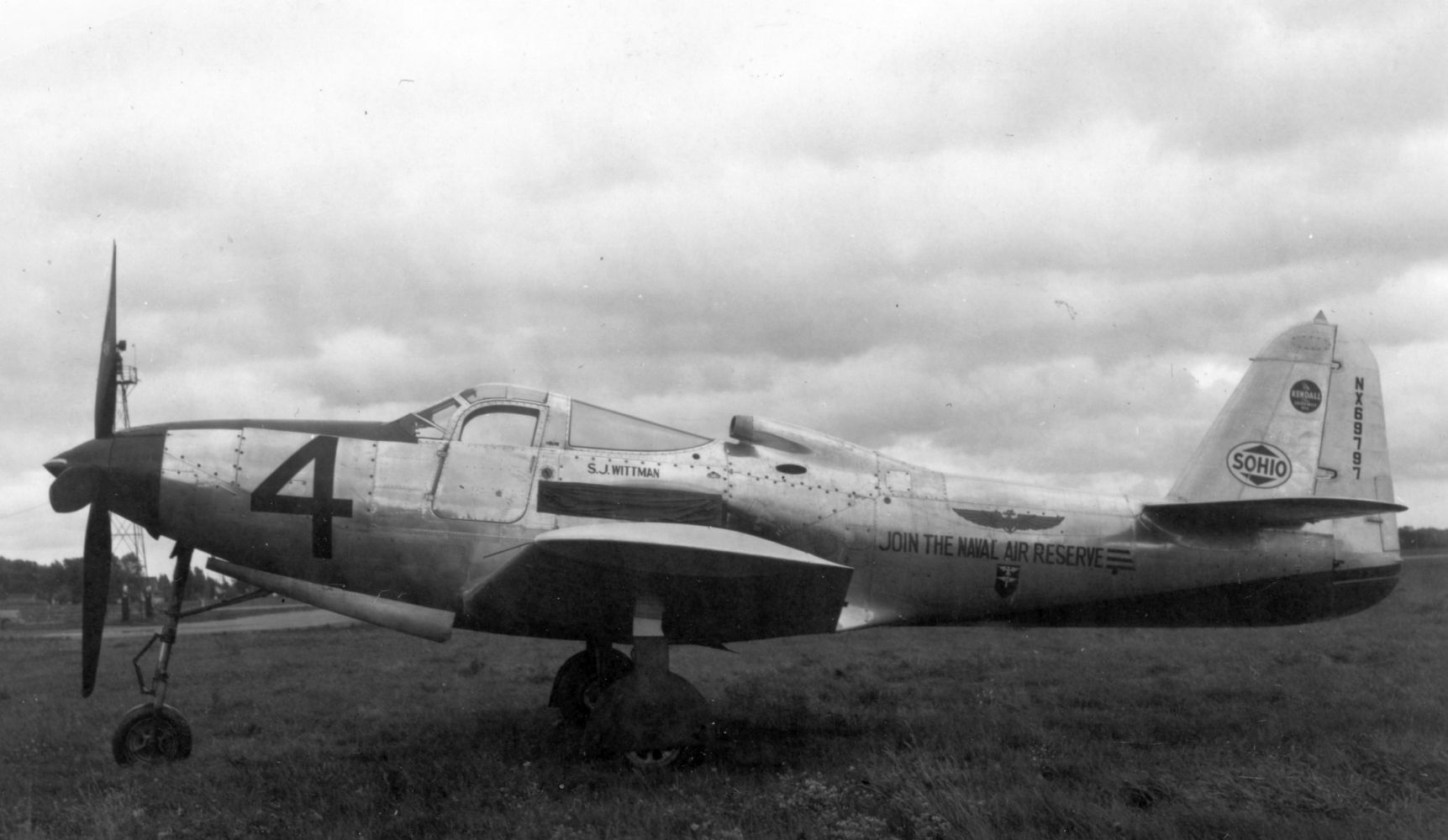
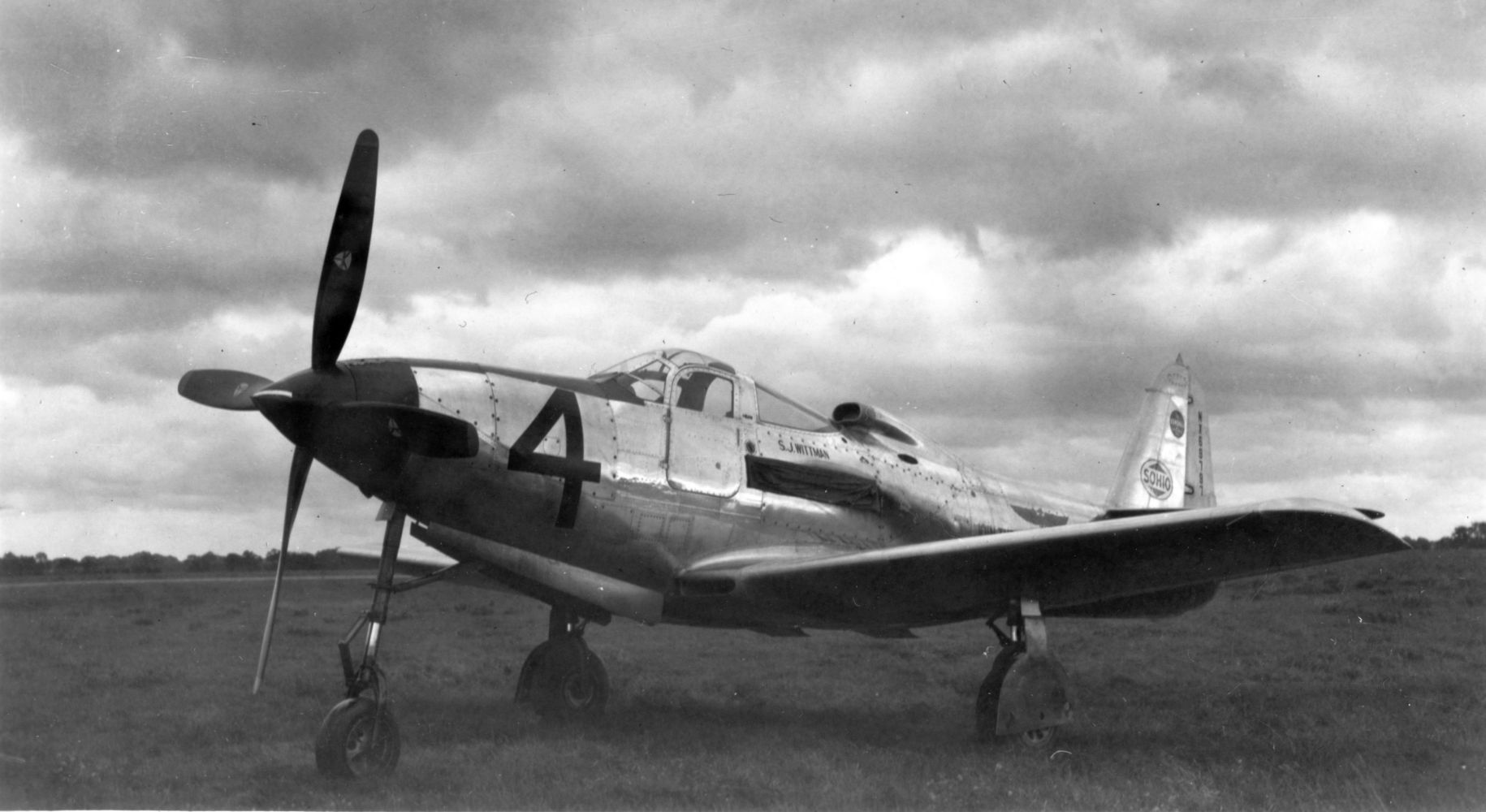

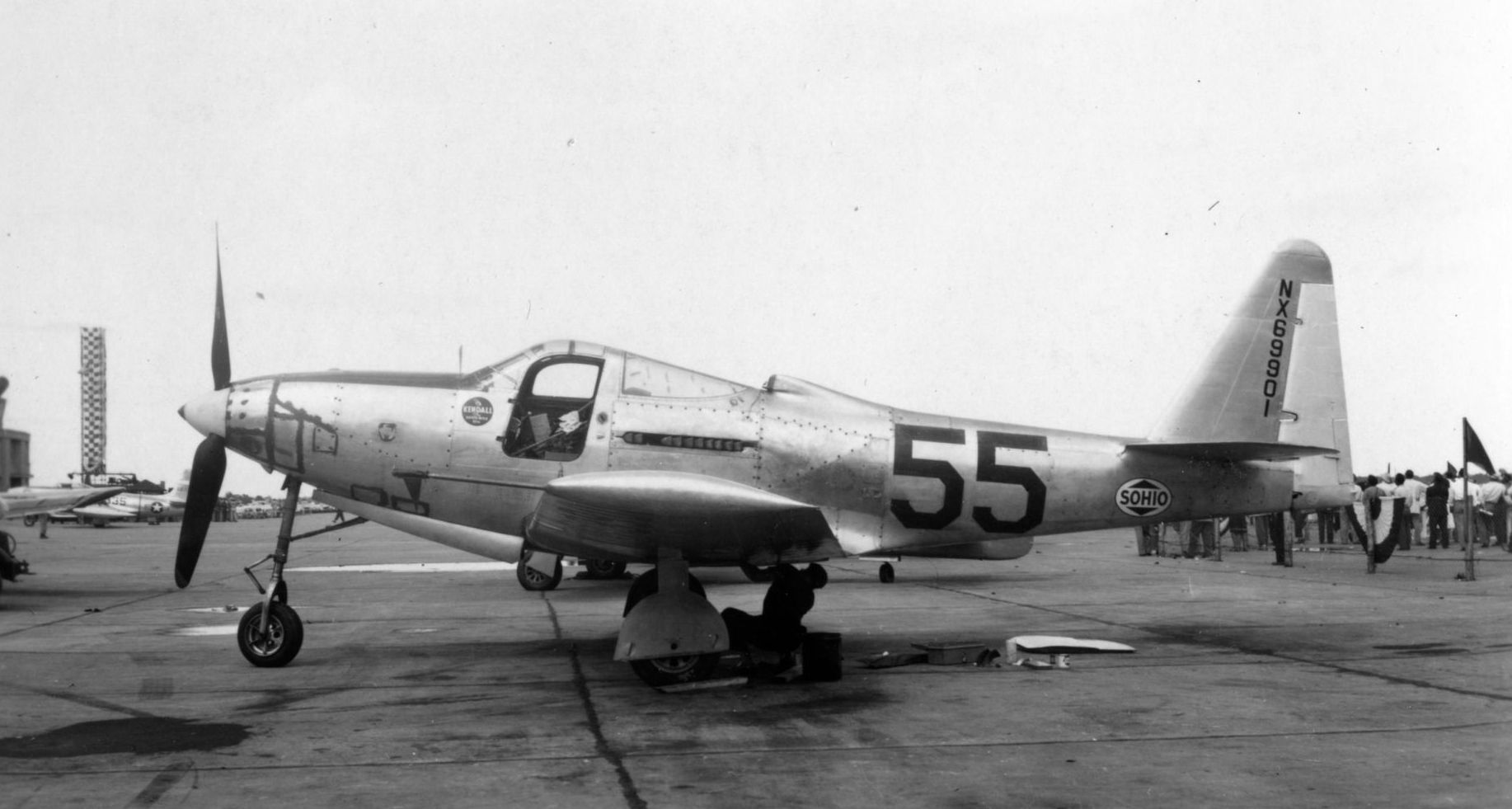
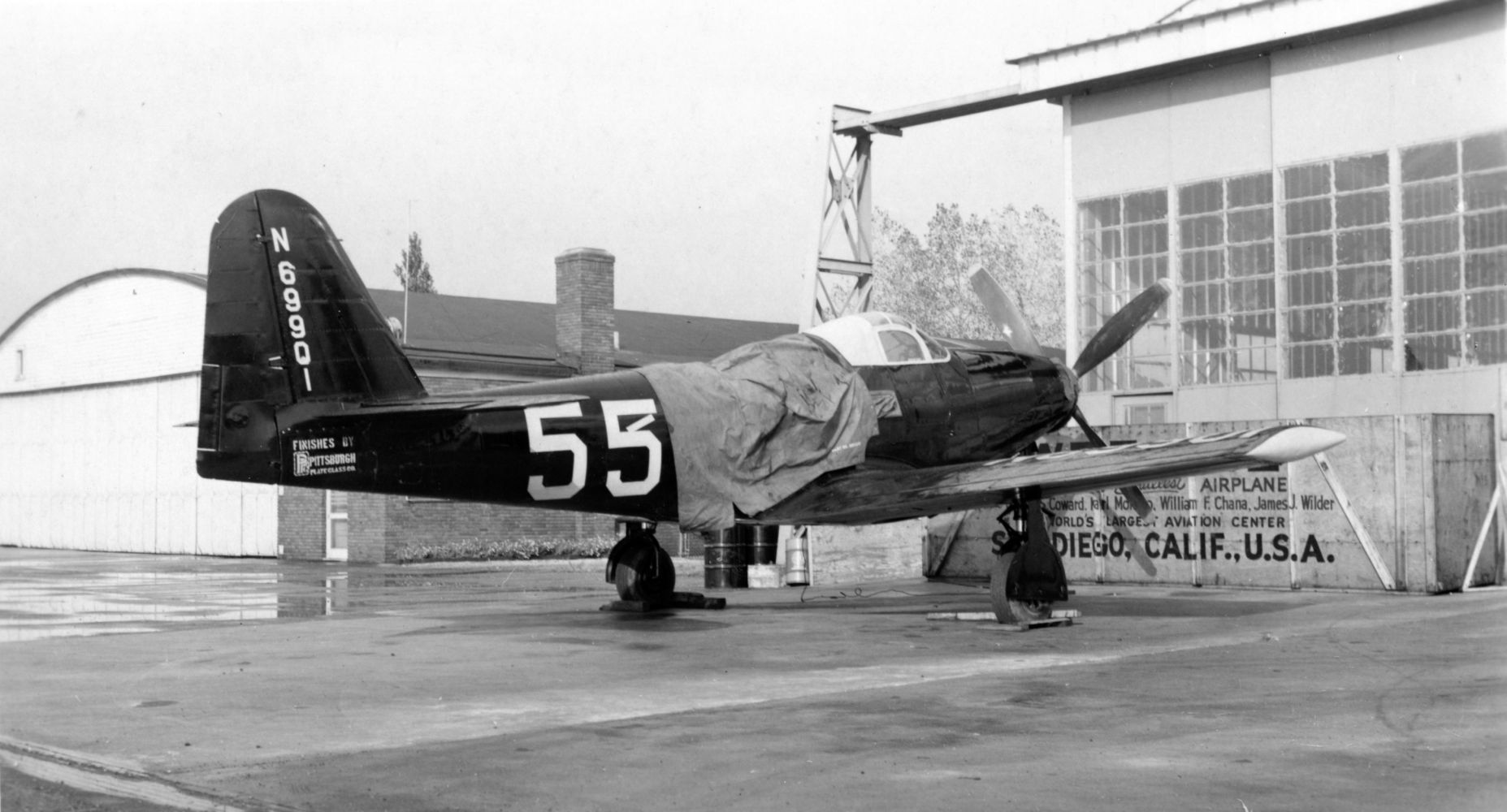
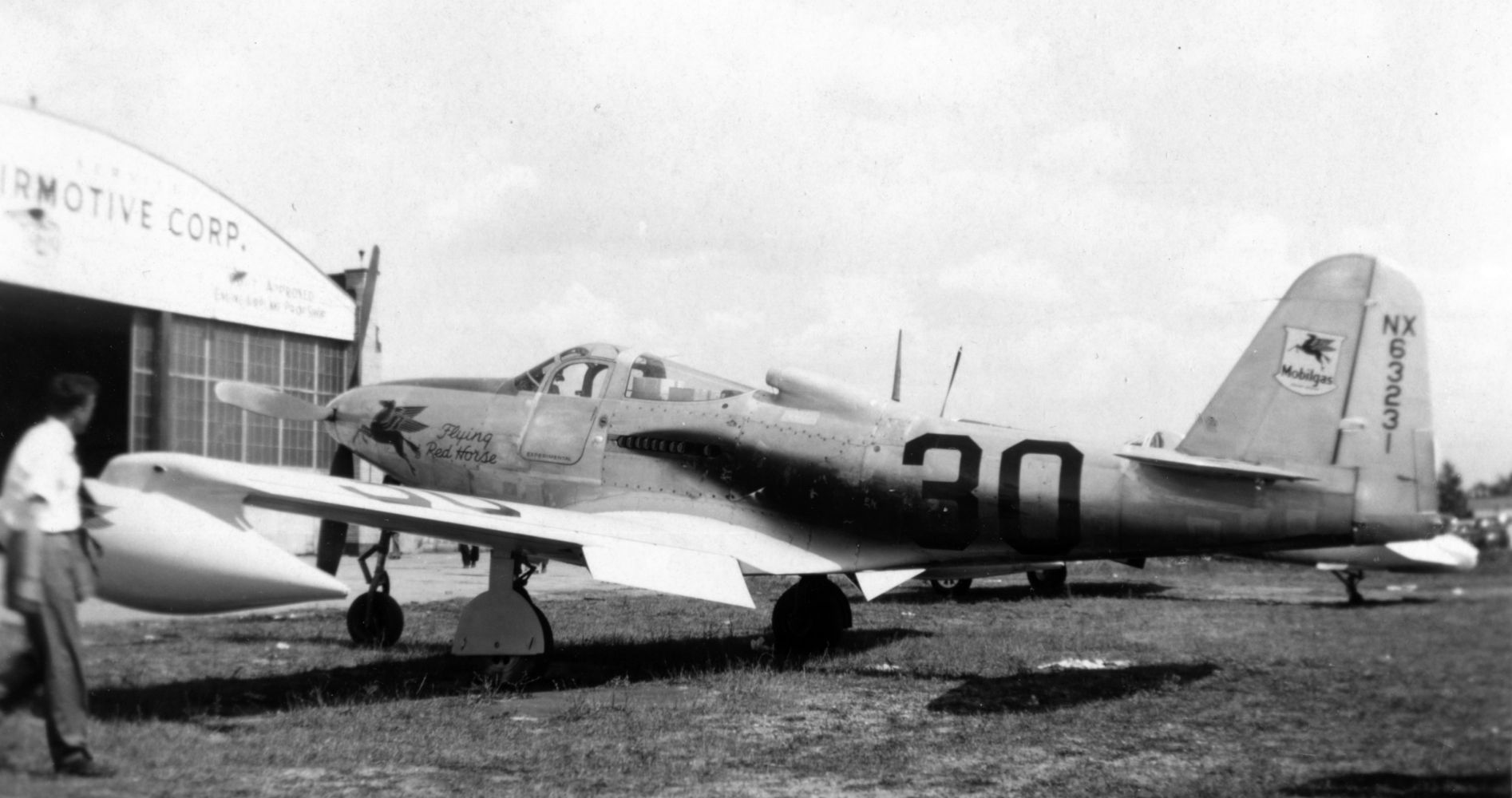
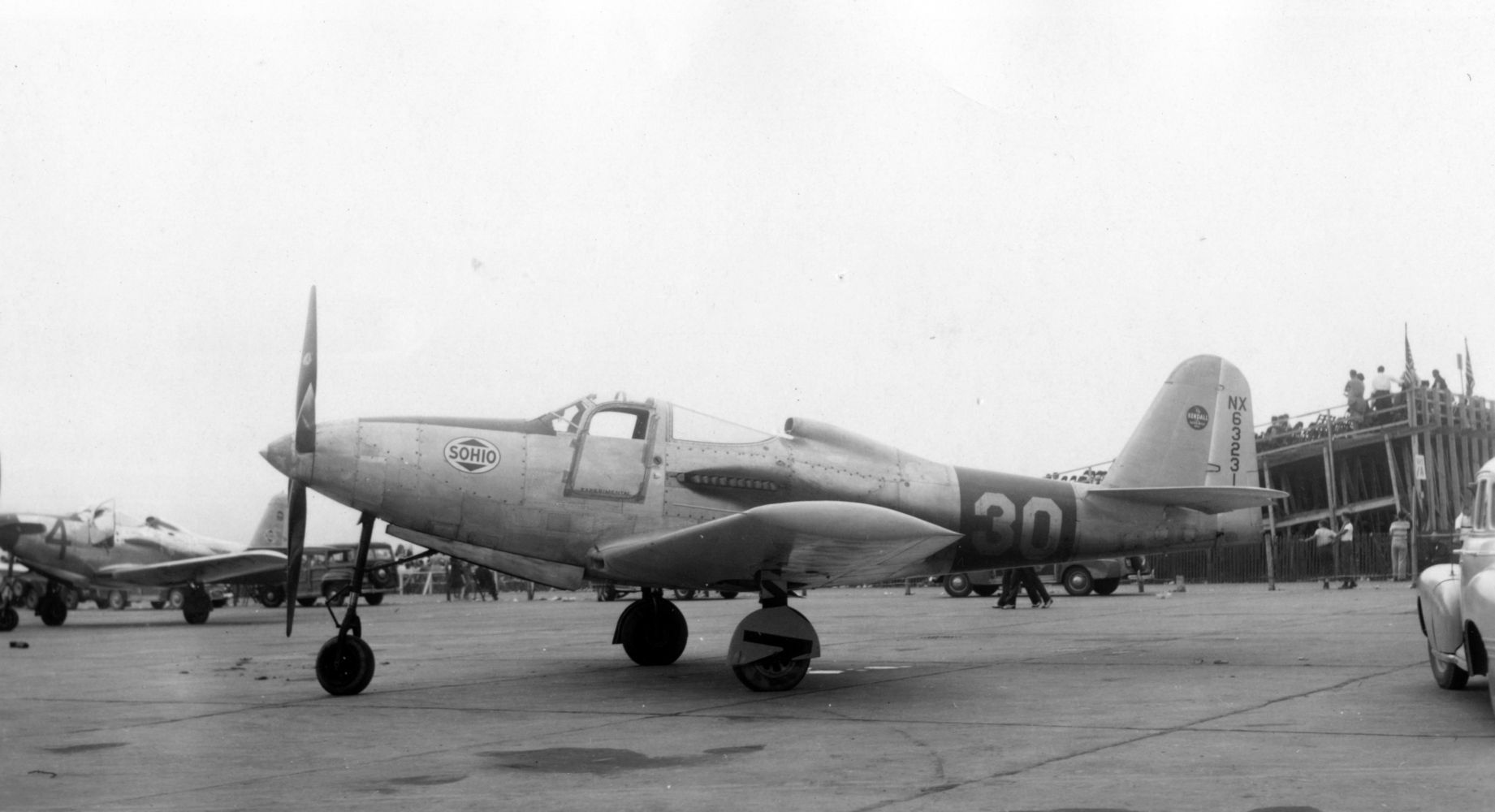
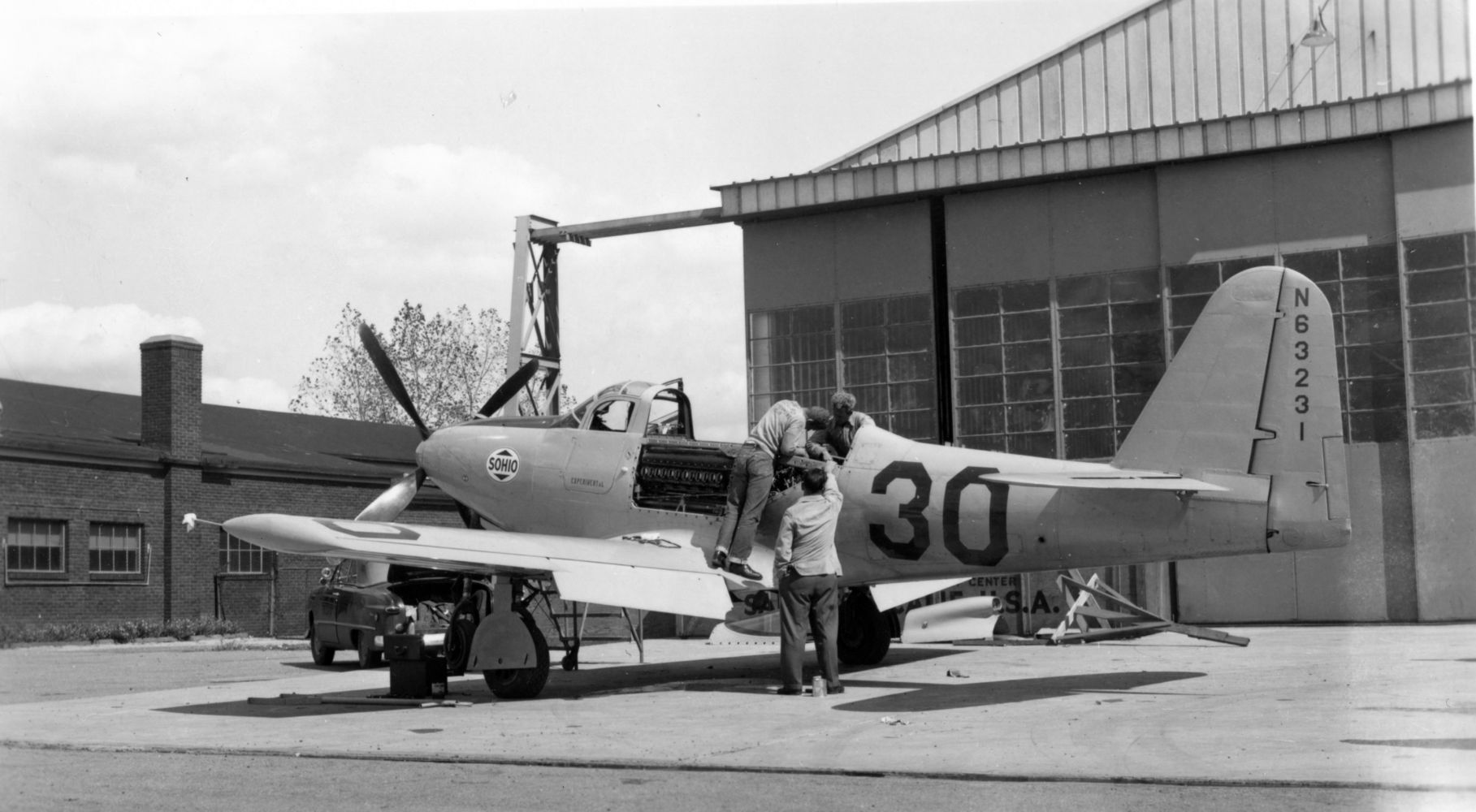
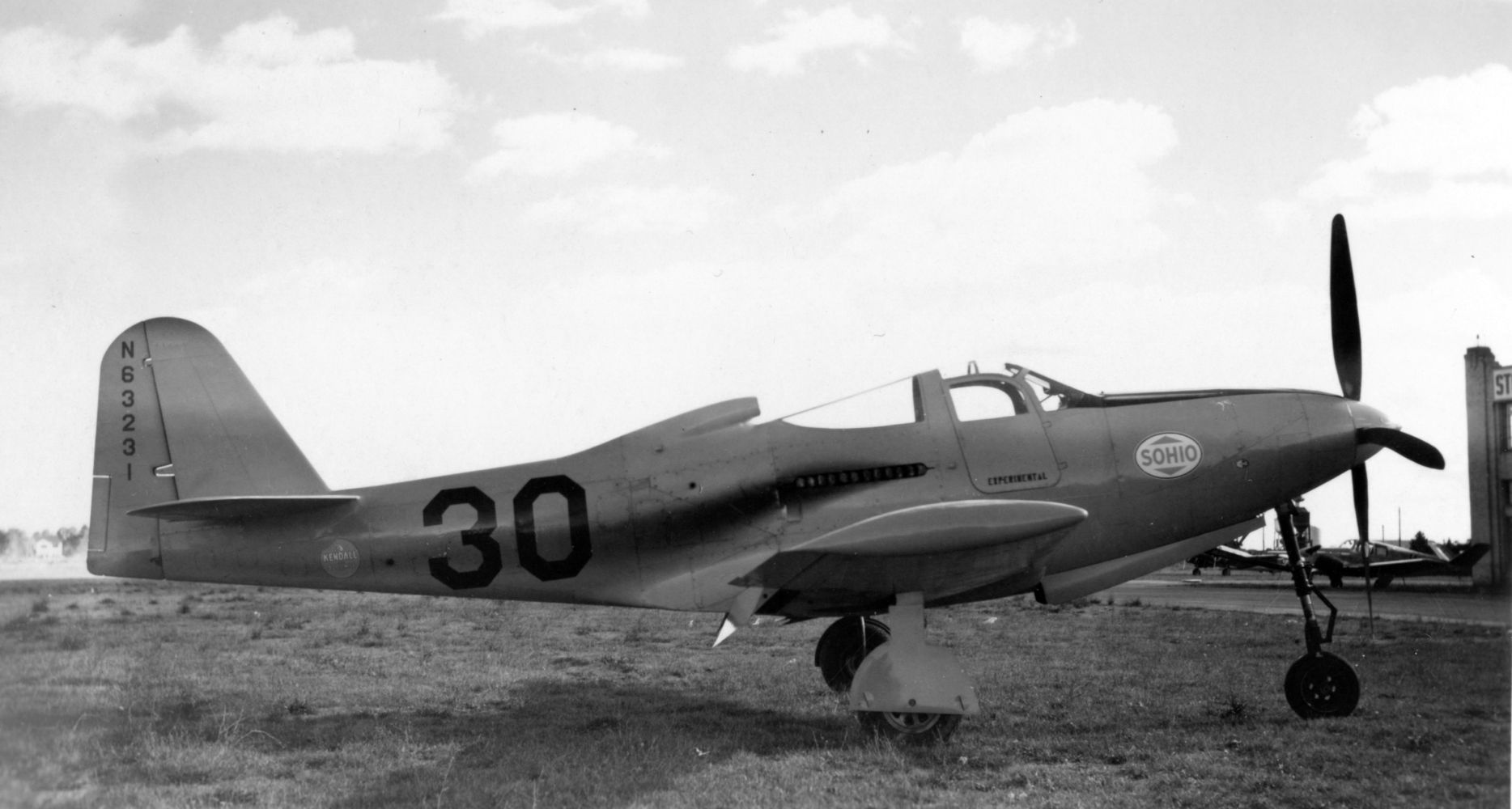
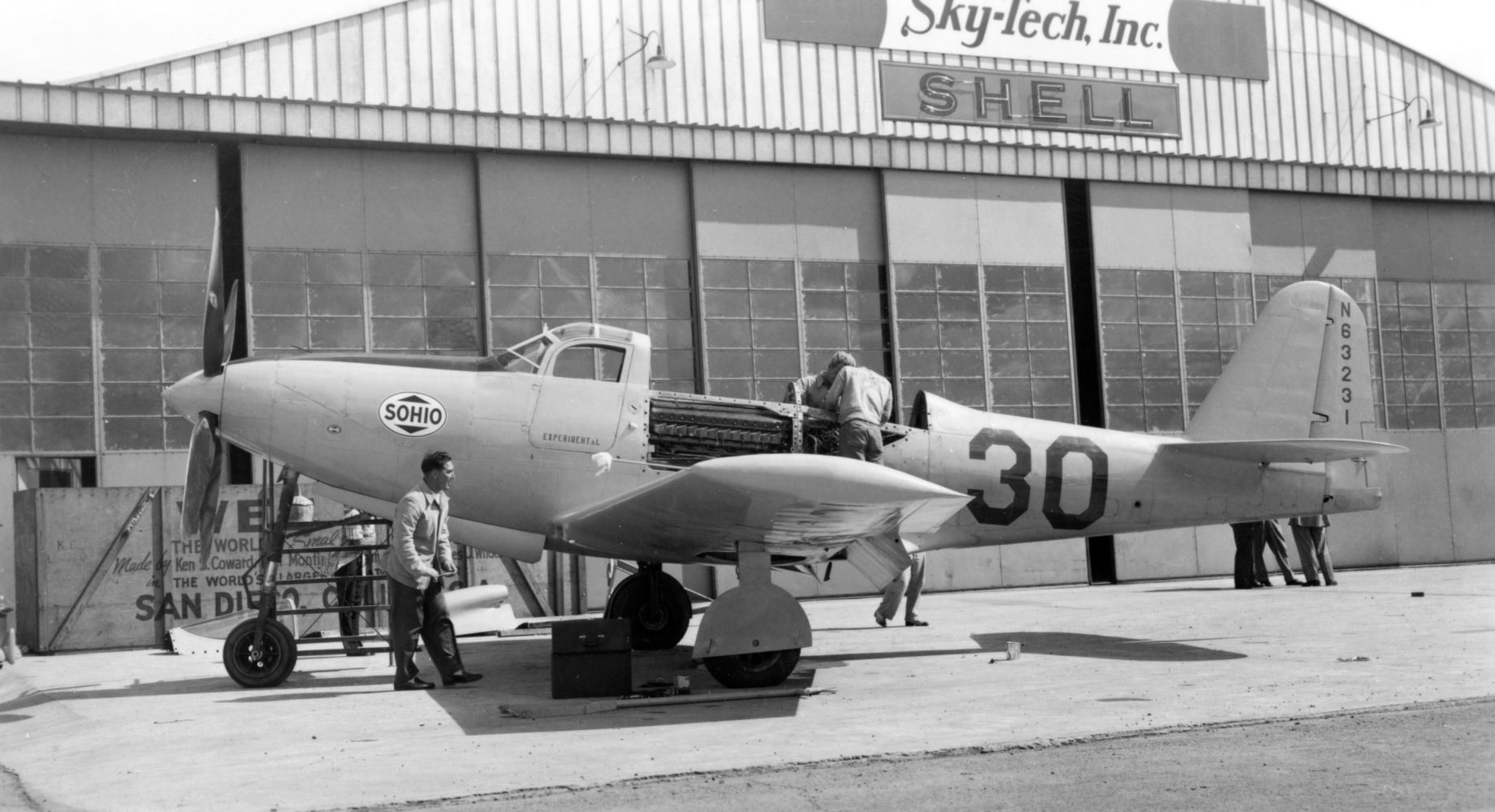

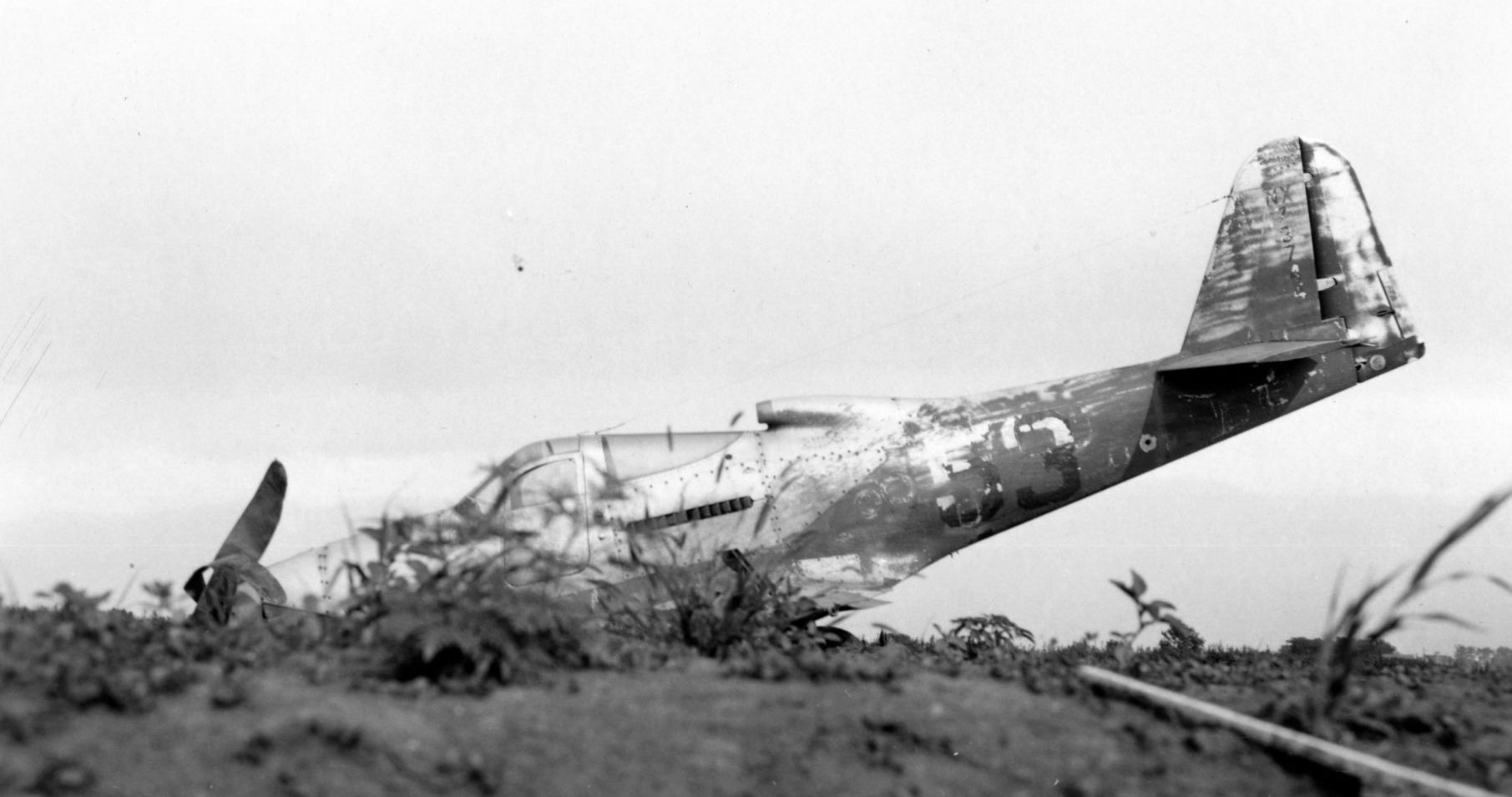
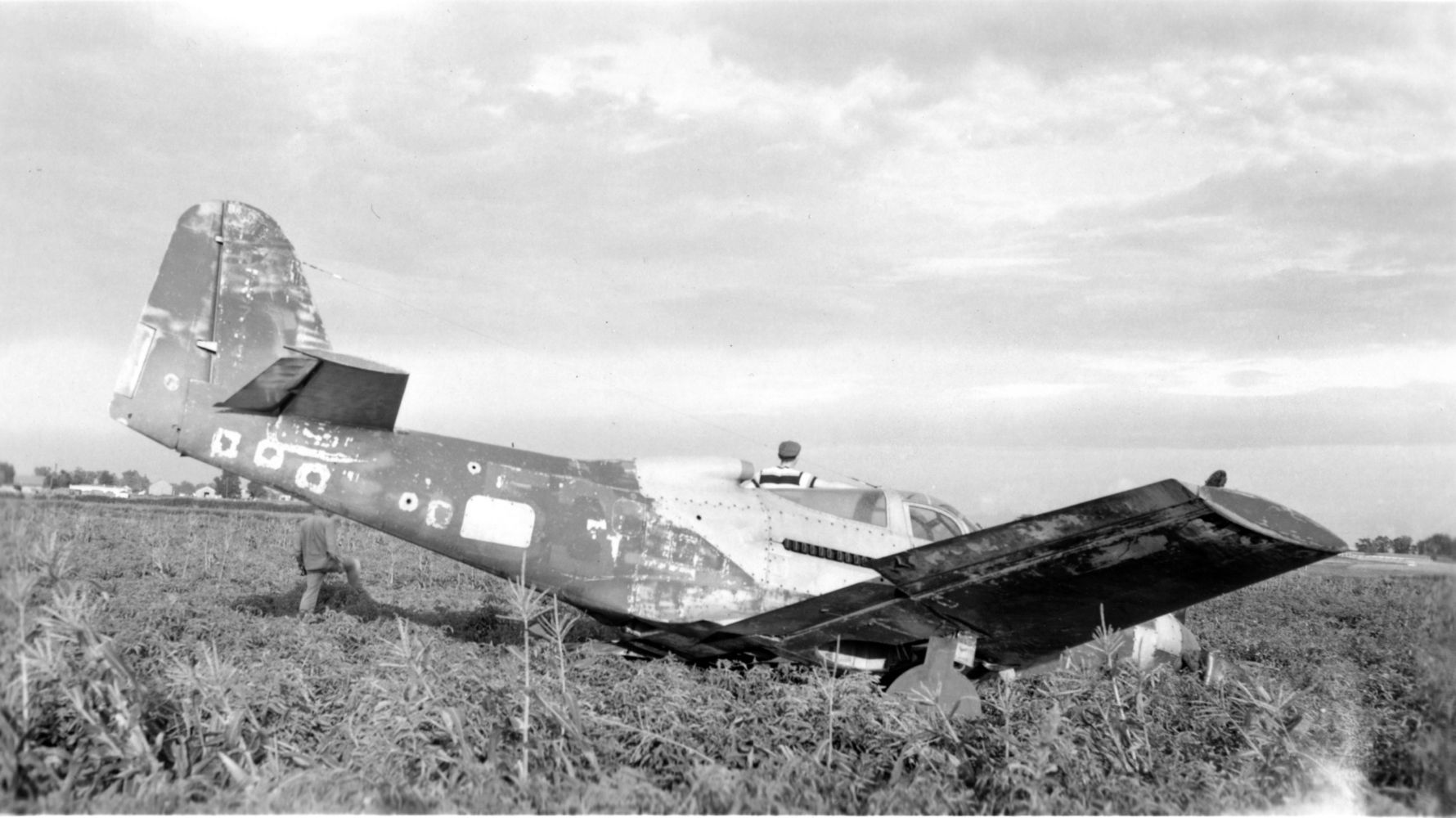
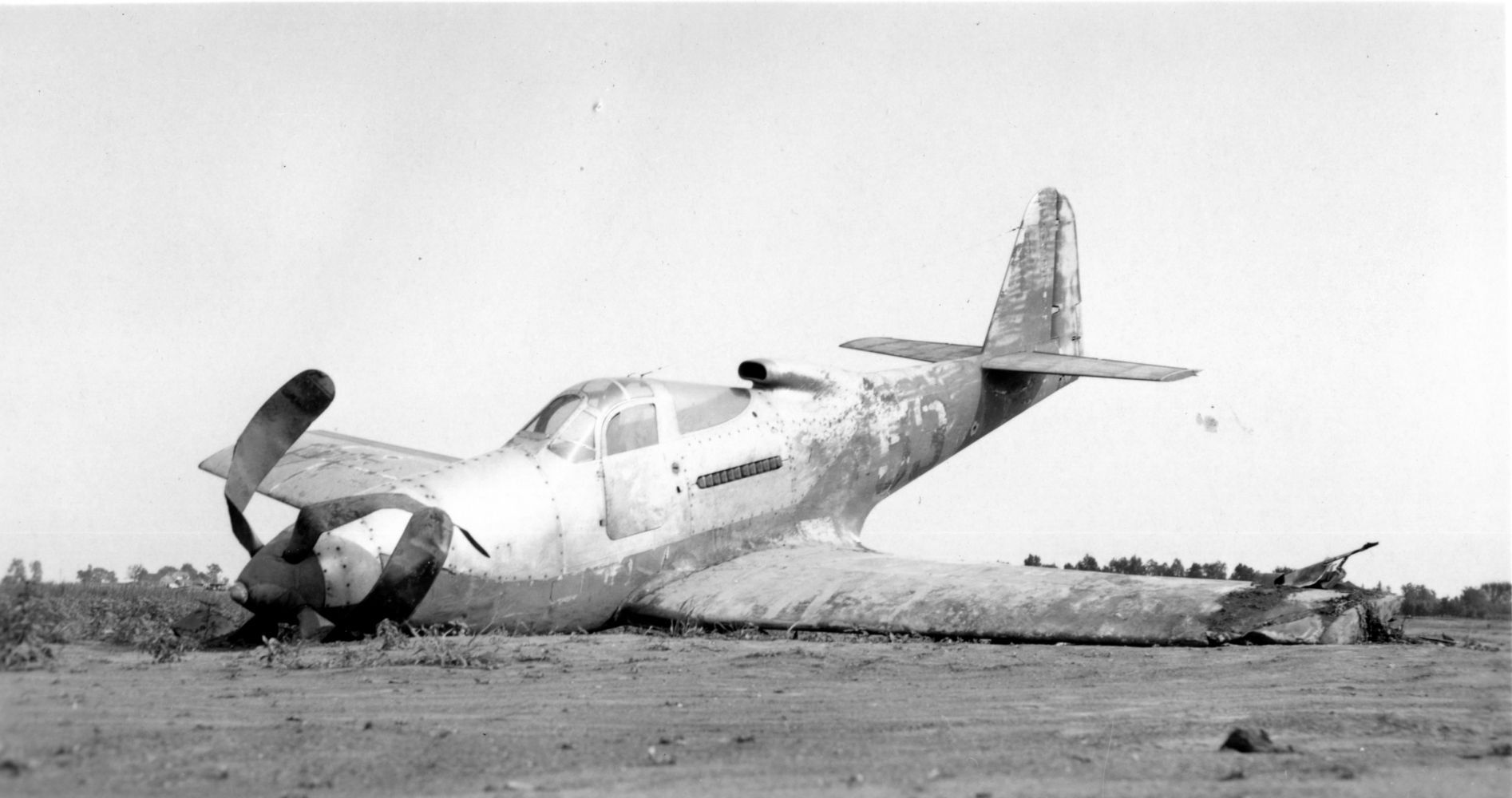
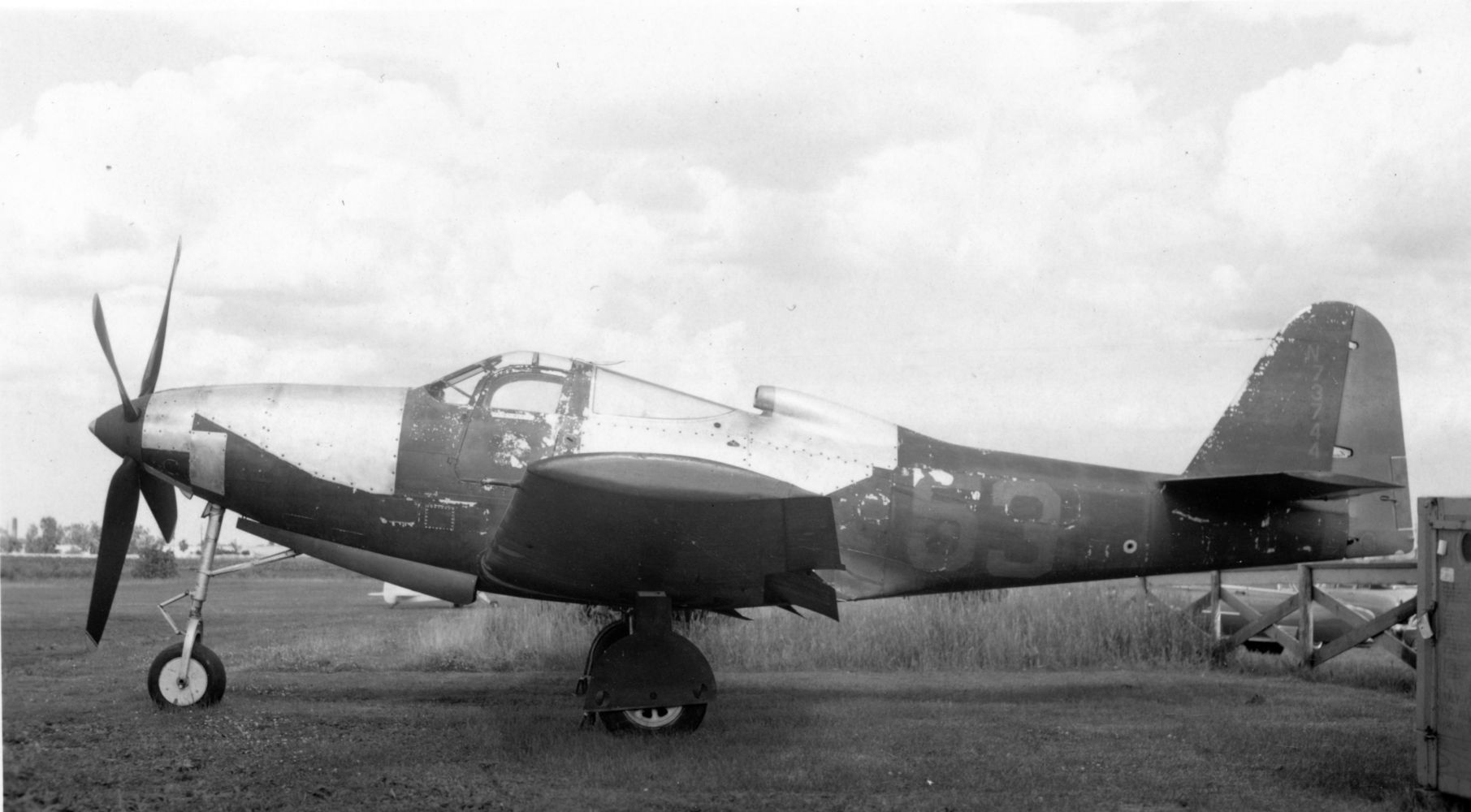
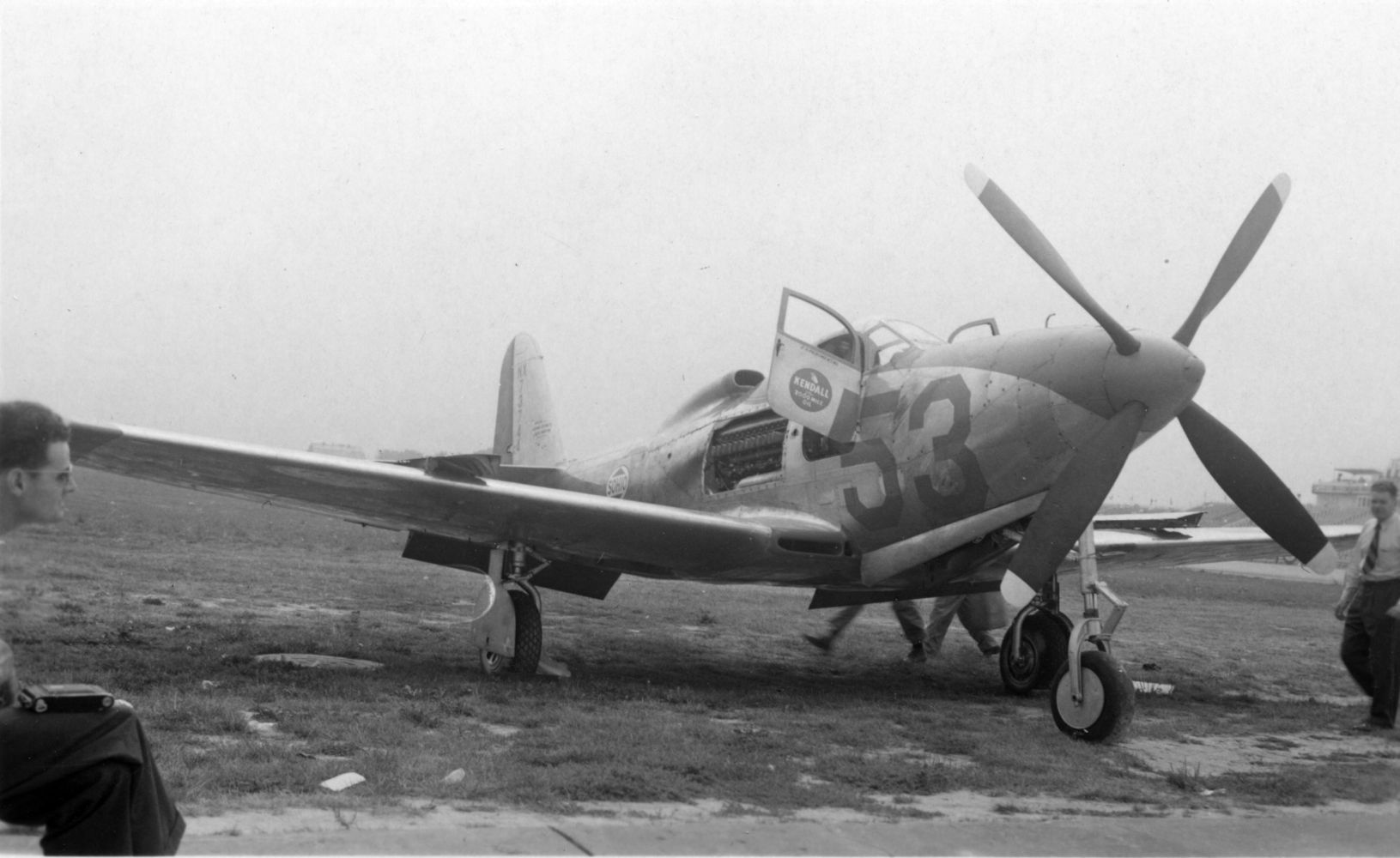
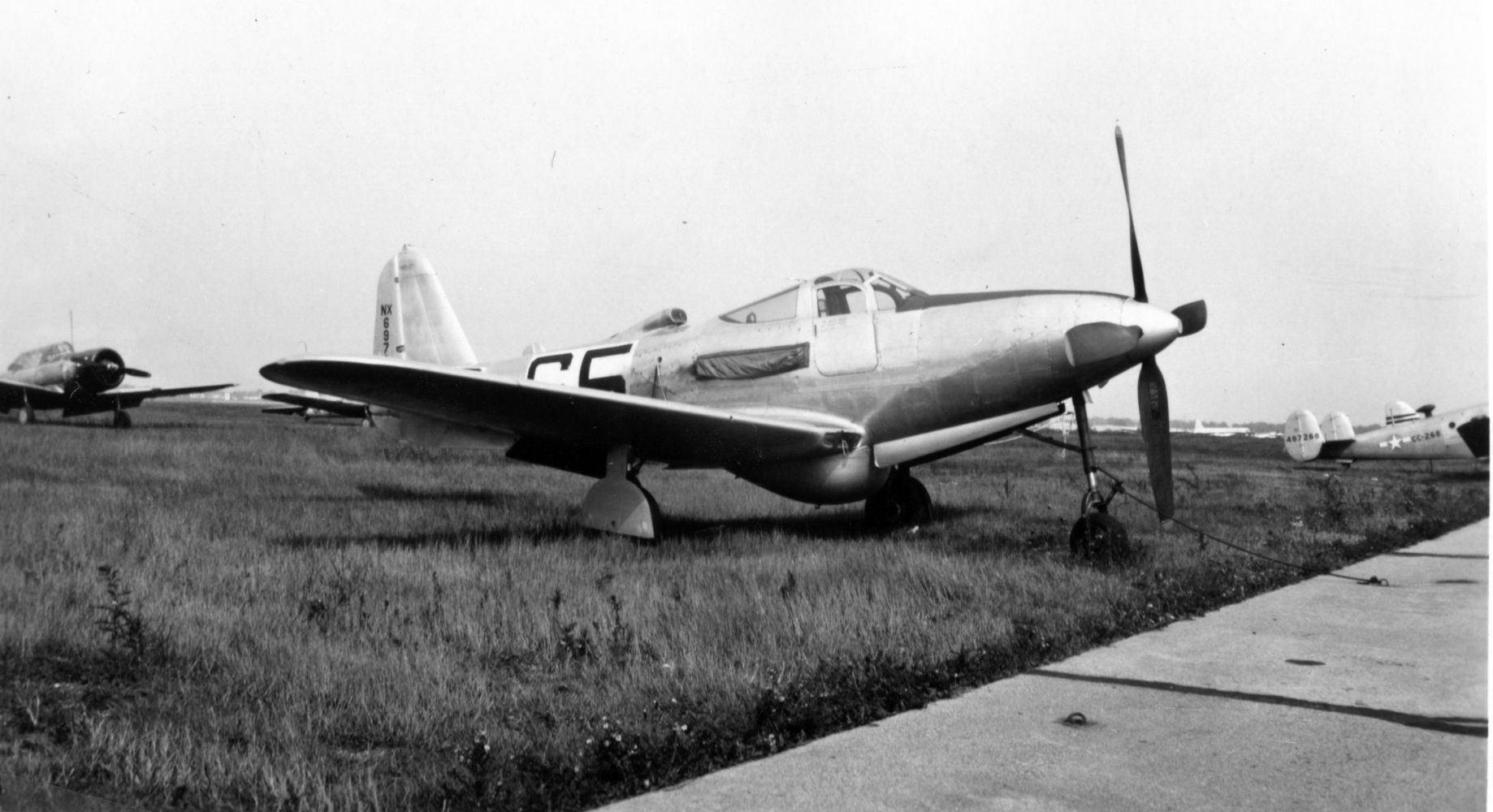
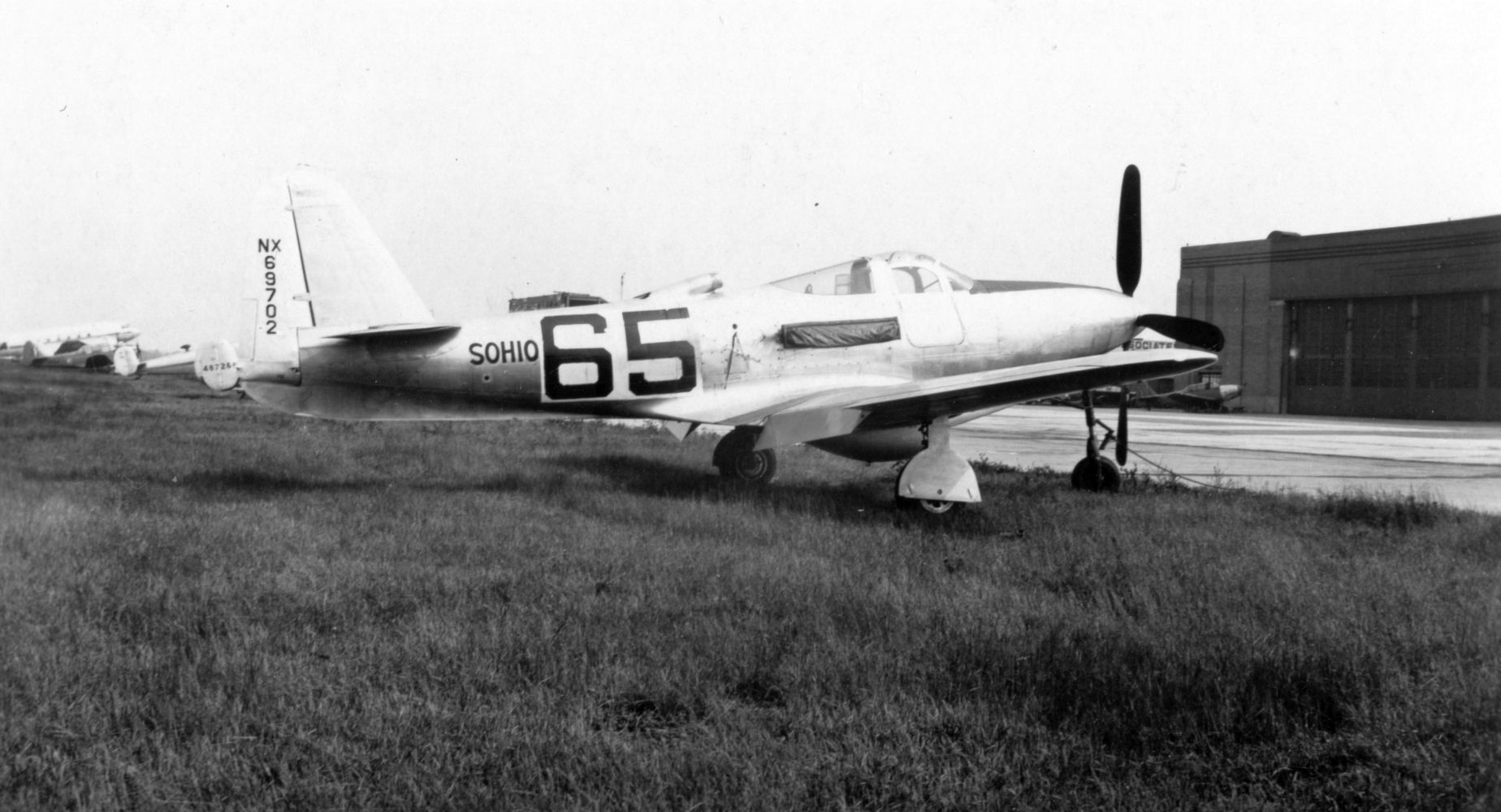

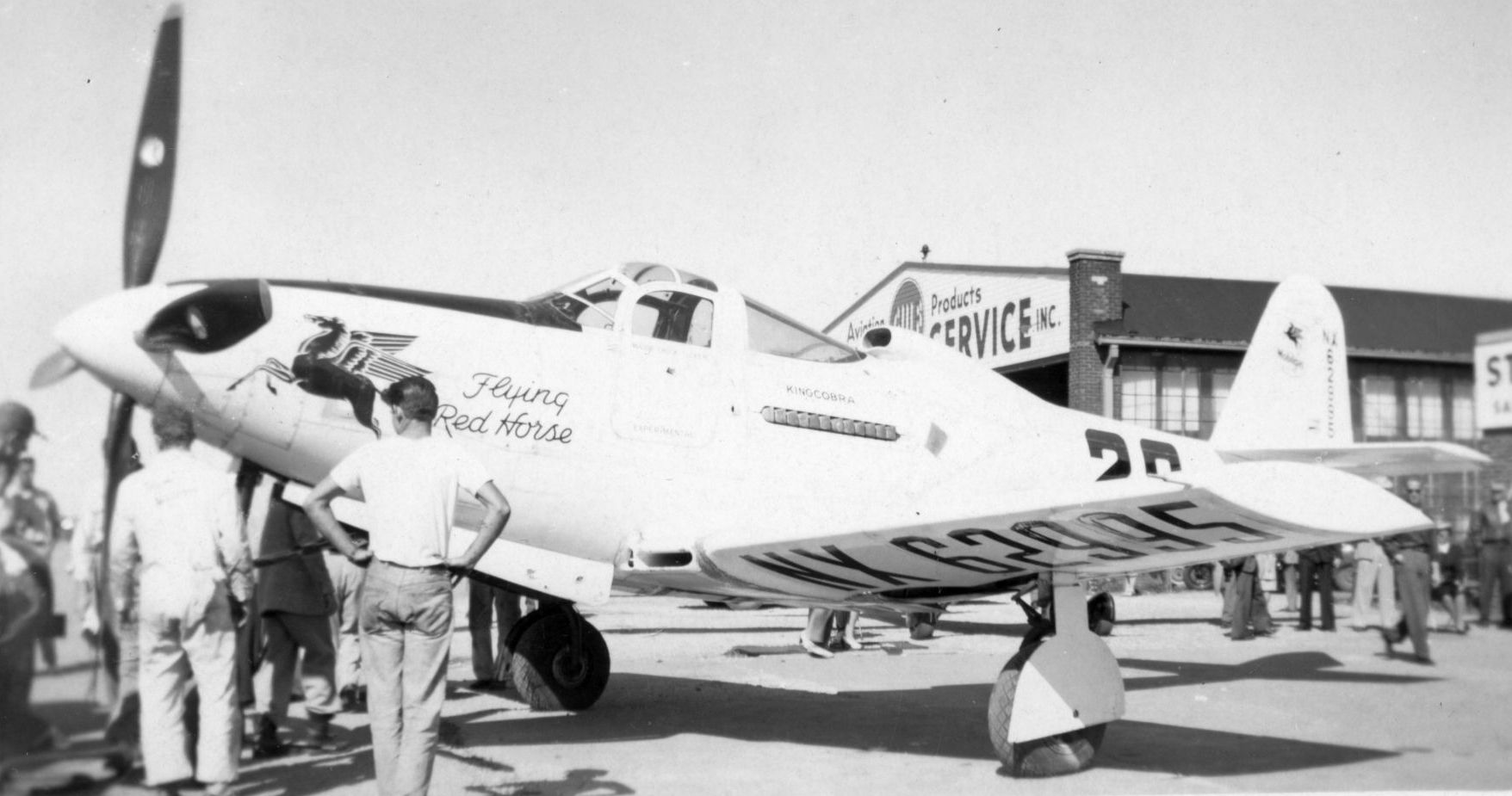
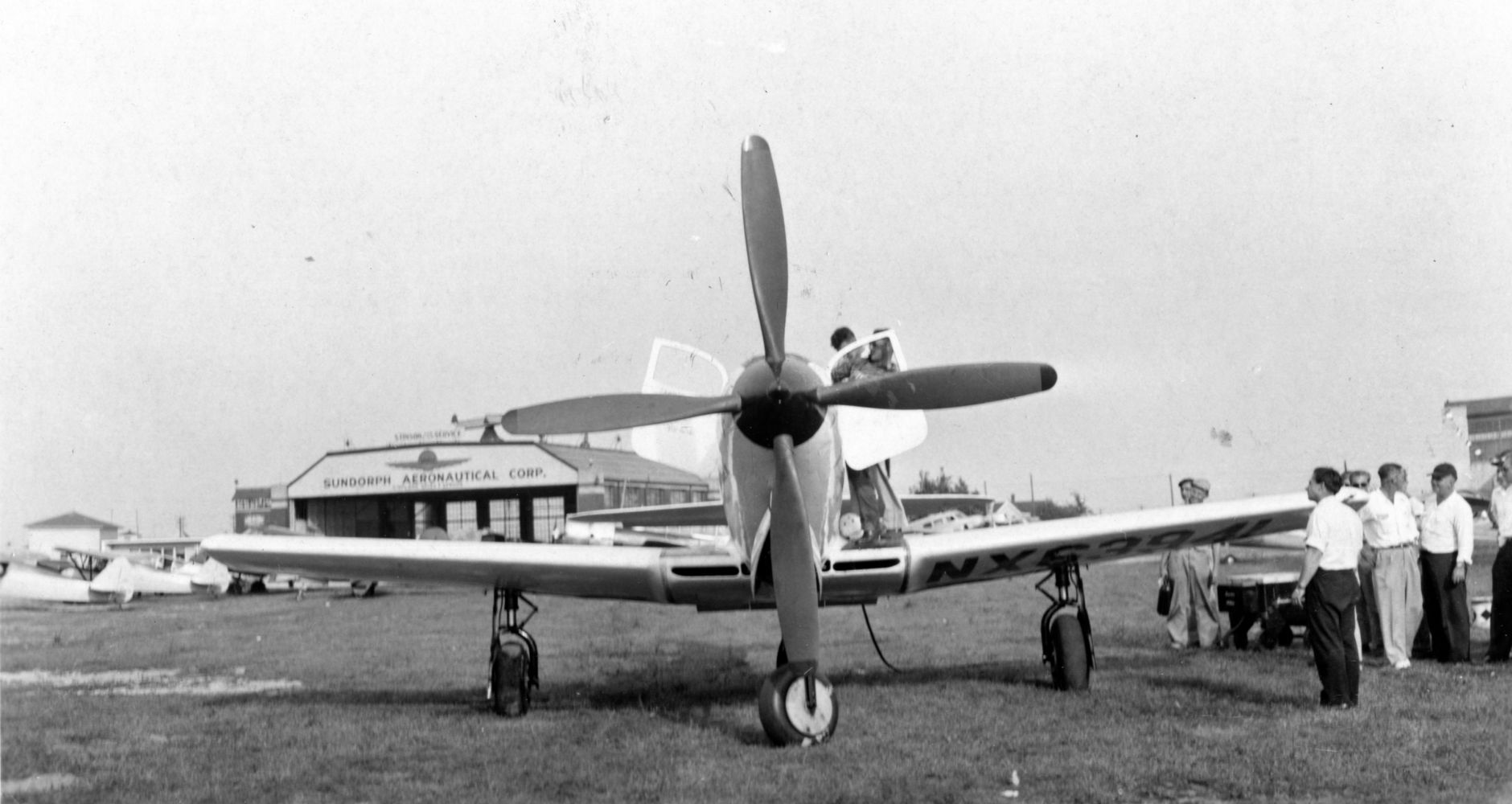
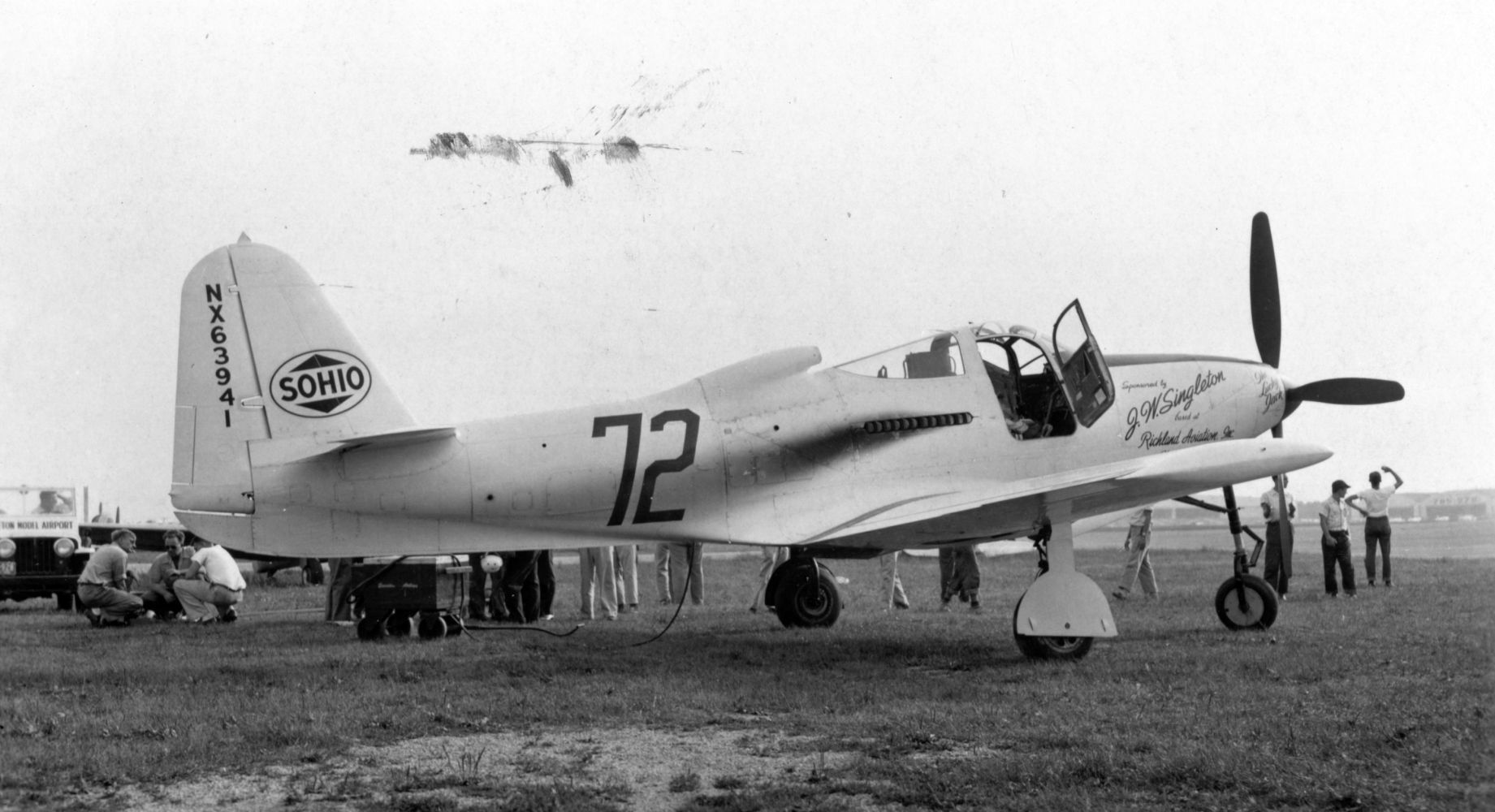
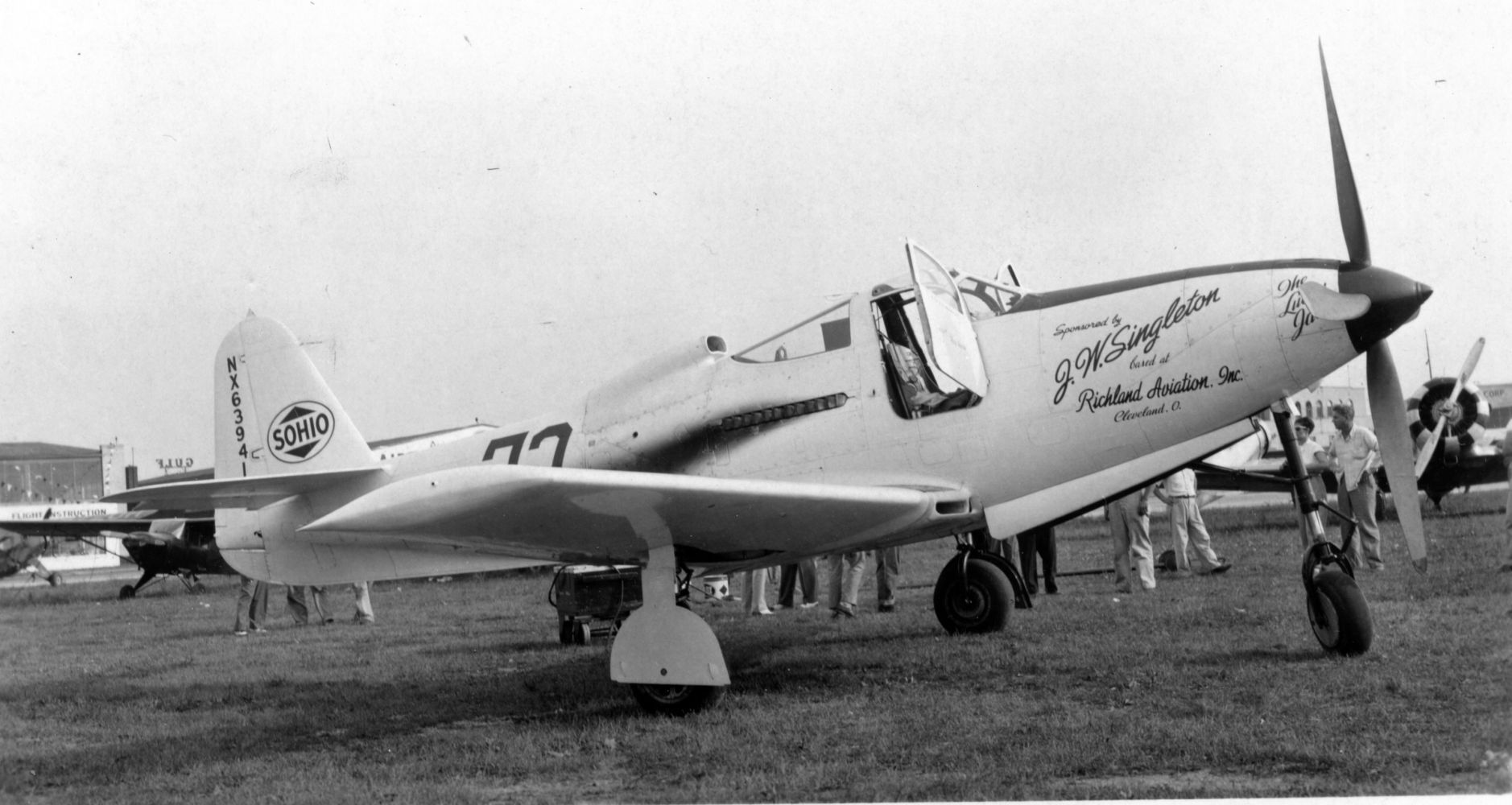
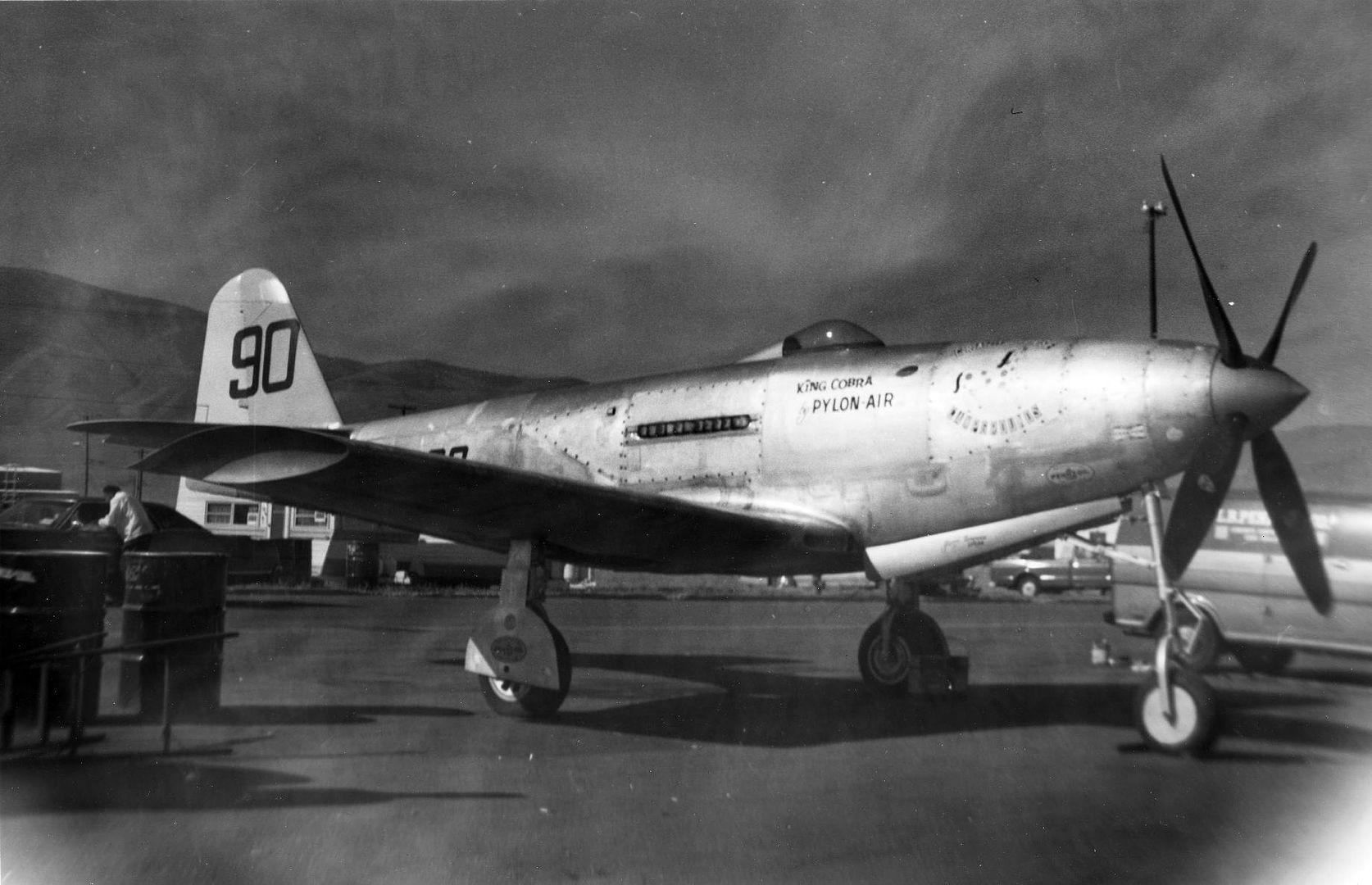

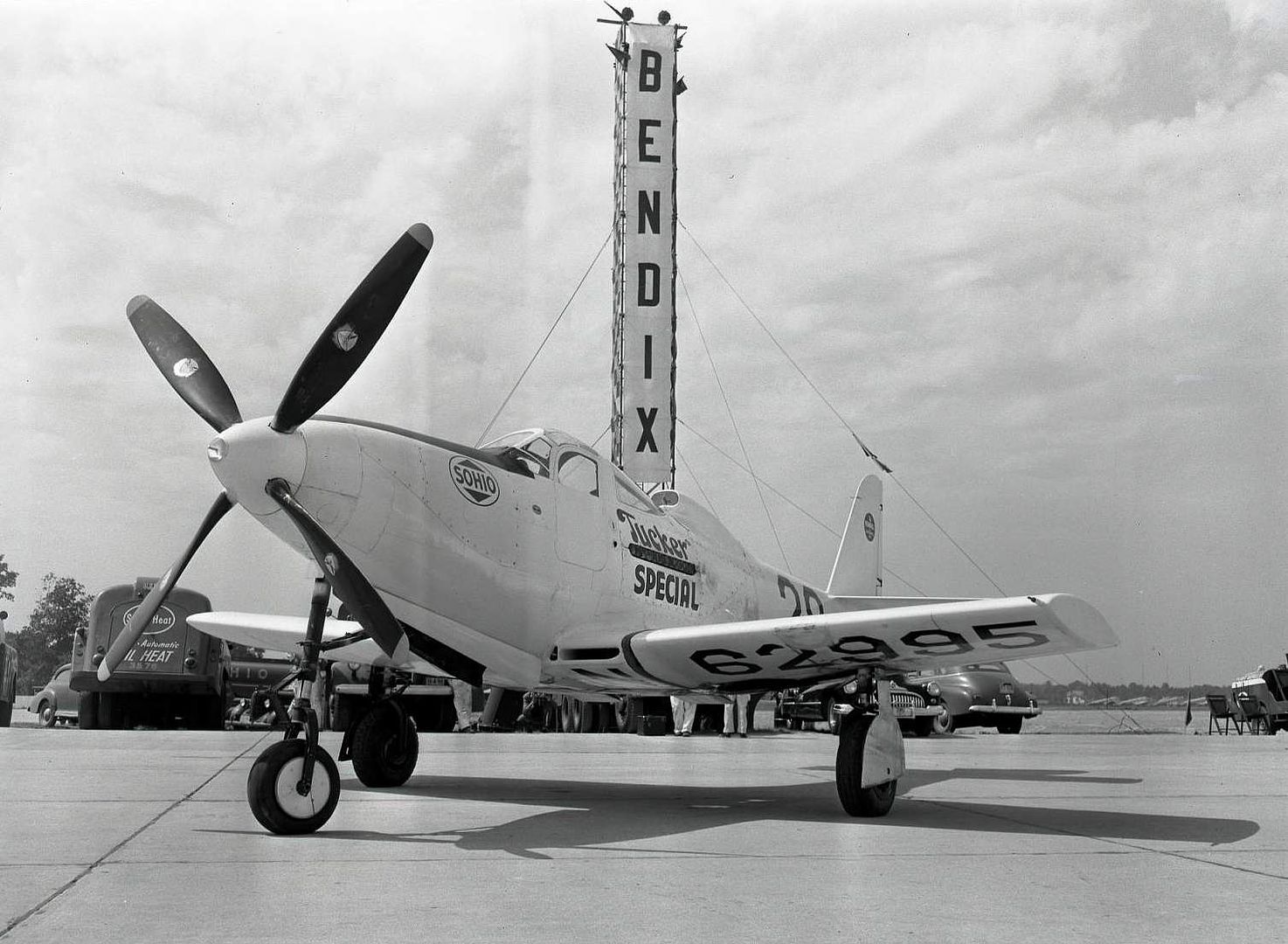
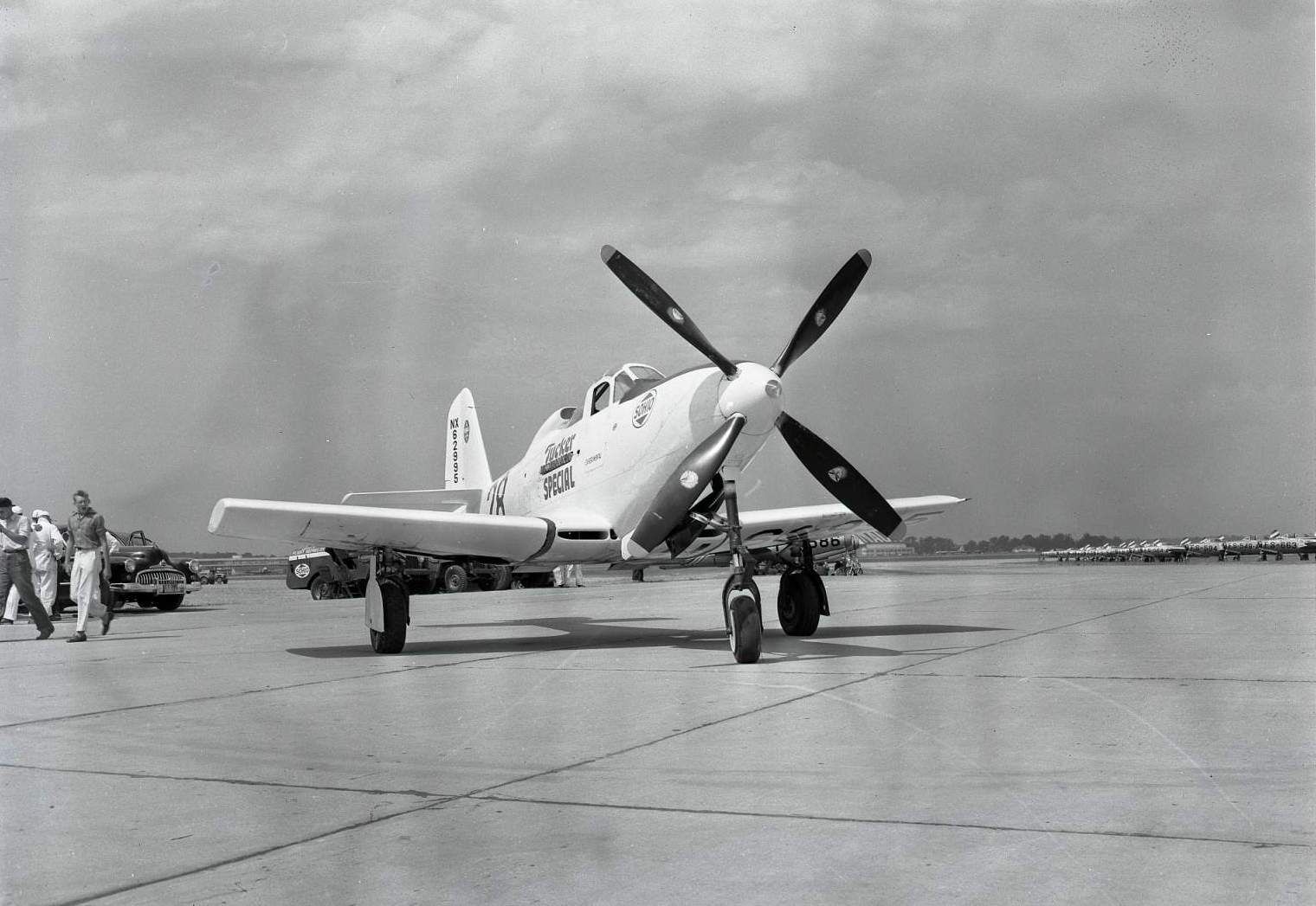
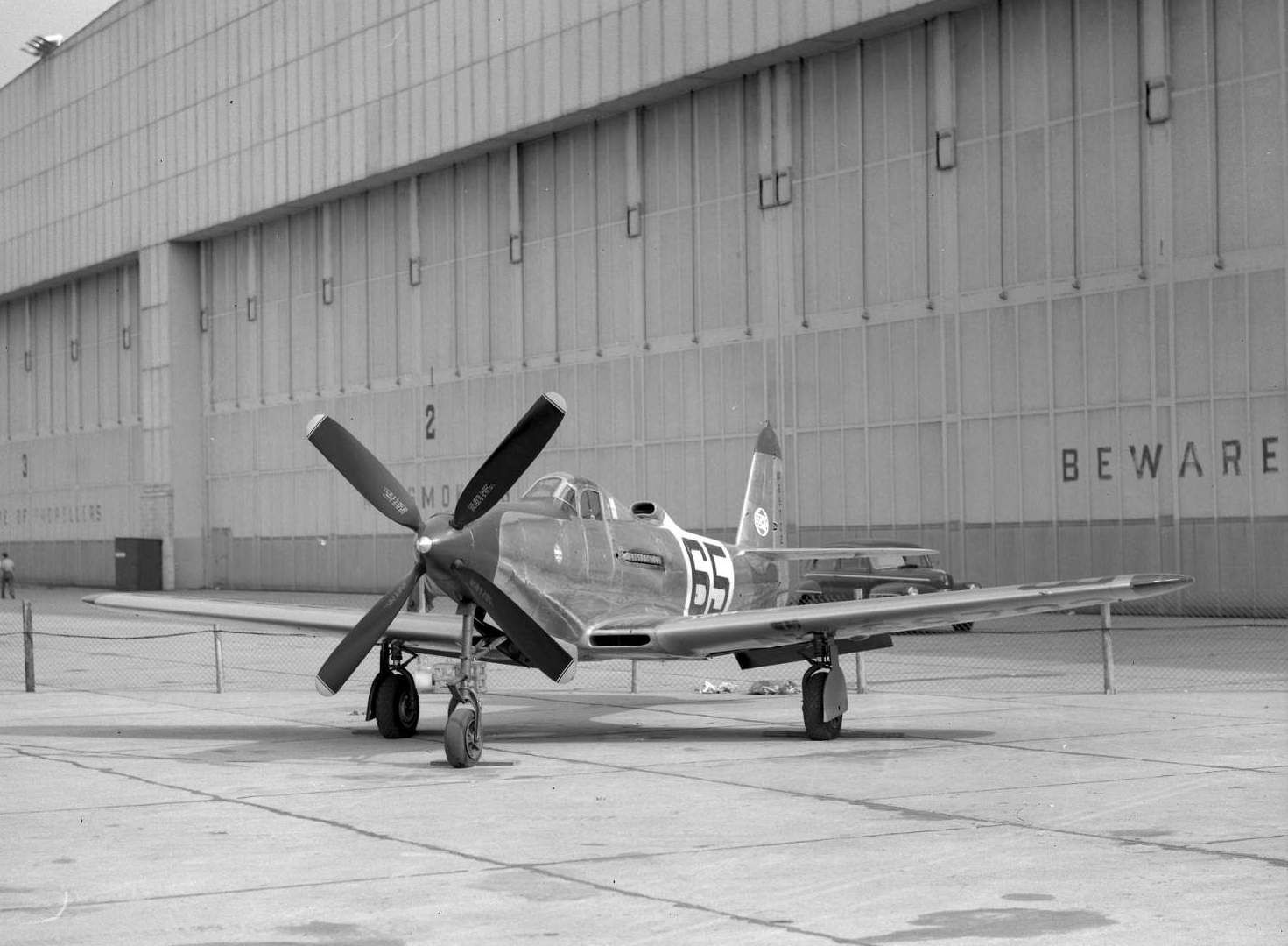

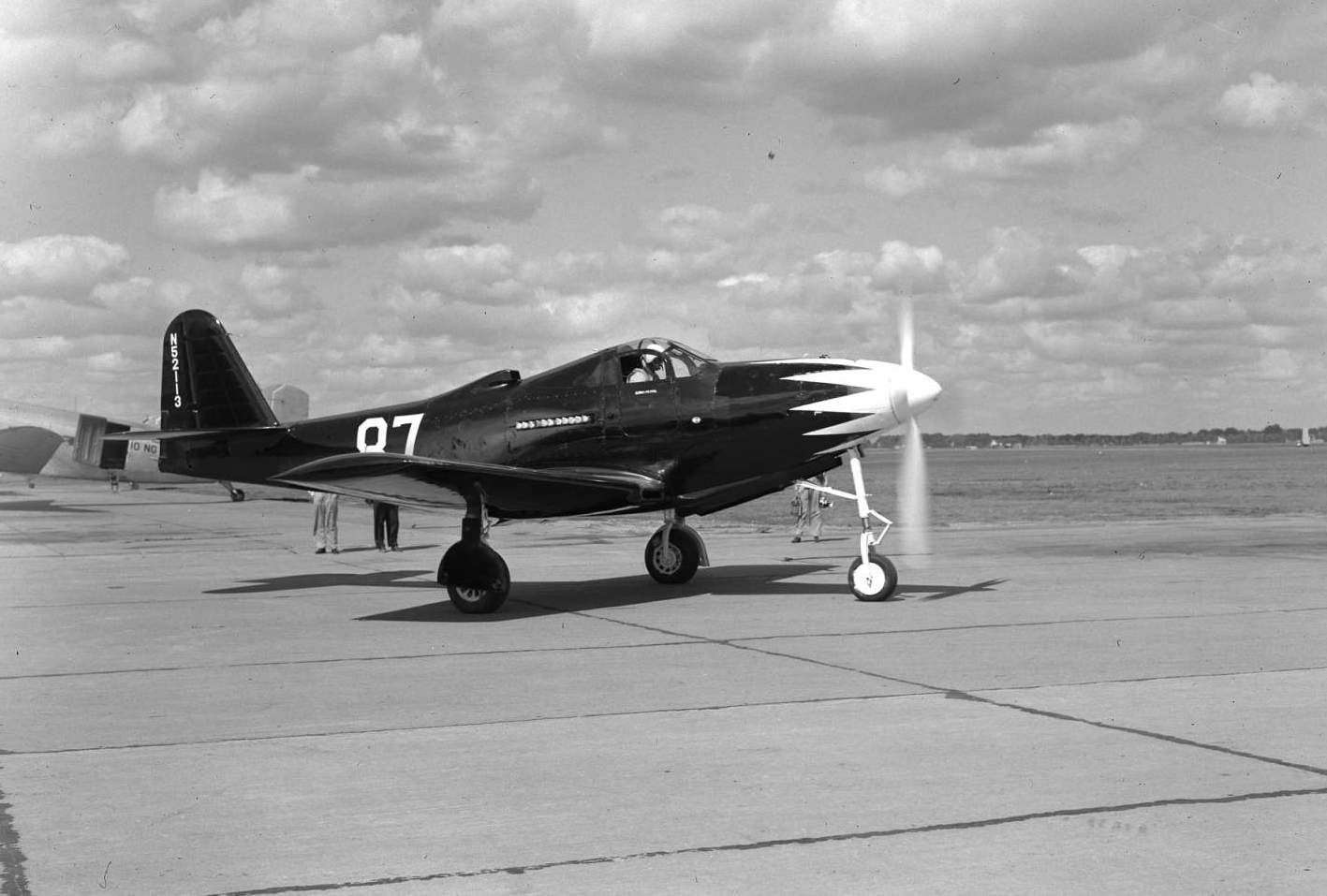
Post a reply
- Go to Previous topic
- Go to Next topic
- Go to Welcome
- Go to Introduce Yourself
- Go to General Discussion
- Go to Screenshots, Images and Videos
- Go to Off topic
- Go to Works in Progress
- Go to Skinning Tips / Tutorials
- Go to Skin Requests
- Go to IJAAF Library
- Go to Luftwaffe Library
- Go to RAF Library
- Go to USAAF / USN Library
- Go to Misc Library
- Go to The Ops Room
- Go to Made in Germany
- Go to Campaigns and Missions
- Go to Works in Progress
- Go to Juri's Air-Raid Shelter
- Go to Campaigns and Missions
- Go to Works in Progress
- Go to Skinpacks
- Go to External Projects Discussion
- Go to Books & Resources
